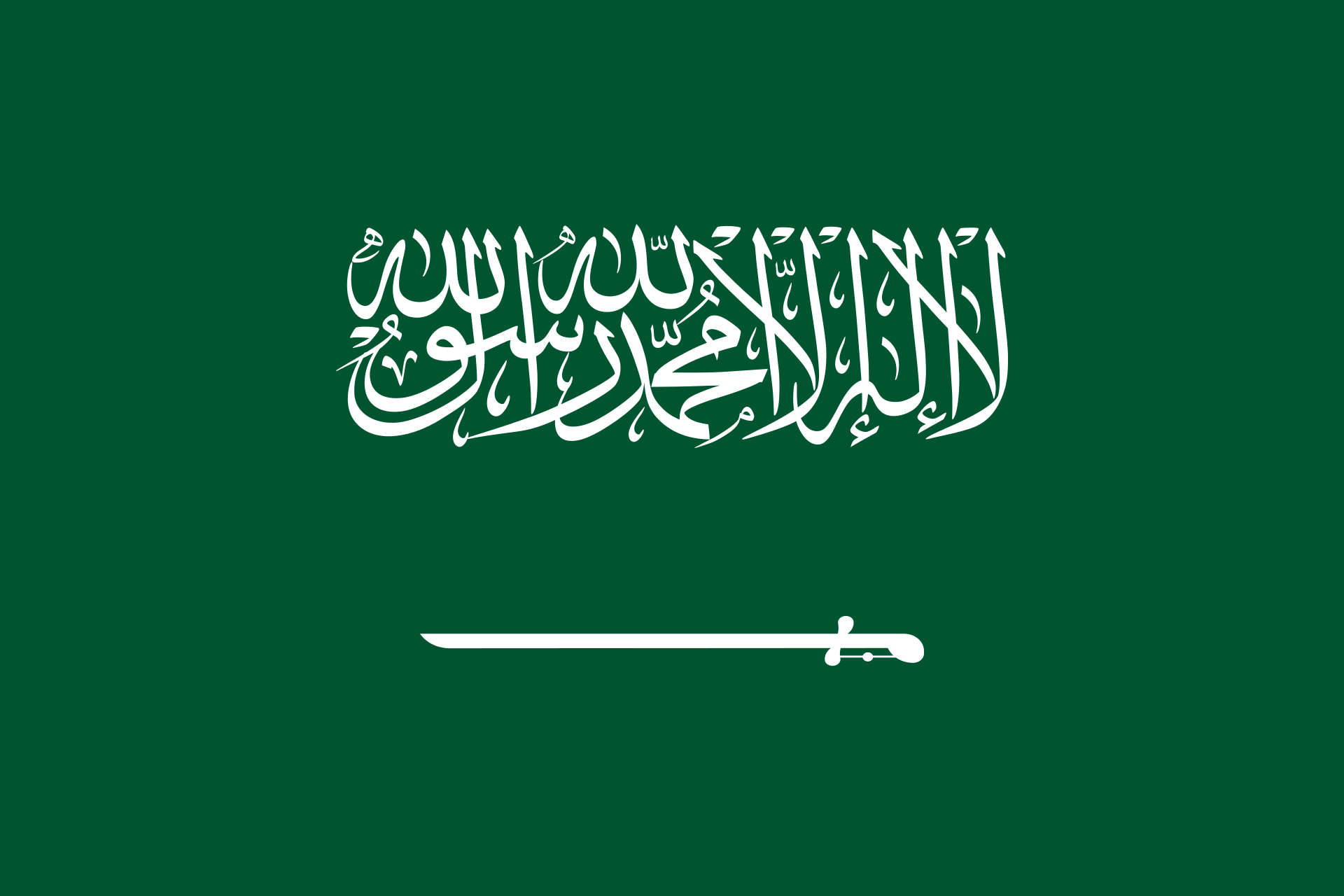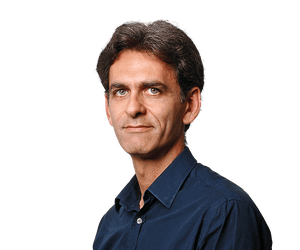Journal of the Pandemic Year
Landschlacht, Switzerland, Thursday 23 October 2020
I have to be honest.
I am a simple man living in a complicated world.
And to be fair these are confusing times.
Few of us have lived through anything like this or had to face such an uncertain future.
As I watched fireworks explode on New Year’s Eve, I was completely unaware that earlier that day the Chinese had announced the outbreak of a novel virus in the city of Wuhan.

“It was about the beginning of September 1664, that I, among the rest of my neighbours, heard in ordinary discourse that the plague was returned again in Holland.
For it had been very violent there, particularly at Amsterdam and Rotterdam, in the year 1663, whither, they say, it was brought, some said from Italy, others from the Levant (the Middle East), among some goods which were brought home by their Turkish fleet.
Others said it was brought from Candia (Crete).
Others from Cyprus.
It mattered not from whence it came, but all agreed it was come into Holland again.“

Above: 17th century Europe
Above is an excerpt from Daniel Defoe’s Journal of the Plague Year, published in 1722 as an account of one man’s experiences during 1665 when the bubonic plague struck the city of London.
Known as the Great Plague of London, this was the last such major epidemic in that city and killed approximately 100,000 people, 20% of London’s population.
Defoe’s book is told chronologically, without sections or headings.

Defoe was only five years old in 1665 when the Great Plague took place.
The book itself was published under the initials H.F. and is probably based on the journals of Defoe’s uncle, Henry Foe.
The book is often compared to the actual, contemporary accounts of the plague in the diary of Samuel Pepys.

Above: Samuel Pepys (1633 – 1703)
Born Daniel Foe in 1660 in London, Daniel Defoe was a popular writer who some credit with creating the first English novel.
Besides writing, Defoe spent time as a merchant, a spy and a prisoner.
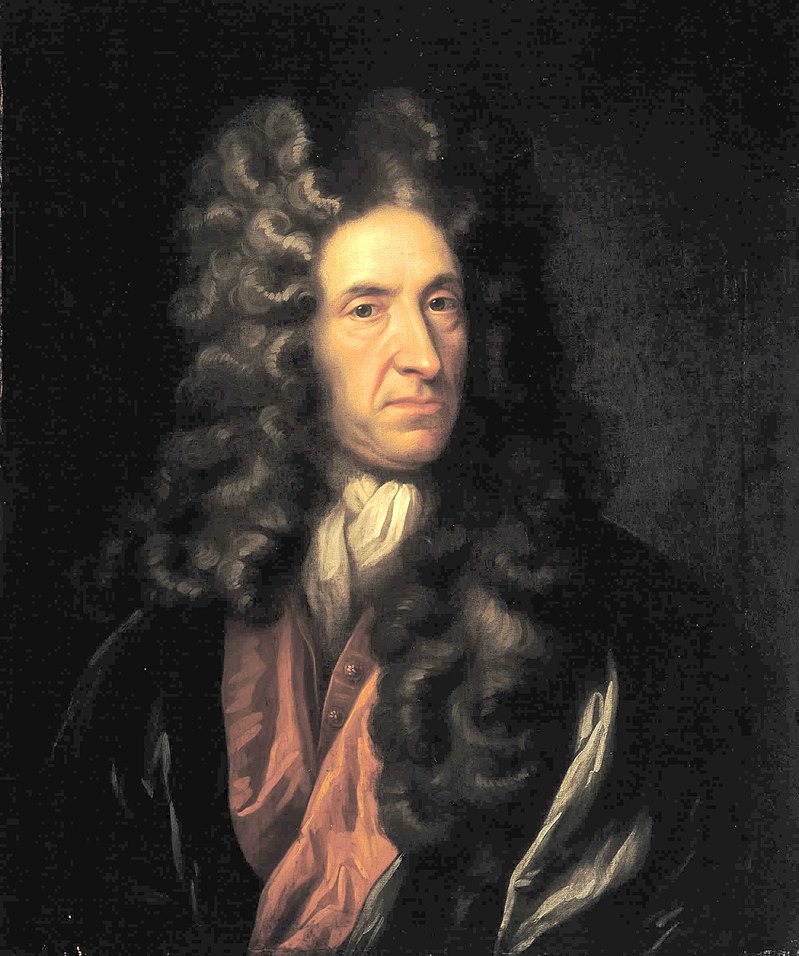
Above: Daniel Defoe (1660 – 1731)
His most famous novel is Robinson Crusoe, which has been translated more times than any book other than the Bible.

Defoe is also known for Moll Flanders.
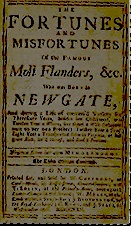
I mention this Journal of the Plague Year, because there is much written in its pages that we, in this Year of the Pandemic, can readily identify with.
Compare what happened next in Defoe’s account with your own memories of how the world first learned of the pandemic rising from Wuhan to how it visited your neighbourhood.

“We had no such things as printed newspapers in those days to spread rumors and reports of things….
But such things as these were gathered from the letters of merchants and others who corresponded abroad.
From them was handed about by word of mouth only.
So that things did not spread instantly over the whole nation, as they do now.

But it seems that the Government had a true account of it.
Several councils were held about ways to prevent the coming over.
But it was kept very private.
Hence it was that this rumor died off again and people began to forget it as a thing we were very little concerned in and that we hoped was not true.

Till the latter end of November or the beginning of December 1664 when two men, said to be Frenchmen, died of the plague in Long Acre, or rather at the upper end of Drury Lane.
The family endevoured to conceal it as much as possible, but it had gotten some vent in the discourse of the neighbourhood.

The Secretaries of State got knowledge of it.
Concerning themselves to inquire about it, in order to be certain of the truth, two physicians and a surgeon were ordered to go to the house and make inspection.
This they did, and finding evident tokens of the sickness upon both the bodies that were dead, they gave their opinions publicly that the Frenchmen died of the plague.
The people showed a great concern at this and began to be alarmed.“

An epidemic (from the Greek ἐπί epi “upon or above” and δῆμος demos “people“) is the rapid spread of disease to a large number of people in a given population within a short period of time.
An epidemic may be restricted to one location.
However, if it spreads to other countries or continents and affects a substantial number of people, it may be termed a pandemic.

A pandemic (from the Greek πᾶν, pan, “all” and δῆμος, demos, “people“) is an epidemic of an infectious disease that has spread across a large region, for instance multiple continents or worldwide, affecting a substantial number of people.
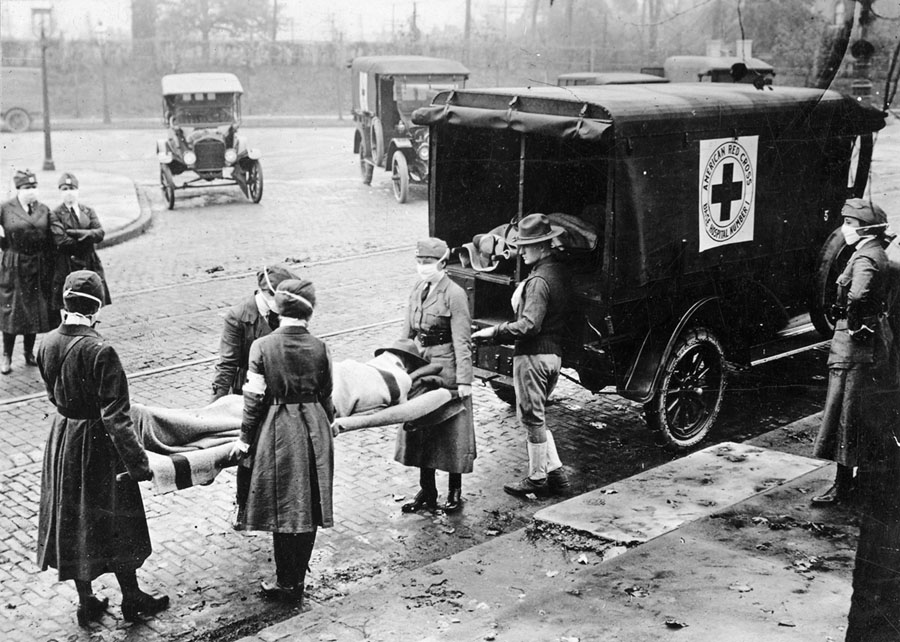
Above: Members of the American Red Cross carry a body during the 1918–20 “Spanish flu” pandemic which resulted in dramatic mortality rates worldwide.
Throughout human history, there have been a number of pandemics of diseases such as smallpox and tuberculosis.
The most fatal pandemic in recorded history was the Black Death (also known as the Plague), which killed an estimated 200 million people in the 14th century.
The term pandemic was not used yet, but was for later pandemics including the 1918 influenza pandemic (also known as the Spanish flu).

Above: Inspired by the Black Death, The Dance of Death, or Danse Macabre, an allegory on the universality of death, was a common painting motif in the late medieval period.
Current pandemics include COVID-19 (SARS-CoV-2) and HIV / AIDS.

The Chinese military strategist, Sun Tzu, wrote in his classic book The Art of War that victory comes from understanding your enemy.
So what have we learned about this novel virus?

A new strain of corona virus was first identified in the city of Wuhan, Hubei province, China, in late December 2019.
It has caused a cluster of cases of an acute respiratory disease, which is referred to as corona virus disease 2019 (COVID-19).
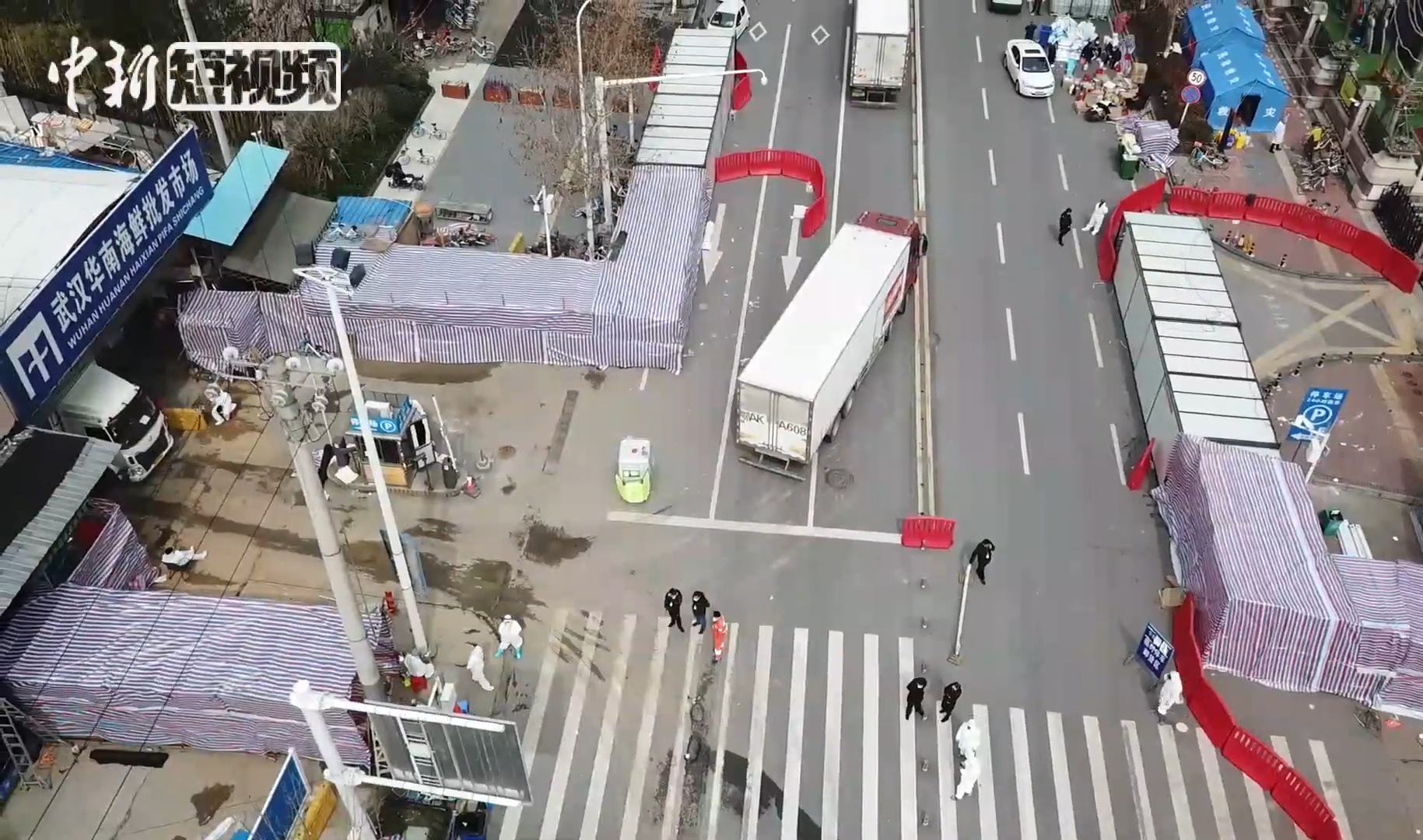
Above: The Huanan Seafood Wholesale Market, Wuhan, in March 2020, after it was closed down.
From Dr. Michael Mosley’s COVID-19:

We know that SARS-CoV-2, or Severe Acute Respiratory Syndrome Corona Virus 2, to give its full name, is tiny, just 120 nanometres (billionths of a metre) across.
You could fit a hundred million viral particles on the head of a pin and yot you would only need to be exposed to a few hundred to get infected.
If you do get infected and develop systems then the disease you get is called Covid-19.

Above: An electron microscopic image of a thin section of SARS-CoV within the cytoplasm of an infected cell, showing the spherical particles and cross-sections through the viral nucleocapsid.
Covid-19 is a killer with a range of impressive superpowers, including the ability to travel amongst us, undetected, infect almost everyone it meets and reproduce liberally, before jumping off in search of a new host.
It has found a range of ingenious ways to hide from its most deadly enemy (our immune system) and thanks to the airplane, can travel from one side of the globe to the other at astonishing speed.

Viruses don’t plan, seek out or attempt to avoid.
They are mindless scraps of genetic material, brilliantly adapted by evolution for one purpose:
To reproduce and spread as far and as fast as they can.

The Covid-19 virus represents the greatest public health crisis of the last century.
Only by mobilizing the scientific community and by committing huge resources are we likely to be able to keep the death toll down and return to any sort of normality.

Despite the huge threat it poses, the Covid-19 virus is relatively simple.
Its core is a single strand of Ribonucleic acid (RNA), which stores all the genetic information the virus needs to reproduce.
Think of it as a Covid-making instruction manual, just 30,000 letters long.
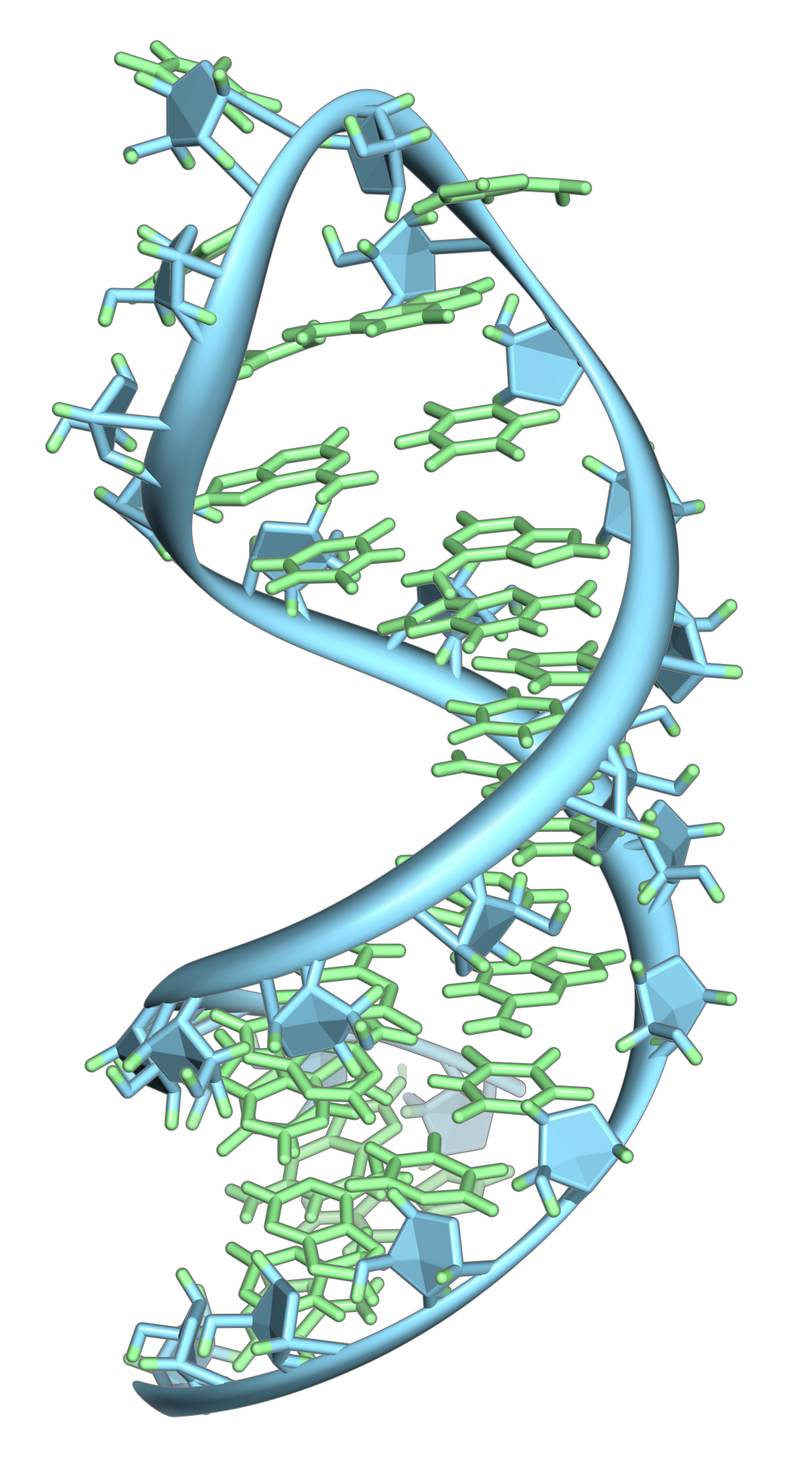
Above: A single strand of RNA that folds back upon itself.
A human-building instruction manual, by comparison, comes in the form of DNA, which is tightly packed into our cells in 46 “manuals“, known as chromosomes.
Put those 46 manuals together and you get our genome, which consists of 6.4 billion letters.
If you took all the DNA from jost one of our cells and stretched it out, then it would be around two metres long.
Take it out of all of your cells and it would be 10 billion miles long.

Above: The structure of the DNA double helix.
The atoms in the structure are colour-coded by element and the detailed structures of two base pairs are shown in the bottom right.
(Deoxyribonucleic acid (DNA) is a molecule – a group of atoms held together by chemical bonds – composed of two polynucleotide – a polynucleotide molecule is a biopolymer or natural polymer – a polymer is a substance or material consisting of very large molecules – produced by the cells of living organisms – chains that coil around each other to form a double helix carrying genetic instructions for the development, functioning, growth and reproduction of all known organisms and many viruses.
DNA and ribonucleic acid (RNA) are nucleic acids.
RNA is a polymeric molecule essential in various biological roles in coding, decoding, regulation and expression of genes.
Along with lipids, proteins, and complex carbohydrates, nucleic acids constitute one of the four major macromolecules essential for all known forms of life.
Like DNA, RNA is assembled as a chain of nucleotides, but unlike DNA, RNA is found in nature as a single strand folded onto itself, rather than a paired double strand.)

Humans are large, complicated and clever.
Covid-19 is not.
And yet it has us on the run.
This short strand of Covid-19 RNA is protected by a fatty outer membrane, which is quite fragile.
It breaks apart when it meets soap and water, which is why hand-washing, with soap, is so important.

The outer membrane of the virus is studded with club-like spikes which give the virus its name (“corona” meaning “crowns“), which it uses to get into our cells.
These are also a potential area of vulnerabilty as it is those spikes that most vaccine makers are targeting.

The way the virus spreads is mainly through coughs and sneezes.
If someone who is currently infected with the virus coughs or sneezes near you, out will come a cloud of viruses.
If you are unlucky enough to inhale just a few hundred particles, then they could get into your throat and will immediately start “looking” for cells to invade.
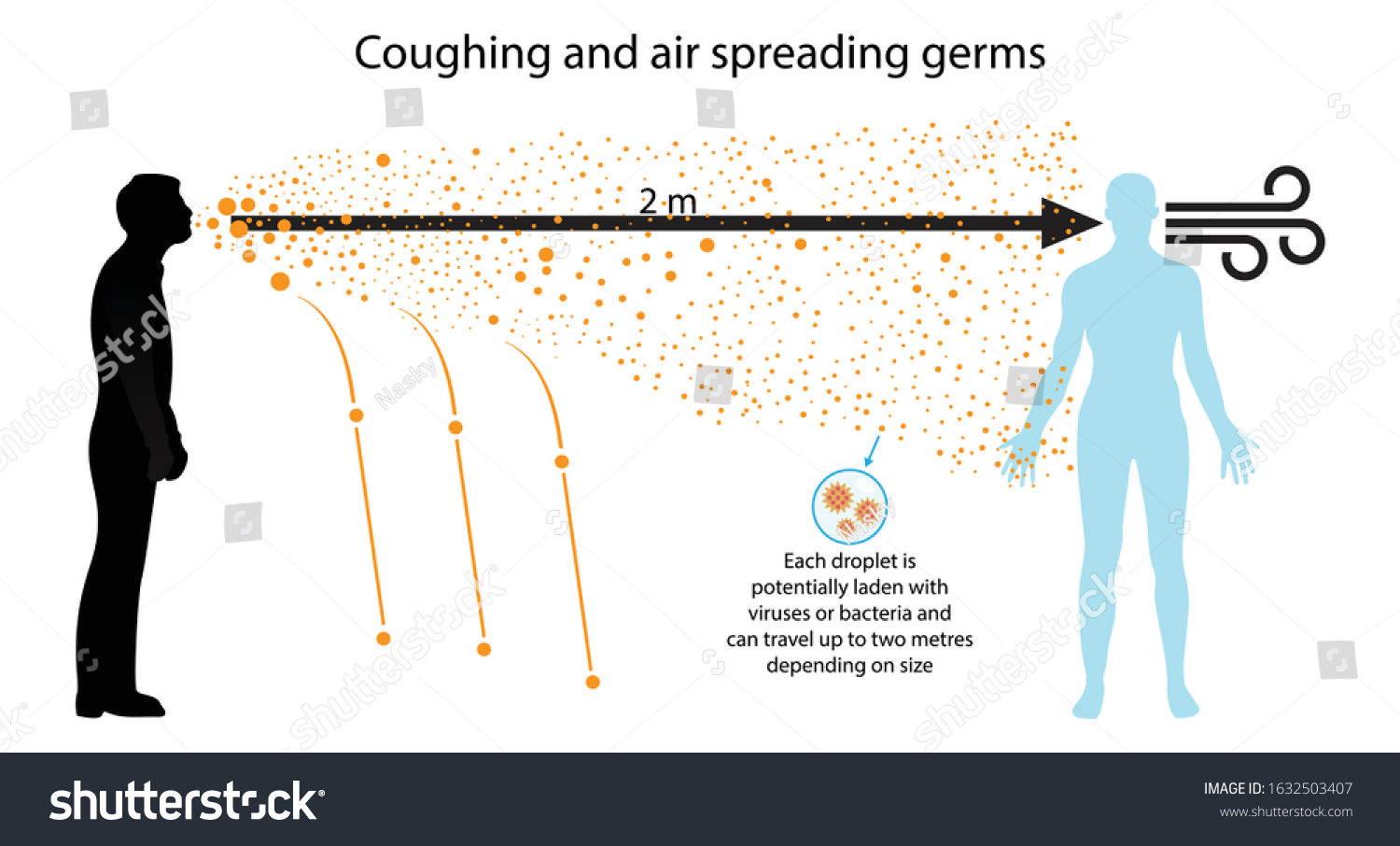
The good news is that your body has evolved numerous defences to protect you against just such a threat.
The bad news is that your body has a fatal flaw.
On the surface of many of your cells there is an enzyme called ACE2.
Angiotensin-converting enzyme 2 (ACE2) is an enzyme attached to the cell membranes of cells located in the lungs, arteries, heart, kidney, and intestines
These ACE2 enzymes play an important role in controlling your blood pressure.
In fact some of the most popular drugs used to control blood pressure are called ACE inhibitors.
They do this by binding ACE2 enzymes on the surface of blood vessels, which causes them to relax, lowering your blood pressure.

Above: Structure of the ACE2 protein
We don’t know how it happened, but the spikes on the surface of the Covid-19 virus are just the right shape to lock onto these ACE2 enzymes and bind tightly.
Once that occurs it is like inserting a key into a lock and turning.
The human cell opens up and the virus slips in.
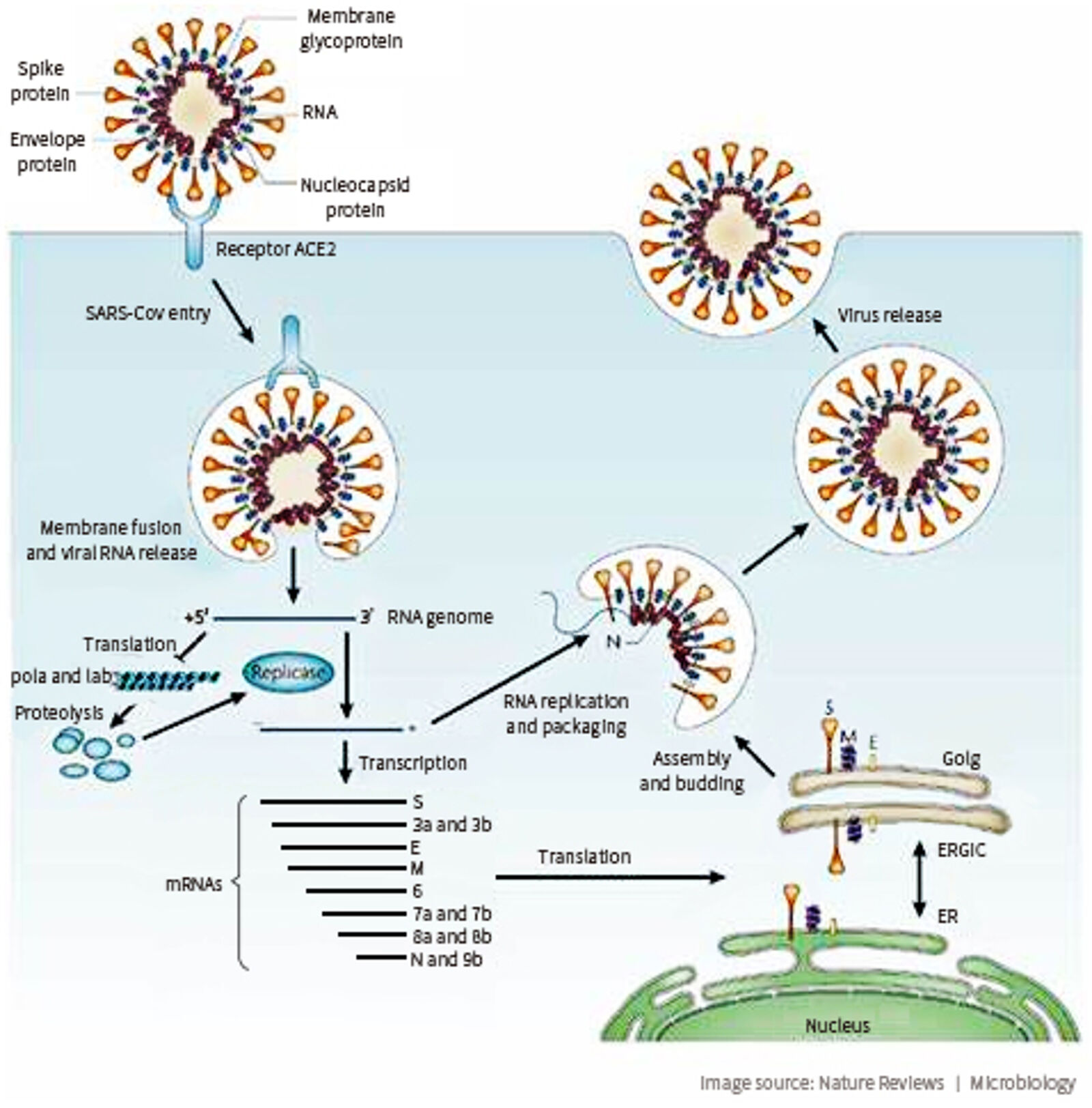
ACE-2 enzymes are found throughout your body, including your throat, lungs, eyes and the inside of your nose.
That is why you should wash your hands whenever you have been outside and resist the urge to touch your nose or rub your eyes before doing so.
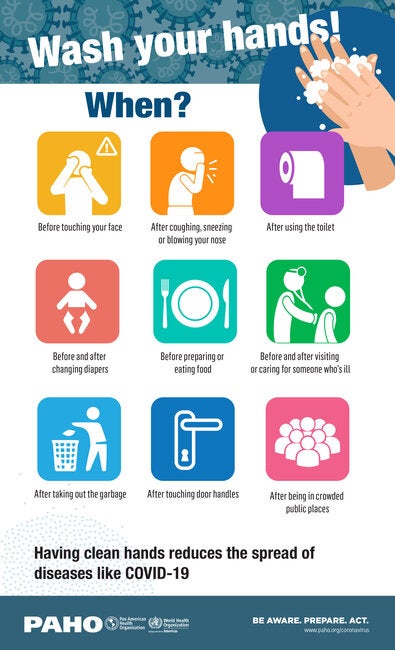
Once the virus is inside a human cell, it releases its genetic code and immediately starts to hijack the machinery of the cell.
Your cells are like mini factories, geared up to make the bits and pieces that your body needs to function.
But when the virus gets into your cells it takes over all that machinery and instead begins to churn out endless copies of itself, which it releases into your body, ready to infect more cells.
It does this at phenomenal speed.
With each day that passes the virus can multiply itself a million-fold.
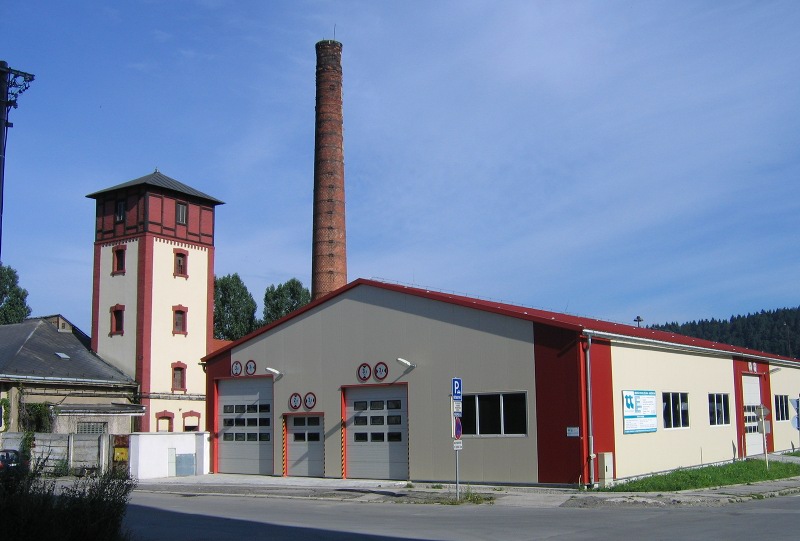
When any virus gets into your body and starts multiplying, your immune system should swiftly spring into action and unleash hell.
But the Covid-19 virus has lots of tricks up its sleeves to help it evade detection.

For starters, when your cells are invaded by a foreign microbe they are supposed to send out distress signals, warning your body that it is being attacked.
But the Covid-19 virus can do the equivalent of cutting the telephone lines, silencing the alarms before they go off.
That way it can hide from your defence system while it continues to multiply.

Another trick the virus uses is to cover the spikes that stick out of its surface with sugars, known as glycans.
These disguise the fact that they are viral proteins which also helps them evade the body’s immune system.

It is all about getting a head start.
What the virus is doing is trying to overwhelm your defences by means of a fast, silent powerful attack.
It is a race between the virus’s ability to multiply and your ability to respond.
The outcome of that race dictates whether you have a mild illness or end up in intensive care.

The ability of this virus to multiply undetected is also key to its extraordinary success at spreading from person to person.
Normally, if you get something like the flu, within a couple of days you will develop a cough or fever.
That is a sign that your body has been attacked and your immune system is trying to fight back.
It is also a very useful warning to you that you should go to bed and self-isolate, and to other people that they need to steer clear of you.

Above: A tuberculosis (TB) ward
This illustration of a TB ward demonstrates several aspects of hospital infection control and isolation: engineering controls (dedicated air ductwork), PPE (N95 respirators), warning signs and labels (controlled entry), dedicated disposal container, and enhanced housekeeping practices.
Because the Covid-19 virus is able to silence the alarms, when someone is infected it typically takes them around five days to start showing symptoms, and some people never do.
They become what is known as “asymptomatic carriers“.
They continue with their daily lives blissfully unaware that they are now shedding potentially lethal viruses everywhere they go.

Above: “Typhoid Mary” Mallon (1869 – 1938)
It is this ability to infect someone else before you yourself have major symptoms is one of the key differences between the Covid-19 virus, and its close relative, SARS-CoV, the corona virus that caused an outbreak of a respiratory disease called SARS, nearly 20 years ago.

SARS began as an outbreak in China in 2002.
It hit the headlines when an American businessman travelling from China to Singapore via Vietnam began to shows signs of a pneumonia-like illness during the flight.
He was taken off the plane in Vietnam and later died in a hospital in Hanoi.
Several of the medical staff who looked after him later developed symptoms and one of them died.

Above: Hôpital francais de Hanoi
SARS soon spread to other countries, including Hong Kong, Taiwan and Singapore.
It was much more lethal than Covid-19, killing nearly 10% of those who got infected.
But the good thing about SARS is that people didn’t start becoming infectious until they were already showing symptoms of the disease.
Which meant that it wasn’t able to hide amongst us.

Above: 9th-floor layout of the Hotel Metropole in Hong Kong, showing where a super-spreading event of severe acute respiratory syndrome (SARS) occurred
The SARS virus was also not as good as binding to the ACE2 enzymes in our respiratory tract as the Covid-19 virus which made SARS far less infectious.
And because the SARS virus did not have those two superpowers – the ability to hide and the ability to bind – it never turned into a pandemic.
Although SARS caused a panic at the time, there were just 8,000 reported cases of it and “only” 774 people died.
Then it fizzled out.
There have been no new cases of SARS since 2004.

According to media reports, more than 200 countries and territories have been affected by COVID-19, with major outbreaks occurring in Brazil, Russia, India, Mexico, Peru, South Africa, Western Europe and the United States.

On 11 March 2020, the World Health Organization (WHO) characterized the spread of COVID-19 as a pandemic.
As of 11 October 2020, the number of people infected with COVID-19 has reached 37,730,426 worldwide, of whom 28,333,093 have recovered.
The death toll is 1,081,131.

It is believed that these figures are understated as testing did not commence in the initial stages of the outbreak and many people infected by the virus have no or only mild symptoms and may not have been tested.
Similarly, the number of recoveries may also be understated as tests are required before cases are officially recognised as recovered, and fatalities are sometimes attributed to other conditions.

From Debora Mackenzie’s COVID-19:

In November 2019, a corona virus (allegedly) from a common little bat jumped, somehow, to a human, or maybe a few of them.
It evolved fast.
By December, a cluster of people were hospitalized with severe pneumonia in Wuhan.
It wasn’t the flu.

Not enough was done to contain this new virus until 20 January, when, finally, China told the world that it was contagious.
By then there were already so many cases in Wuhan, the city had to be locked down three days later to control the epidemic, but by then it had long since spread across China and to other countries.

Three months after Wuhan was locked down, some two billion people worldwide were also in some form of lockdown.
Everyone everywhere faced infection with the virus, with few effective treatments and no prospect of a vaccine anytime soon.

Above: View of Wuhan, China
Lots of us have died.
Lots of us will continue to die, either from the virus itself or from the long-term poverty, political and economic dislocation, and overloaded medical systems that will be the pandemic’s legacy.

And through it all, we have been bombarded with reams of news, reports and instant analyses, heartbreaking frontline accounts, revised government instructions and new medical advice, plus probably the most staggering global outpouring of instant scientific research in history, trying to predict what is coming next and figure out how to mitigate this disease disaster.

How could this happen?
This is the 21st century.
In much of the world, we have wonder drugs and flush toilets and computers and international cooperation.
We don’t die of pestilence anymore.
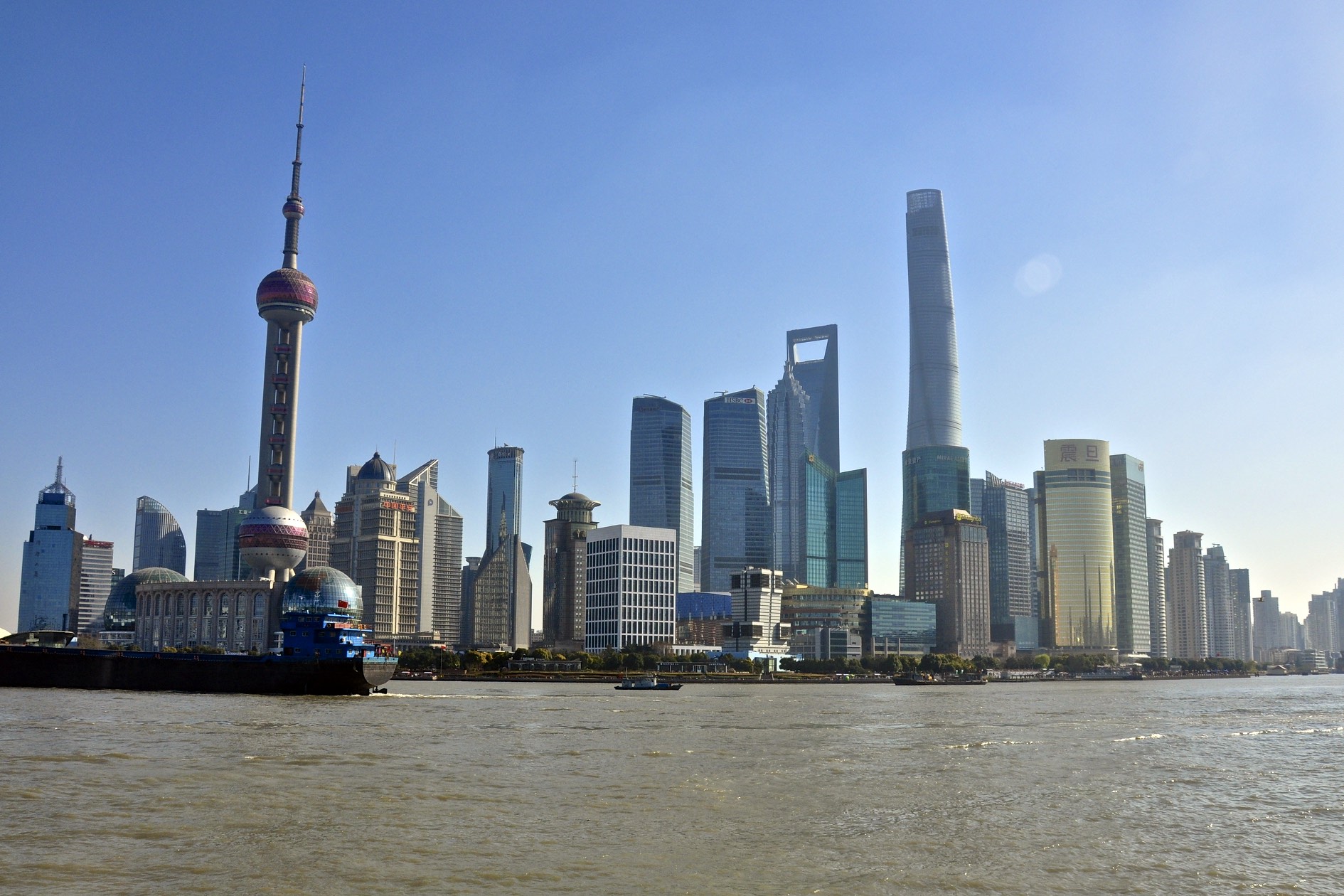
Above: Shanghai, China
How did we find ourselves in this situation?

There are more and more people, too many of them, who have put increasing pressure on natural systems to get food and jobs and living space they need.
That means pushing into wilderness that harbours new infections and intensifying food production in ways that can breed disease.
COVID-19, Ebola, and worse, come from destroying forests.
Worrying flu strains and antibiotic-resistant bacteria come from livestock.
Yet we have neglected to invest in the things that discourage infectious disease: public health, decent jobs and housing, education, sanitation.

Then the impact of the new pathogens we unearth is magnified by our ever-increasing global connectedness, as we crowd into cities, trading and travelling in an ever-denser global network of contact.
So once public health fails and contagion appears anywhere….
It goes everywhere.
We know so much about beating disease, yet fragmented governing structures, lack of global accountability and persistent poverty in so many places ensure that those failures happen and disease propagates.
We know what we need: much better understanding of potentially pandemic infections, fast detection of new outbreaks, and ways to respond to them quickly.

In 2013, two labs – one Chinese, one American – investigated a tribe of bat viruses that are almost certainly the source of COVID-19.
They immediately recognized the threat.
One lab called them “pre-pandemic” and a “threat for future emergence in human populations“.
The other wrote that they “remain a substantial global threat to public health“.

Nothing was done.

We could have learned more about them, designed some vaccines, looked into tests and treatments, studied ways those viruses might infect human populations and shut those down.
None of that happened.
It was no one’s job to take on those tasks with this kind of threat, even when it materialized.

We needed so much to be in place of one of these viruses went global – which one did.
You don’t need to be told.
Testing.

Ventilators.
Drugs.
Vaccines.

Above: US Government Accountability Office diagram comparing a traditional vaccine development timeline to a possible expedited timeline
Protective gear for doctors and nurses.
A plan for using old-fashioned quarantine and isolation to stop this kind of virus from spreading.
Measures to contain the virus so we might not even need these things.
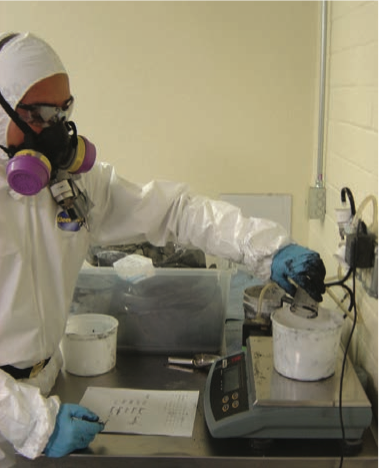
From Dr. Michael Mosley’s COVID-19:
Let’s take a look, in a bit more detail, at how this particular virus spreads.
Imagine you are in a supermarket and someone in a nearby aisle, who is unknowingly infected, coughs or sneezes.
Viruses don’t travel naked.
They travel in droplets of fluid.
A single cough can produce around 3,000 droplets, which travel from your mouth at almost 50mph and release at least 200,000,000 (two hundred million) virus particles into the air.
Some of those droplets, the heavier ones, will fall on the floor or onto nearby food shelves.

If you are more than two metres / six feet away from someone who is coughing there is a good chance that you will avoid contact with these big droplets while they are in the air.
That’s why social distancing is so important.
But the really small droplets, known as “aerosols“, can, according to a study by the National Institutes of Health, remain suspended in the air, like cigarette smoke, for up to three hours.

As you walk down the aisle where someone has just coughed, it is possible you will inhale viral particles.
Or perhaps you will pick up viruses on your hands from the droplets that have fallen on the food that you are about to buy.
Or you may get them from the trolley handle.
Before you get to the check out, and without thinking, you rub your eye or touch the inside of your nose.

The virus is in.
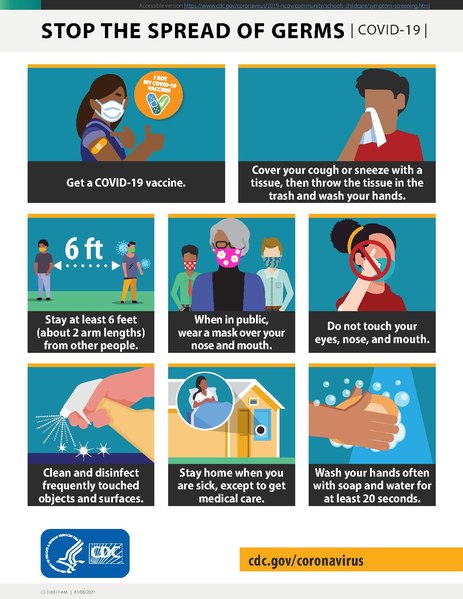
Experts and governments have been talking intensively about pandemic preparation for nearly two decades….
And still we were not prepared.
The World Health Organizazion (WHO) and the World Bank warned about the risk of pandemics throughout the 2000s and the 2010s, especially after the 2002 – 2004 SARS Outbreak.

The 2002–2004 SARS outbreak was an epidemic involving severe acute respiratory syndrome (SARS) caused by severe acute respiratory syndrome corona virus (SARS-CoV or SARS-CoV-1).
The outbreak was first identified in Foshan, Guangdong province, China, on 16 November 2002.
Over 8,000 people from 29 different countries and territories were infected, and at least 774 died worldwide.
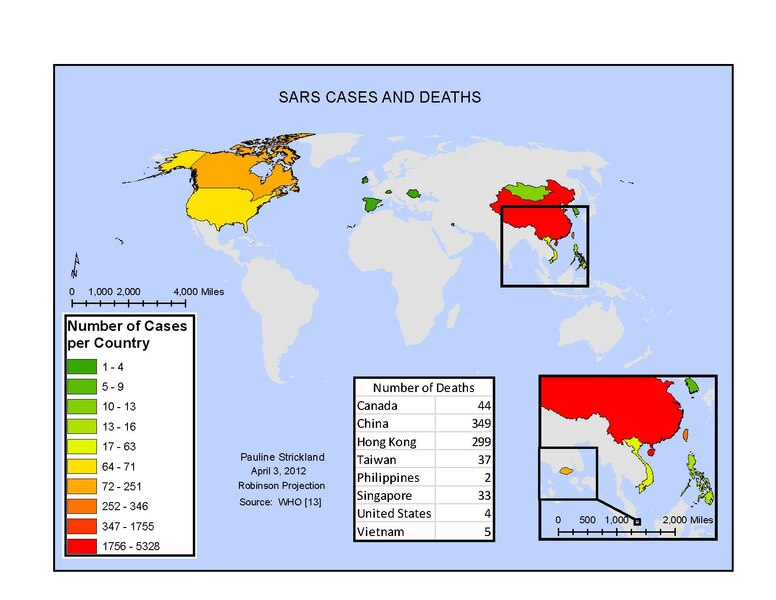
The major part of the outbreak lasted about eight months, since the WHO declared SARS contained on 5 July 2003.
However, several SARS cases were reported until May 2004.
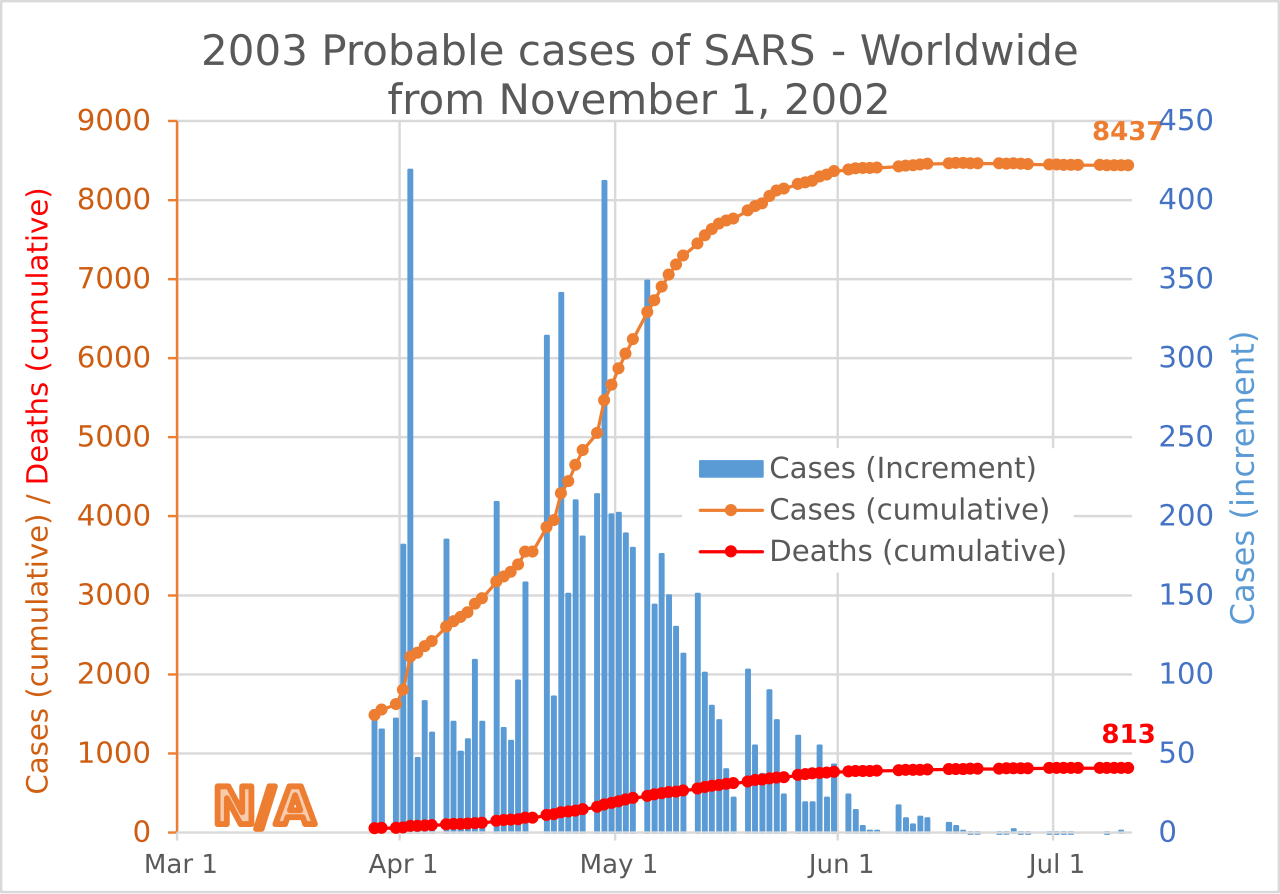
Around December 2019, SARS-CoV-2, a new strain of corona virus closely related to the one that causes SARS, was discovered in Wuhan.
This new strain is the cause of the ongoing Covid-19 pandemic.

Above: The CDC and WHO advise that masks reduce the spread of coronavirus by asymptomatic and pre-symptomatic individuals (Taiwan President Tsai Ing-wen pictured wearing a surgical mask)
The Global Preparedness Monitoring Board released its first report in late 2019.

Private initiatives also raised awareness about pandemic threats and needs for better preparedness.
In 2018, the WHO coined the term, Disease X, which “represents the knowledge that a serious international epidemic could be caused by a pathogen currently unknown to cause human disease” in order to focus research and development on likely candidates for the next, at-the-time unknown, pandemic.

Above: Scanning electron microscopy (SEM) of SARS-CoV-2, speculated in 2020 as being the first real-world virus to create Disease X
International divisions and lack of suitable collaboration limited preparedness.

WHO’s pandemic influenza preparedness project had a US$39 million two-year budget, out of WHO’s 2020–2021 budget of US$4.8 billion.
A number of organizations have been involved for years preparing the world for epidemics and pandemics.
Among those is the Coalition for Epidemic Preparedness Innovations (CEPI), co-founded by the Bill and Melinda Gates Foundation, Wellcome Trust, and the European Commission.
Since 2017 the Coalition has tried to produce a platform approach for dealing with emerging epidemic disease such as COVID-19, which would enable rapid vaccine development and immunity research in response to outbreaks.

Debora Mackenize wrote the following for New Scientist magazine in 2013, the year Covid-like viruses were discovered, about a visit to WHO’s then-shiny new situation room and what might happen if the H7N9 bird flu (avian flu), the virus causing concern at the time, went pandemic:

“As it stands, the World Health Organization’s top brass will watch any H7N9 pandemic unfold from their strategic operations centre.
Information will flood in.
Body counts will mount.
Governments will be told that their demands for vaccines and drugs cannot be met.
They will issue declarations, hold briefings, organize research, tell people to wash their hands and stay home.
Mostly, though, they will just watch helplessly.“

Above: Influenza A virus
(Avian influenza, known informally as avian flu or bird flu, is a variety of influenza caused by viruses adapted to birds.
The type with the greatest risk is highly pathogenic avian influenza (HPAI).

Above: Influenza A (H7N9) as viewed through an electron microscope.
Both filaments and spheres are observed in this photo.
(A pathogen is any organism that can produce disease.
A pathogen may also be referred to as an infectious agent, or simply a germ.)
Bird flu is similar to swine flu, dog flu, horse flu and human flu as an illness caused by strains of influenza viruses that have adapted to a specific host.
Out of the three types of influenza viruses (A, B and C), influenza A virus is a zoonotic infection with a natural reservoir almost entirely in birds.
Avian influenza, for most purposes, refers to the influenza A virus.
Though influenza A is adapted to birds, it can also stably adapt and sustain person-to-person transmission.

Recent influenza into the genes of the Spanish flu virus shows it to have genes adapted from both human and avian strains.

Above: Soldiers from Fort Riley, Kansas, ill with Spanish flu at a hospital ward at Camp Funston
Pigs can also be infected with human, avian, and swine influenza viruses, allowing for mixtures of genes (reassortment: the mixing of the genetic of a species into new combinations in different individuals) to create a new virus, which can cause an antigenic shift to a new influenza A virus subtype which most people have little to no immune protection against.

Above: Swine flu
Avian influenza strains are divided into two types based on their pathogenicity (the potential disease-causing capacity of pathogens): high pathogenicity (HP) or low pathogenicity (LP).
The most well-known HPAI strain, H5N1, was first isolated from a farmed goose in Guangdong Province, China in 1996, and also has low pathogenic strains found in North America.

Above: H5N1 virus
Companion birds in captivity are unlikely to contract the virus and there has been no report of a companion bird with avian influenza since 2003.
Pigeons can contract avian strains, but rarely become ill and are incapable of transmitting the virus efficiently to humans or other animals.
Between early 2013 and early 2017, 916 lab-confirmed human cases of H7N9 were reported to the World Health Organization (WHO).
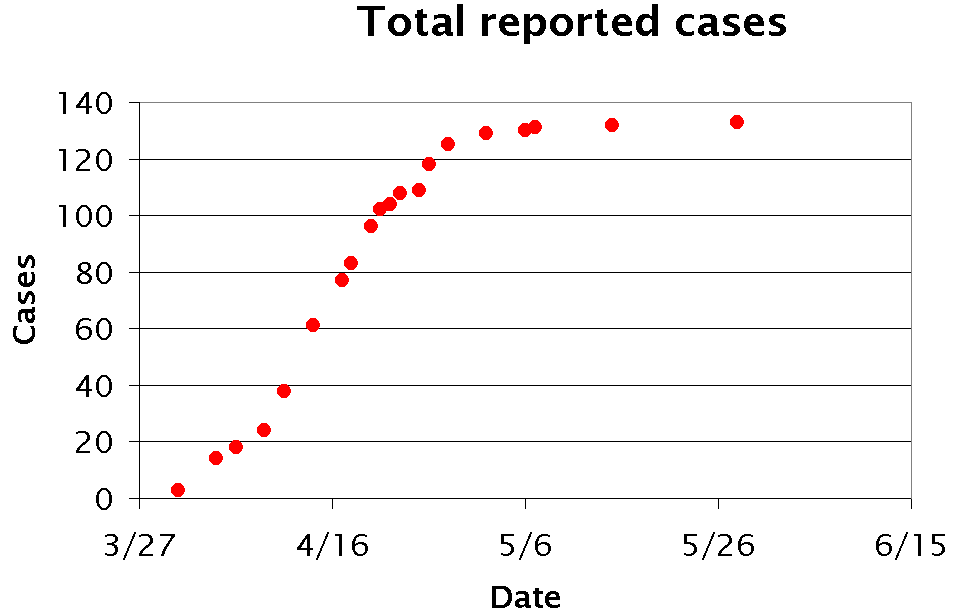
Above: Influenza A virus subtype H7N9 – Total reported cases in 2013
On 9 January 2017, the National Health and Family Planning Commission of China reported to WHO 106 cases of H7N9 which occurred from late November through late December, including 35 deaths, two potential cases of human-to-human transmission, and 80 of these 106 persons stating that they have visited live poultry markets.
The cases are reported from Jiangsu (52), Zhejiang (21), Anhui (14), Guangdong (14), Shanghai (2), Fujian (2) and Hunan (1).
Similar sudden increases in the number of human cases of H7N9 have occurred in previous years during December and January.)

Above: Live poultry market in Xining, China.
From Debora Mackenzie’s COVID-19:
As far back as 1992, the top infectious disease scientists warned about “emergency infections” declaring that the threat from “disease-causing microbes will continue and may even intensify in coming years“.

It’s not that scientists weren’t heard.
In the years since then, we all started half-expecting a pandemic.
Pandemics became part of the cultural background noise, reflected, with varying balances of science and entertainment, in films like Outbreak, Contagion and I Am Legend.

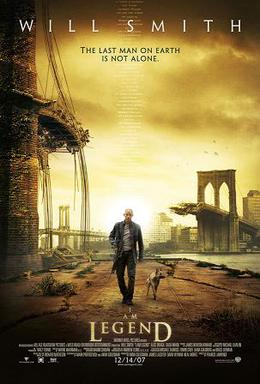
There was some disease surveillance set up, new international rules written, a lot of virus research.
A few countries had pandemic plans, on paper.

The only real surprise when Covid-19 finally hit was the sheer extent to which most governments simply had not listened to the warnings.
We were unable as a planet to muster our considerable scientific understanding of disease in time to soften the blow, never mind preventing it in the first place.
Science didn’t fail us.
The ability of governments to act on it, together, did.

Experts had warned about the lack of preparation in addition to the risk of a pandemic itself.
The few countries with pandemic plans built them around a very different virus, flu.
Regardless, many failed to stockpile or acquire the most basic essentials for making the plans work.
The WHO made it very clear how to contain Covid-19, but few countries followed their advice entirely.
A few showed what should have been possible for all countries.
The rest did pick-and-choose variations on the WHO’s advice and/or that of their scientific or political advisors.
Nearly all countries were more or less too late to limit the damage as much as they might have.
The pain of lockdowns and economic dislocation in some places seemed to rival the disease.

From Dr. Michael Mosley’s COVID-19:
When Covid-19 gets into your body, the first area that the virus is likely to infect is the cells that line your nose and your upper throat.
So one of your first symptoms is likely to be a dry, persistent cough.

Some virus particles will fly past the throat and travel down into your gut, where they latch onto ACE2 enzymes in your intestines and may cause diarrhoea.

Much more dangerous is if the virus particles go down your windpipe and into your lungs.
Your lungs are filled with ACE2 enzymes, making them a wonderful breeding ground for this virus.
Once the virus is in your lungs you will start to develop syptoms of pneumonia.
These, over time, may include a cough, fever, sweating, shaking, chills, shortness of breath and a stabbing chest pain.

Nine days after being infected most people will either have recovered or find that their symptoms have started to get much worse.
If you start becoming increasingly breathless you will almost certainly need to go to hospital to be tested for the virus, and treated.
The medical team there will take blood, listen to your breathing and may take a CT scan of your lungs.
They will be looking for “ground-glass opacities” – fuzzy spots in your lungs caused by fluid.
These are a sign that you may started to develop a very nasty form of pneumonia called acute respiratory distress syndrome (ARDS).
That is because the alveoli – the tiny air sacs in your lungs – are filling with fluid, reducing your ability to absorb oxygen.

Above: A chest X-ray showing increased opacity in both lungs, indicative of pneumonia, in a patient with SARS
Once your alveoli become damaged and fill with fluid, you can’t get enough oxygen into your body to keep your brain and other organs properly supplied.

Above: The human nervous system
At this point, you may well get sent to intensive care, where you will be looked after by nurses and doctors fully garbed with PPE, who may appear rather frightening.
But by now you will probably be gasping for air, unconcerned about your surroundings.

The medical staff will have to swiftly decide whether you are given extra oxygen via a mask or whether you should be intubated, sedated and go on a ventilator.
Being intubated involves having a tube passed down your throat and into your lungs.
You will be relying on a ventilator to keep you alive.
This is done as a last resort.
Once you need to be ventilated the chances of dying are high.
Even if you survive there tend to be long term consequences to health.

By this point the battle between your immune system and the virus isn’t confined to your lungs.
It will have spread far and wide, through your blood.
The liver, kidneys, guts and brain all come under attack.
You may also get increased blood clotting and inflammation in the heart, which is why anyone with pre-existing heart disease or high blood pressure is so much more vulnerable.
Once the virus affects your brain it can also cause seizures.

What the medics are desperately trying to prevent is total organ failure.
Under attack from the virus and cut off from a healthy supply of oxygen, organs, like the kidney, start to collapse.
Sadly, when that happens, there may be little more that can be done.
It typically takes three to four weeks to go from infection to death.

Based on what happened in China, the virus has an overall Case Fatality Rate (CFR) of 2.3%.
But in reality it probably kills less than 0.7%.
Which makes it seven times deadlier than flu, but not as deadly as originally feared, and only really dangerous if you are over 60 (a weaker immune system and more likely to have high blood pressure, high blood sugars or high blood fats or all of the above) or have a pre-existing health condition.

Above: Confirmed COVID-19 cases in mainland China per 100,000 inhabitants by province as of 3 October 2020
From Debora Mackenzie’s COVID-19:
Let us look at the immediate future from the virus’s perspective:

Eventually, after considerable death and disruption, most people in the world will have been exposed to (and it is hoped) or vaccinated against Covid-19 and will be, we hope, immune to further infection with the same virus as a result, at least temporarily.
With fewer people around that the virus can still infect, new cases should slow to a trickle.
The virus might even quietly die out, as its sister-virus SARS did in 2003 when we blocked enough chances for it to spread.

Above: Map of the Covid-19 verified number of infected per capita as of 20 October 2020 – the darker the area, the more cases therein
Or it might adapt to its new situation.
RNA viruses like this one can evolve quickly, although the Covid-19 virus isn’t quite as volatile as some.
Like flu, it might mutate to evade the immune defenses our bodies will eventually learn to mount and start another global rampage, perhaps less deadly this time – or perhaps more.

Above: Semi-log plot of weekly new cases of COVID-19 in the world and top five current countries (mean with deaths)
Or the virus might circulate and surge sporadically, perhaps pouncing on new, susceptible humans, becoming yet another disease of childhood.

Above: Childhood-cluster diseases per 100,000 inhabitants – the darker the region, the more cases therein
This pandemic has moved fast since it started.
There are not, broadly speaking, a lot of different things a disease can do, bound by the implacably quantitative laws of epidemiology, the science of epidemics.

Until then, horrific as it has sometimes been, we can be grateful it hasn’t been worse.
Covid-19 does not have a massive death rate as initially feared but it remains still ten times more deadly than ordinary flu.
SARS was ten times deadlier than that.
Fortunately, SARS never learned to spread like Covid-19.
Think about what this pandemic would have been like with ten times the death rate.

As many of us have painfully learned, Covid-19 mostly kills older people.
The brutal fact is that losing people in old age does not cause as much economic or social disruptions losing people of working and childbearing age.
Perhaps even that will pass:
In a year or three, with luck, we may have drugs and vaccines to protect everyone, including the elderly.

From Dr. Michael Mosley’s COVID-19:
With a deadly new virus stalking the planet, the race to create a sfae and effective vaccine is like nothing we have seen before.
In record time more than a hindred vaccines have gone into development, several of which have already begun to be tested on humans.
So what are the chances of success and what is the time scale?

The good news is that with so many vaccines against Covid-19 in play and with so much money behind them, it is possible that at least one of them will come through the rigorous testing that is required if not by the end of 2020, certainly by 2021.
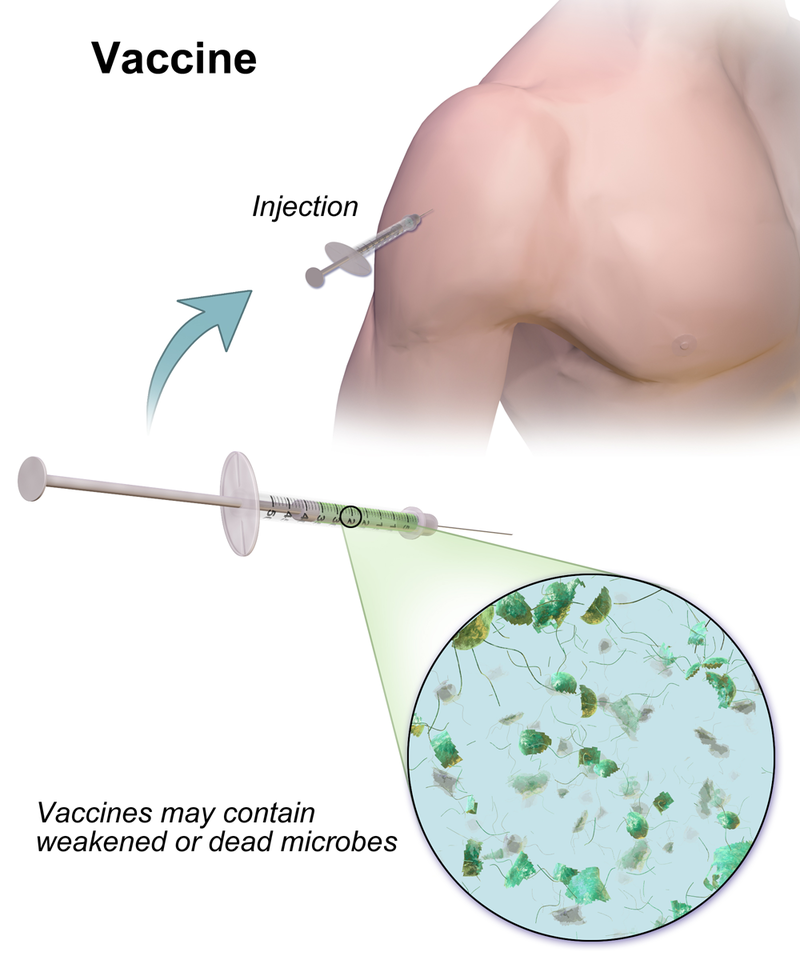
But there are huge challenges for the vaccine makers to overcome.

Above: Avian flu vaccine development by reverse genetics techniques
The good news is that we have a range of safe and effective vaccines against a huge number of killer disease, including measles, mumps, polio, cholera, tetanus, typhoid, and so on.
The bad news is that these vaccines have taken years, if not decades, to create and test.
And amongst them there is no vaccine against a corona virus.

In normal times creating a safe and effective vaccine takes at least five years because they have to go through vigorous testing and lots of regulatory hoops.
95% of potential vaccines fail.


The steps a normal vaccine has to go through include:


- Exploratory stage
This is when you do your basic lab research and create your vaccine.
This often takes two to four years.

- Pre-clinical stage
This is when you do things like animal testing, to see if your vaccine is safe and produces a suitable response.
It usually takes another couple of years and most vaccines fail at this stage.

- Phase 1 trials
Once you fell sure it works in animals, you move on to testing it on a small group of healthy adults.
Is the vaccine safe and does it provoke a good immune response in humans?

- Phase 2 trials
Assuming your vaccine passes Phase 1, you move on to a bigger trial, involving several hundred volunteers.
In these trials the volunteers are randomized to either getting the vaccine or a harmless placebo.
Again, what you are trying to assess is how safe the vaccine is, how good it is at arousing the immune system and what sort of dose you should be giving.
- Phase 3 trials
If your vaccine gets this far then it will be tested on thousands or tens of thousands of people.
With Phase 3 trials, people are again randomized to getting the vaccine or a placebo.
This is when you find out if the people who have had the vaccine are better protected against the disease, or get it more mildly, than those who were given the placebo.

Doing Phase 3 trials the traditional way with Covid-19 could be tricky.
To find out if your vaccine works, the people you vaccinate then have to be exposed to the disease.

You are asking people to expose themselves to the risk of serious disease or even death if something goes wrong.
A recent article written by experts from Harvard and the London School of Hygiene and Tropical Medicine argues that the risk can be justified:
They point out that a human challenge experiment, by speeding up development of a vaccine, could save many lives.
“Every week that vaccine roll-out is delayed will be accompanied by many thousands of deaths globally.
If the use of human challenge helped to make the vaccine available before the epidemic has completely passed, the savings in human lives could be in the thousands or conceivably millions.“

To minimize the risk to volunteers, they would have to be young and healthy, so you know that they are at low risk of complications if they get Covid-19.

You would also need to ensure that they are closely monitored and get the best possible care if something goes wrong.
Ideally you would have drugs on hand that would help.
Drugs which don’t currently exist or at least are unproven.
Finally you could recruit your volunteers from a group who are likely to get exposed to the virus anyway, such as frontline workers – those who already risk themselves by treating patients with Covid-19.

The WHO thinks human challenge studies are acceptable.
On 6 May, they published guidelines, including criteria which must be met before such studies can go ahead.

(Please see: https://apps.who.int/iris/bitstream/handle/10665/331976/WHO-2019-nCoV-Ethics_criteria-2020-eng.pdf?ua=1)

From Debora Mackenzie’s COVID-19:
So why write about this when there is still a lot we do not know?
Because we already know enough to say some important things and we need to do that while memories of these hard times are raw enough for people to hear them.

First, this was predicted and could have been, to a large extent, prevented.
Second, this pandemic won’t be the last one, because there are simply too many potentially pandemic germs out there to predict which will emerge next.
We need to do some pandemic planning for when the next pandemic happens.

The Center for Health Security at the Johns Hopkins Bloomberg School of Public Health was among the institutions already trying to plan.
Among other efforts, they were running computer simulations of hypothetical pandemics as a training exercise for public officials.
A month before the first cases appeared in Wuhan, they ran one called Event 201, starring a fictitious virus that was nearly a dead ringer for Covid-19.
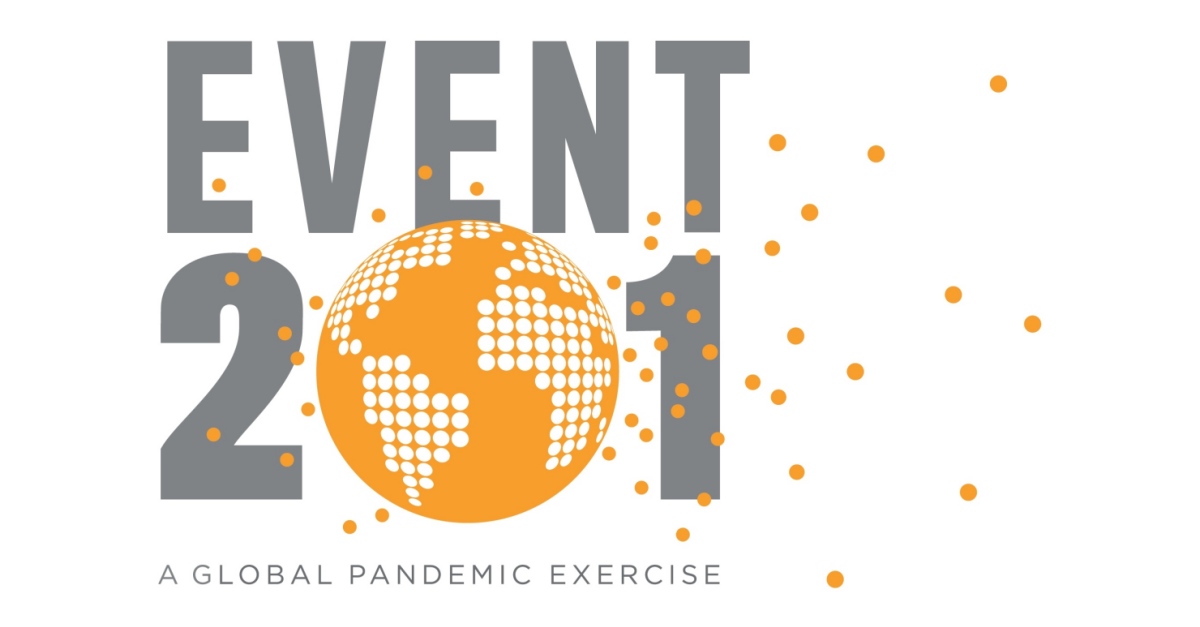
Let me emphasize that this was a total coincidence:
This was a “what if” scenario playing out in a computer model of US society, featuring a made-up virus.
They chose a corona virus for the simulation partly to show how disruptive even a relatively mild virus can be.

They succeeded.
The result of the simulation was what we are living out now: overwhelmed health care, disrupted global supply chains, needless death, economic disruption.
And a table full of officials from government and industry sitting there saying:
If this were to happen, there is not much any sector / department / office could do.

And the people who wrote that simulation were going easy on the officials.
There are much worse viruses out there that could trigger a pandemic, that would kill more people, of all ages.
It is absolutely no comfort to those who have lost or will lose loved ones to Covid-19, but so far, believe it or not, we have been lucky.
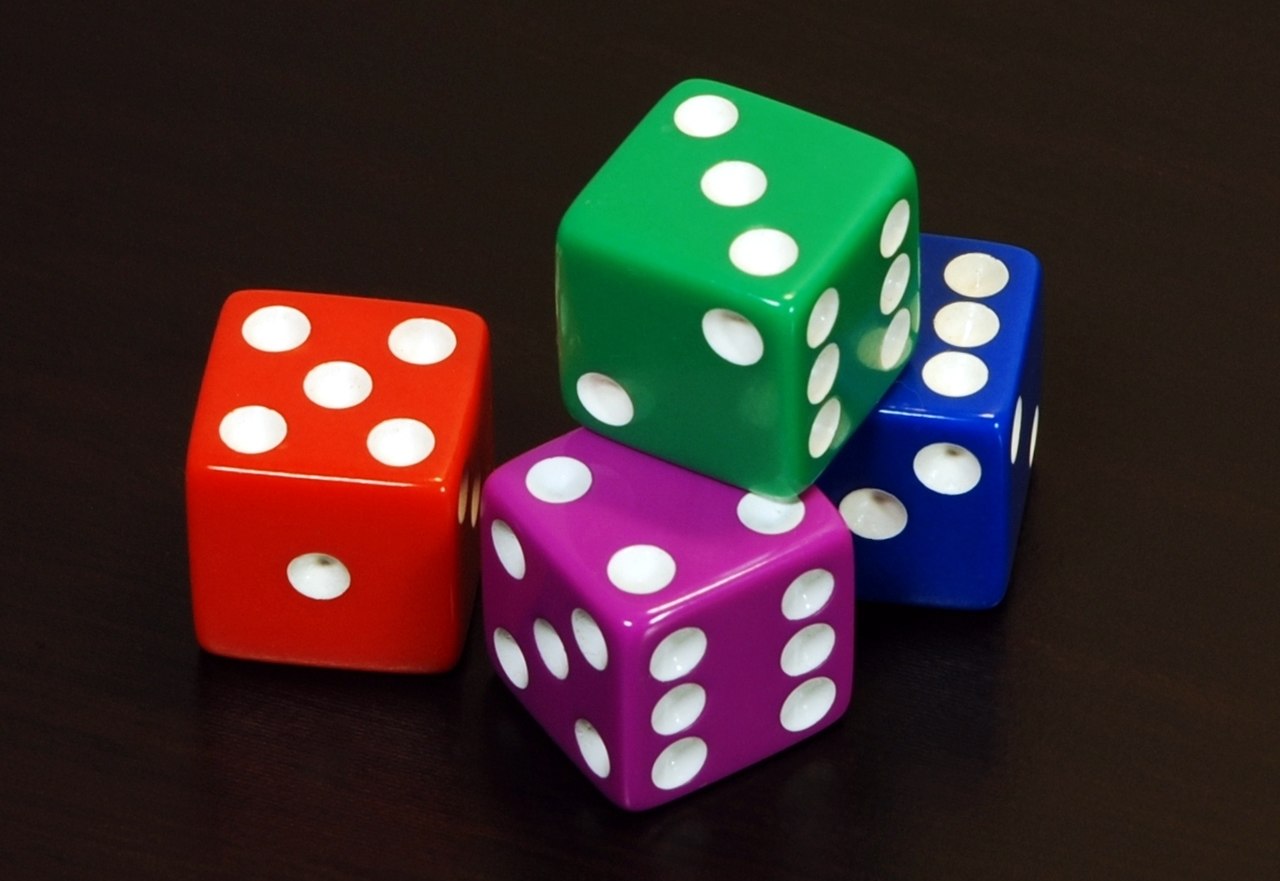
In addition, what almost no one realized before Covid-19 happened – how many realize it now? – was what a pandemic could do to our complex, just-in-time society, and that economic domino effects would cascade through our tightly coupled global support networks.

We need to remember is that we will have another pandemic.
And it could be worse.
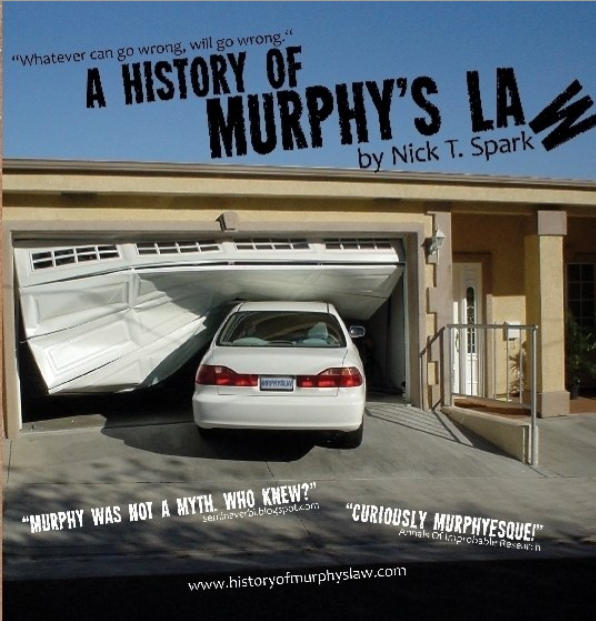
We have to do better.
And we can.
The hard-earned good news is that Covid-19 has shown us what we need to do.
We cannot let a virus catch our interconnected global community this stupidly flat-footed again.
We cannot let those interconnections wither.
If this pandemic teaches us anything, it is that up against a contagious disease, we are all in it together.
No country can really seal off their borders anymore, or go it alone.
Our society is global.
Our risk is global.
Our response and our cooperation must be global.

Sadly, when the virus does grind to a halt or we tame it with vaccines, it seems all too likely that we will drift back into a status quo of spending on wars and weapons – and on recovering from the economic damage Covid-19 is doing – not on preparing for the next virus.
We will forget this nightmare and the lessons it should have taught us.
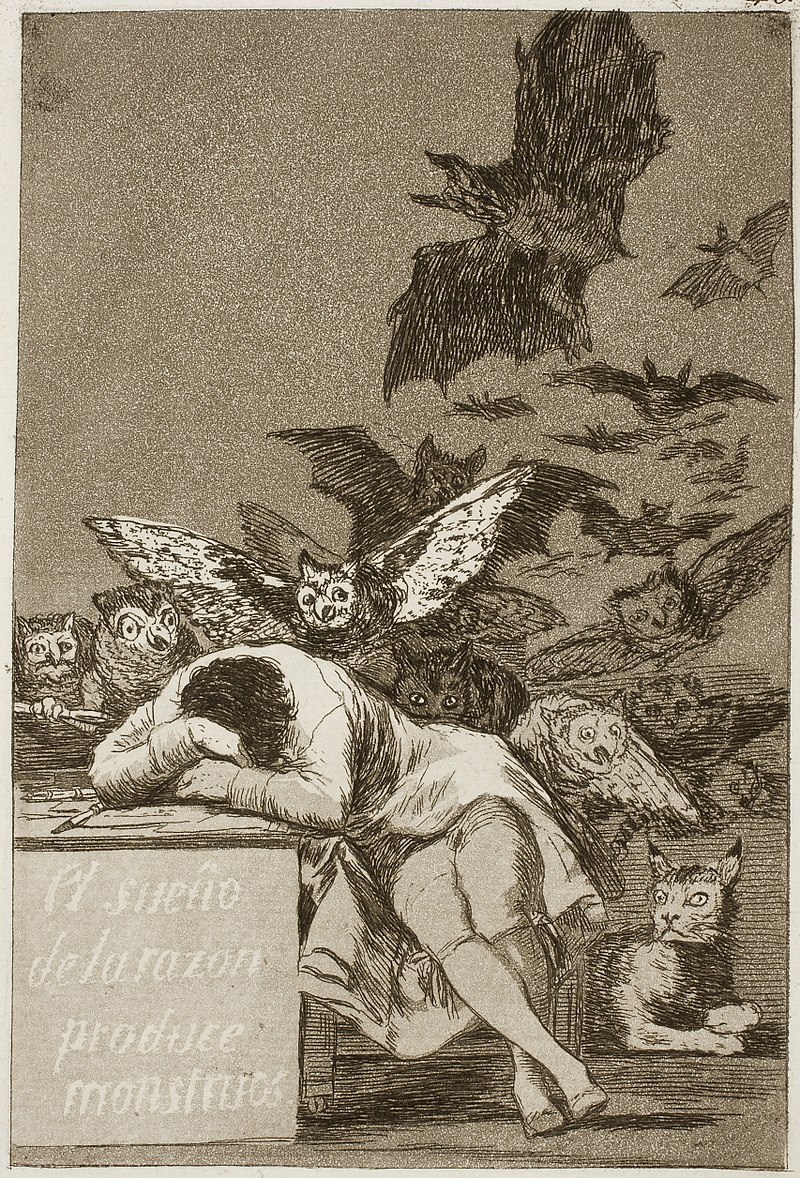
As of 20 October 2020, there are 40.5 million confirmed cases of Covid-19 worldwide, with 27.8 million recoveries and 1.12 million deaths.
In Switzerland, my country of residence, there are 86,167 confirmed cases, with 53,600 recoveries and 1,845 deaths.
As of Monday, Switzerland has reinstated restrictions that its neighbouring countries never relinquished.

Above: Flag of Switzerland
In Ireland, there is a return to a second complete lockdown.

Above: Flag of the Republic of Ireland
According to the Centers for Disease Control and Prevention:
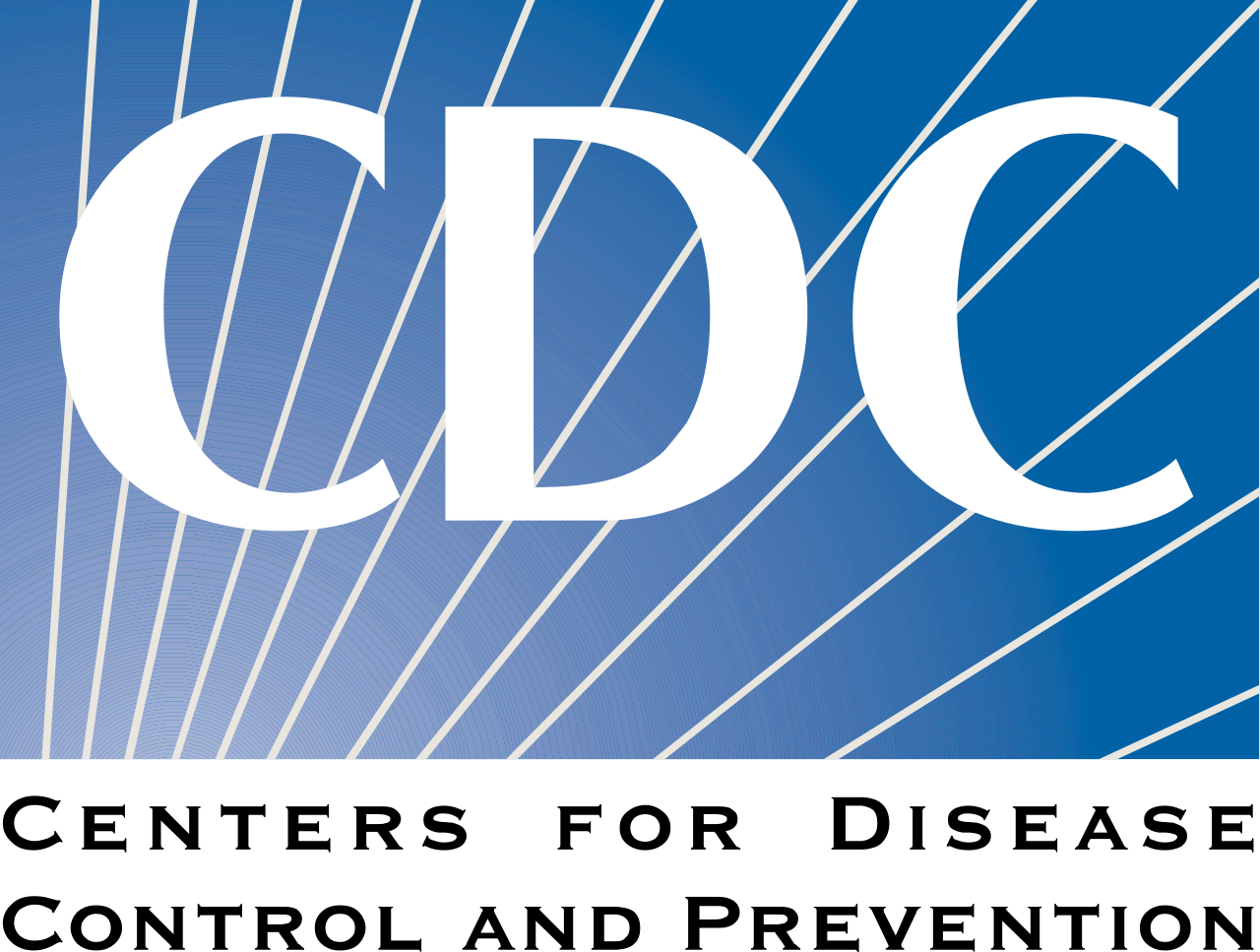
- There is currently no vaccine to prevent corona virus disease 2019 (COVID-19).
- The best way to prevent illness is to avoid being exposed to this virus.
- The virus is thought to spread mainly from person-to-person.
- Between people who are in close contact with one another (within about 6 feet).
- Through respiratory droplets produced when an infected person coughs, sneezes or talks.
- These droplets can land in the mouths or noses of people who are nearby or possibly be inhaled into the lungs.
- Some recent studies have suggested that COVID-19 may be spread by people who are not showing symptoms.
Everyone should:
Wash your hands often.
- Wash your hands often with soap and water for at least 20 seconds especially after you have been in a public place, or after blowing your nose, coughing, or sneezing.
- It’s especially important to wash:
- Before eating or preparing food
- Before touching your face
- After using the restroom
- After leaving a public place
- After blowing your nose, coughing, or sneezing
- After handling your mask
- After changing a diaper
- After caring for someone sick
- After touching animals or pets
- If soap and water are not readily available, use a hand sanitizer that contains at least 60% alcohol. Cover all surfaces of your hands and rub them together until they feel dry.
- Avoid touching your eyes, nose, and mouth with unwashed hands.
Avoid close contact:
- Inside your home: Avoid close contact with people who are sick.
- If possible, maintain six feet between the person who is sick and other household members.
- Outside your home: Put six feet of distance between yourself and people who don’t live in your household.
- Remember that some people without symptoms may be able to spread virus.
- Stay at least six feet (about two arms’ length) from other people.
- Keeping distance from others is especially important for people who are at higher risk of getting very sick.
Cover your mouth and nose with a mask when around others.
- You could spread COVID-19 to others even if you do not feel sick.
- The mask is meant to protect other people in case you are infected.
- Everyone should wear a mask in public settings and when around people who don’t live in your household, especially when other social distancing measures are difficult to maintain.
- Masks should not be placed on young children under age 2, anyone who has trouble breathing, or is unconscious, incapacitated or otherwise unable to remove the mask without assistance.
- Do NOT use a mask meant for a healthcare worker. Currently, surgical masks and N95 respirators are critical supplies that should be reserved for healthcare workers and other first responders.
- Continue to keep about six feet between yourself and others. The mask is not a substitute for social distancing.
Cover coughs and sneezes.
- Always cover your mouth and nose with a tissue when you cough or sneeze or use the inside of your elbow and do not spit.
- Throw used tissues in the trash.
- Immediately wash your hands with soap and water for at least 20 seconds.
- If soap and water are not readily available, clean your hands with a hand sanitizer that contains at least 60% alcohol.
Clean and disinfect.
- Clean AND disinfect frequently touched surfaces daily. This includes tables, doorknobs, light switches, countertops, handles, desks, phones, keyboards, toilets, faucets, and sinks.
- If surfaces are dirty, clean them. Use detergent or soap and water prior to disinfection.
- Then, use a household disinfectant. Most common household disinfectants will work.
Monitor your health regularly.
- Be alert for symptoms. Watch for fever, cough, shortness of breath, or other symptoms of COVID-19.
- Especially important if you are running essential errands, going into the office or workplace, and in settings where it may be difficult to keep a physical distance of six feet / two metres.
- Take your temperature if symptoms develop.
- Don’t take your temperature within 30 minutes of exercising or after taking medications that could lower your temperature, like acetaminophen.
- Follow medical advice if symptoms develop.
Too many people tell me that they don’t want to wear masks or social distance, that they are tried of the virus and all the restrictions.
But until the pandemic has passed, these restrictions remain necessary.
Without following these restrictions the need to return to lockdown conditions will be necessary.
I wear a mask and practice social distancing not only for my own health, but, should I be unknowingly asymptomatic, for the health of all those I come into contact with.
I don’t like wearing a mask and don’t enjoy social distancing, but I am more eager for the pandemic to pass than to prolong it through some sense of rebelliousness or impatience.

From The Philadelphia Inquirer, 23 March 2020
When Dan Wowak went to live alone in the wilds of Patagonia in 2016 for a chance to win a half-million dollars on reality television, he was allowed to bring ten items.
Toilet paper was not one of them.

Wowak, a Mahanoy City native, did bring an ax and saw, a sleeping bag and a ferro rod, which you can strike to make sparks in just about any condition.
He also chose fishing line and hooks, which proved invaluable.
Over 51 days, he ate nothing but fish he caught in a lake: nine of them.
“I lost 54 pounds.“, he said.
“I know what hunger feels like.“

Wowak, who worked in the juvenile justice system before a full-time woodsman, left the reality show Alone early, choosing sanity, food and his family over the big prize.

Today, he teaches survival and outdoors classes through his company, Coal Cracker Bushcraft, giving crash courses in how to stay alive in the woods or when goods are scarce.
He said he has recently gotten hundreds of emails expressing interest as America quickly went from normal to empty supermarket shelves.

He has seen people making smart decisions, like social distancing, and bizarre ones, like grabbing all the toilet paper they can.
“You don’t use toilet paper if you are out in the woods.
Just grab some leaves and wipe your butt.
At home, you can cut up old T-shirts.“, he said.
“I think, honestly, a lot of people just don’t know what to do.
They see me buying toilet paper, they see you buying toilet paper and Uncle Frank, and they go looking for it.”

Wowak, who earned an MBA from Alvernia University in Reading, defines essentials as shelter, water, fire and food.
Translated to a city or suburban environment, that could be a house, heat sources like blankets and fireplaces, your faucet, and extra cans of beans.
If people remained calm and thought those needs out, he said, they would find better alternatives at the store.
“I went to Target the other day and there was no water on the shelves.“, he said.
“I went over to the camping aisle and all the water purifiers and jugs were there.
You could literally boil a pot of water in the morning and at night.“
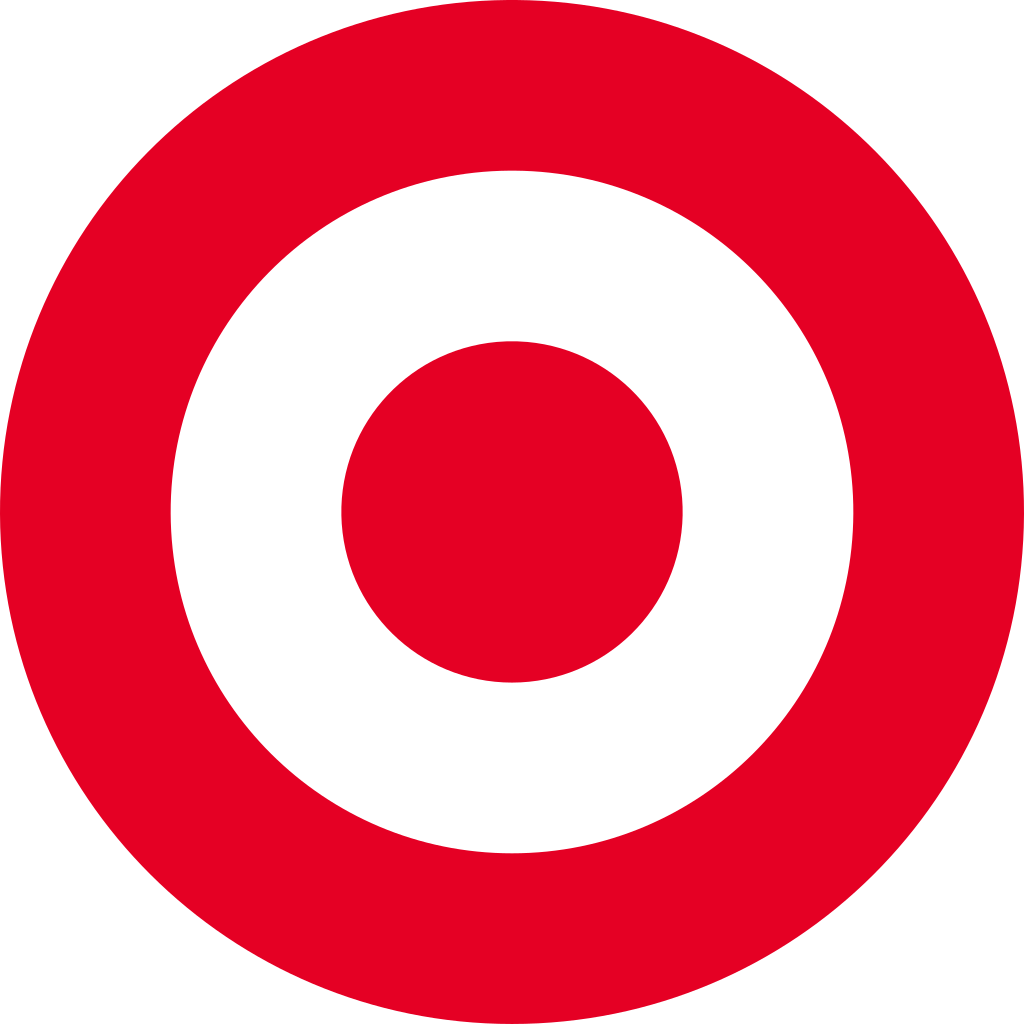
Art Dawes runs PA Wilderness Skills, a business similar to Wowak’s.
He said he took a survival class offered by his junior high school decades ago and has been hooked ever since.
Dawes said people should use the corona virus pandemic to make plans, to list out things they would take with them if they had to leave home.
They should brush up on basic car repair too.
“You never know if your car is going to break down.“, he said.

Both woodsmen teach primitive skills to their students, such as amking fire with a “bow drill“, the way cavemen might have done.
But they are also practical and carry tools that make lighting fire far easier.
“There is a reason why lighters were invented.“, Dawes said.

All across the country, people who identify as “preppers” have spent years stockpiling food, even ammunition, for disaster scenarios, and many feel vindicated by the corona virus and efforts to stop it spread.
They have often been ridiculed or called paranoid, but they say many of their critics are now asking for their help or whether they can spare some of their surplus if times get tough.

Above: Basement family fallout shelter, circa 1957
Wowak and Dawes do not consider themselves “preppers“, both preferring to be called woodsmen who practice bushcraft.
Wowak said he uses firearms for hunting, not “tactical” reasons, but believes trapping is more practical when looking for food.

Some Pennsylvania preppers agreed to speak to The Philadelphia Inquirer, but none would divulge their full names.
Robert B. said he and his daughters have “bug out bags” packed and ready in case they have to leave the house immediately.
He owns 45 acres “elsewhere“.
Bug out bugs usually contain essentials like extra medicine, sleeping gear, tools, lighters and more.
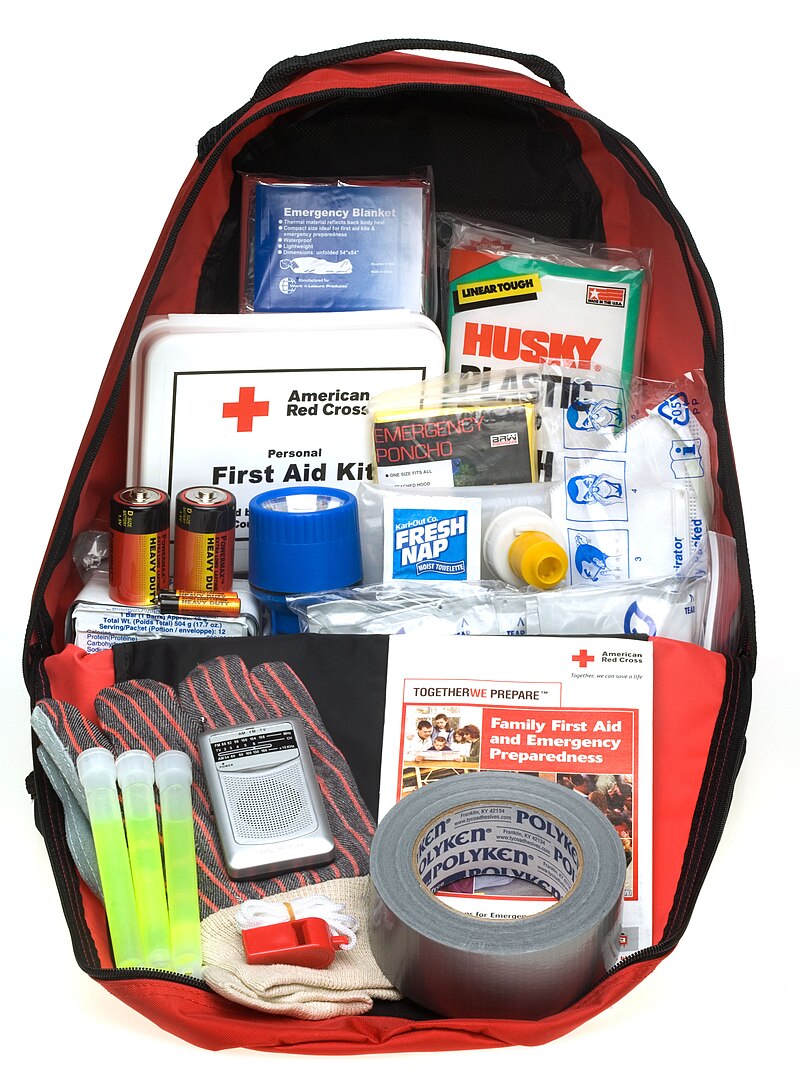
“We have prepped for different scenarios, from home invasions to mass rioting and pandemics to possible war.“, Robert B. said.
None of the preppers could think of a specific event that caused them to start stockpiling.
“I guess growing up in extreme poverty and seeing how one bad day can turn into a major problem easily.“, said Michelle.

Above: A pro-rationing poster from the United States in World War II showing the effects of panic buying goods
Many say the reaction to the corona virus – massive layoffs, scarcity of food and goods, relaxed law enforcement for certain crimes – could be as bad as the virus itself, which might explain the uptick in gun and ammunition sales.
When asked if he had firearms, prepper Jon K. said, “Use your imagination.“
The most important aspect of prepping, in Jon K.’s opinion, is preserving water and food, either through drying or canning.
Michelle has a greenhouse and root cellar at her home.

Wowak and Dawes agree that in a survival scenario, finding food is the most critical and difficult task.
Buying milk and fresh meat is thinking very much in the present, Wowak said, but when shopping for a protracted quarantine, look for canned foods, protein bars, nuts and even pasta, high-caloric foods that can last.
In nature, Wowak said, smaller foods like blueberries or frogs are easiet to eat, but low in calories.
Large sources of protein like deer or turkey are more complicated, even with a firearm.

Both men tell their students to avoid eating plants unless they are really skilled at identifying them.
Wowak said a lot of strategies perpetuated by film and television aren’t quite practical in a true survival situation – like roasting a fish on an open fire and simply eating the fillets.
He prefers to boil them whole and basically consume everything but the bones to get every calorie.

It is easy to mock survivalists.
It is easy to tease minimalists and tell them of the joys of acquisition and comfort.
It is easy to make fun of those who insist that preparedness isn’t simply their being alarmist and paranoid.
But perhaps 2020, with all of its drama and distress, death and destruction, disease and debt, has been trying to deliver a discomfiting and disturbing message we don’t want to hear.

The message begins with the old adage of:
Hindsight is 20/20.

We have become complacent.
We have taken our lives, and life itself, for granted for far too long.
We have wallowed blissfully in our ignorance and have allowed ourselves to become apathetic.
We don’t know and we don’t care.
And in our arrogance we believe we are superior to even fate itself.
2020 has been alarming, in more ways than one.

Sources: Wikipedia / Google / Catharine Arnold, Pandemic 1918: The Story of he Deadliest Influenza in History / Albert Camus, The Plague / Daniel Defoe, Journal of the Plague Year / Debora Mackenzie, COVID-19: The Pandemic That Never Should Have Happened and How to Stop the Next One / Dr. Michael Mosley, COVID-19: What you need to know about the coronavirus and the race for the vaccine / Jason Nark, “Prepping for a disaster scenario like coronavirus“, The Philadelphia Inquirer, 23 March 2020



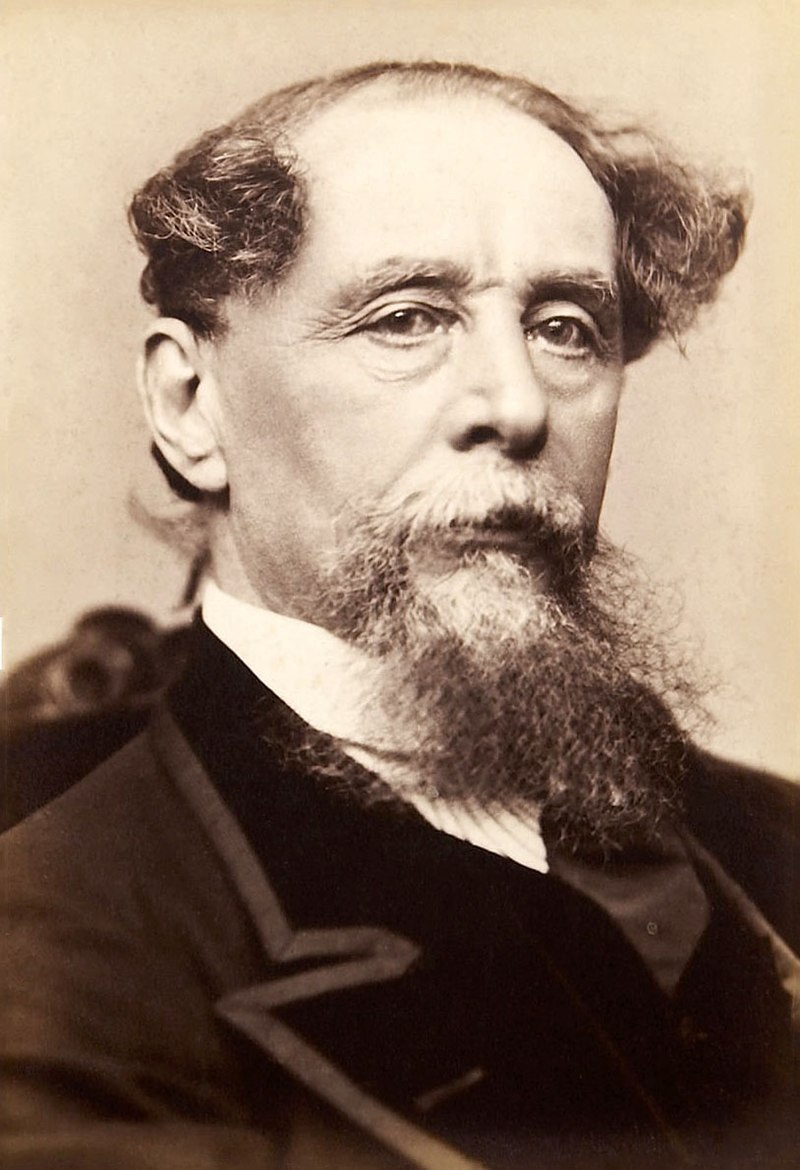

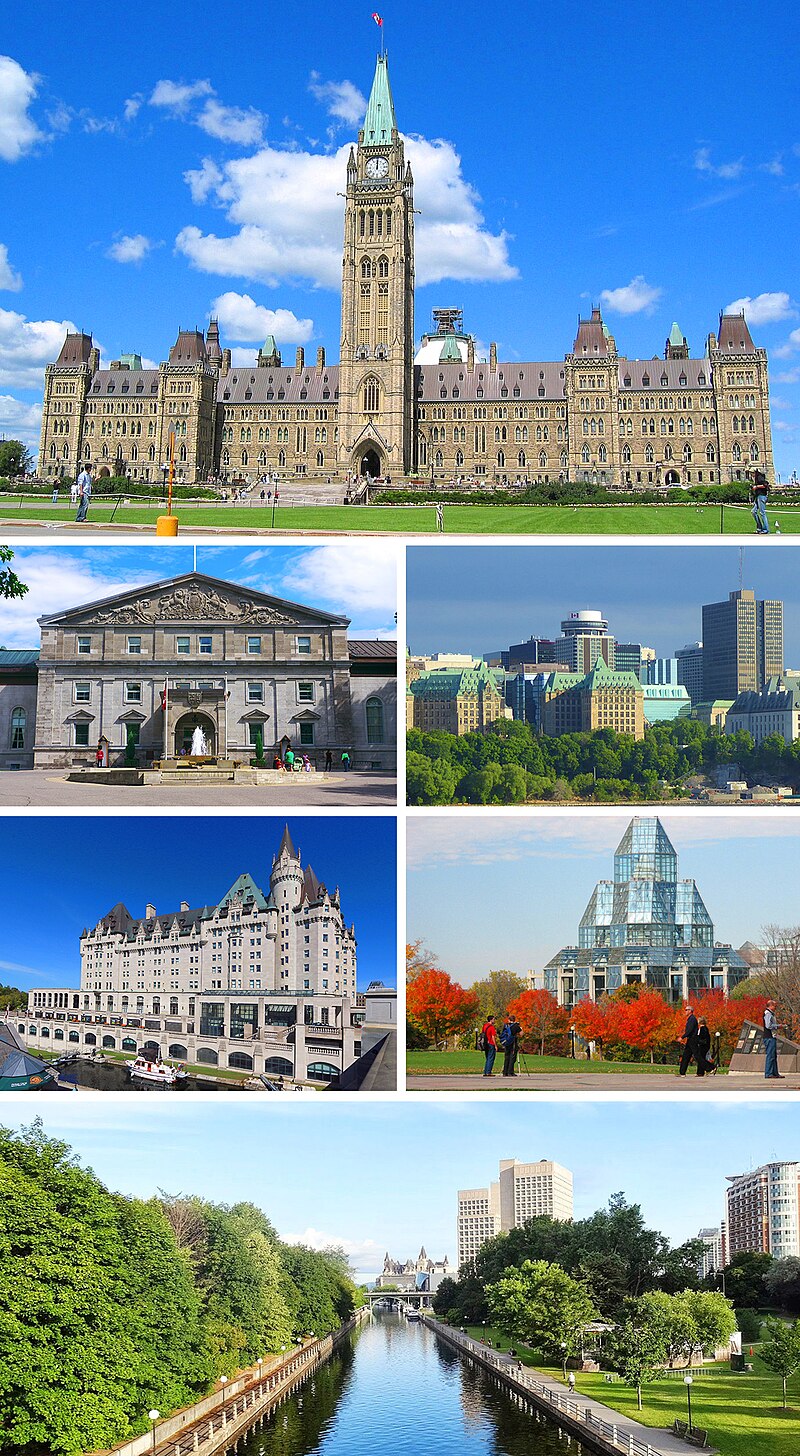


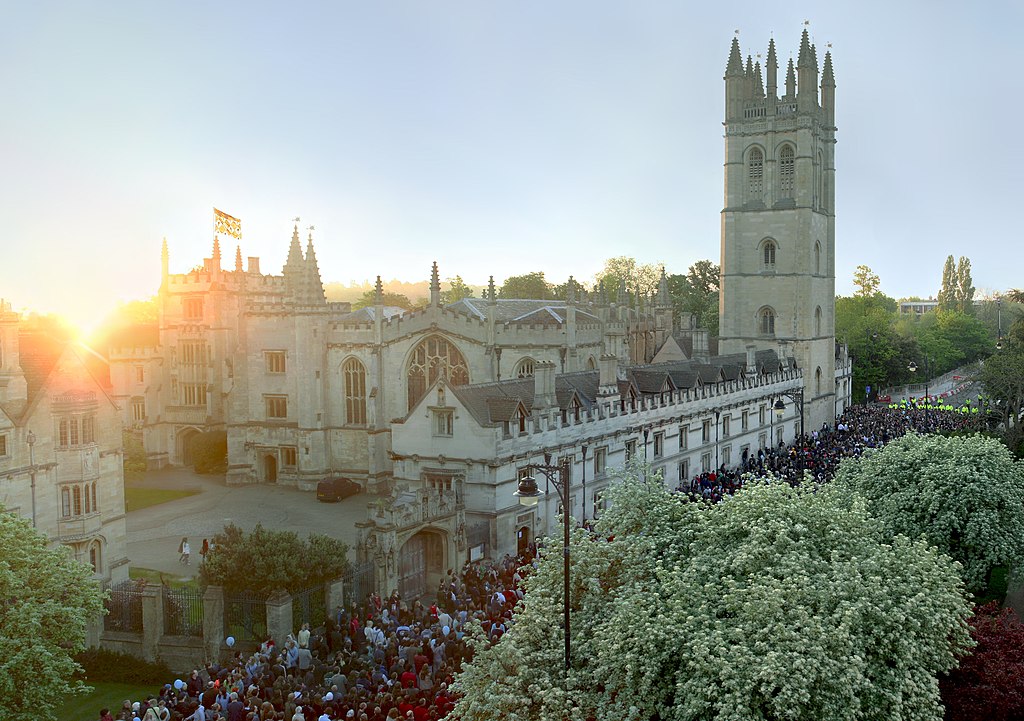

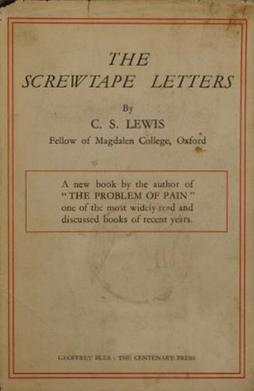






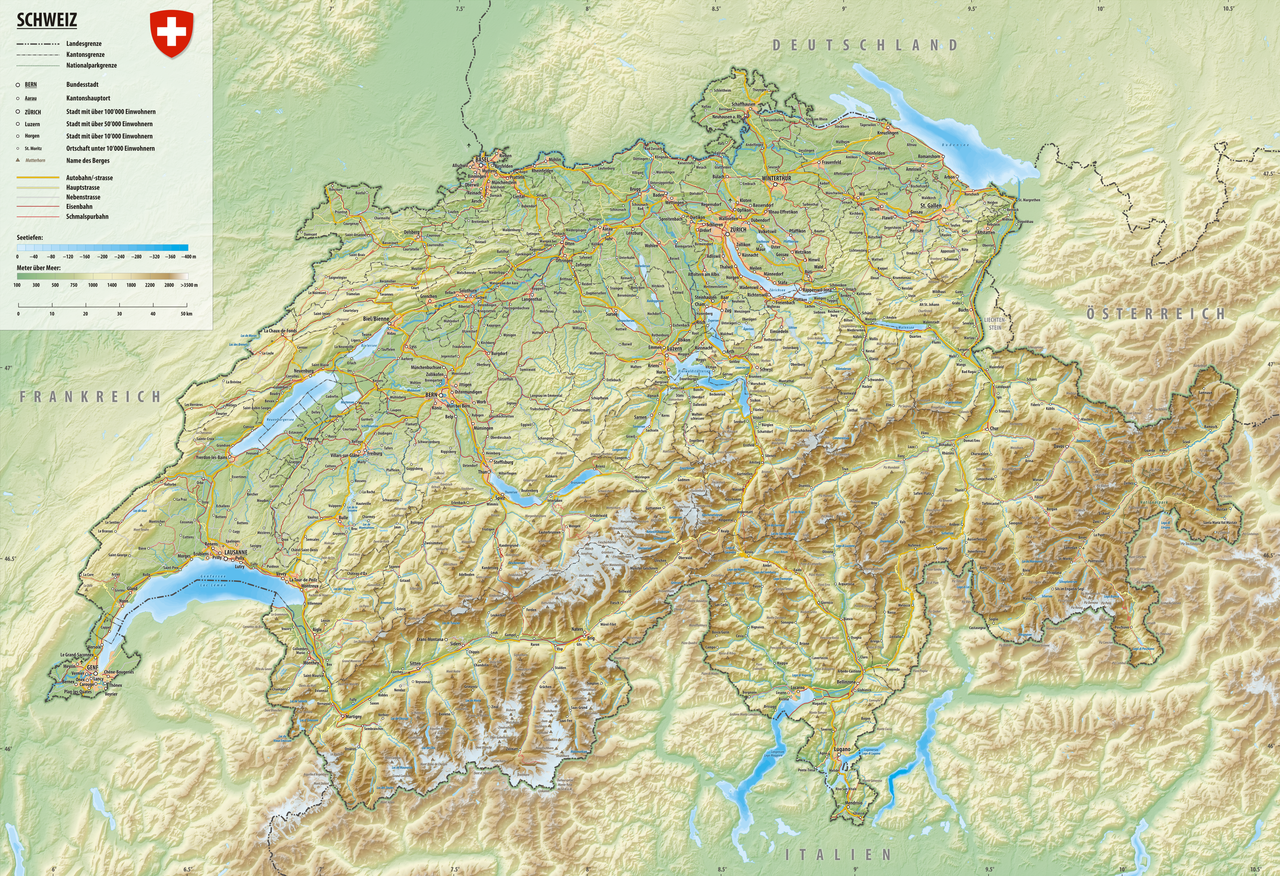
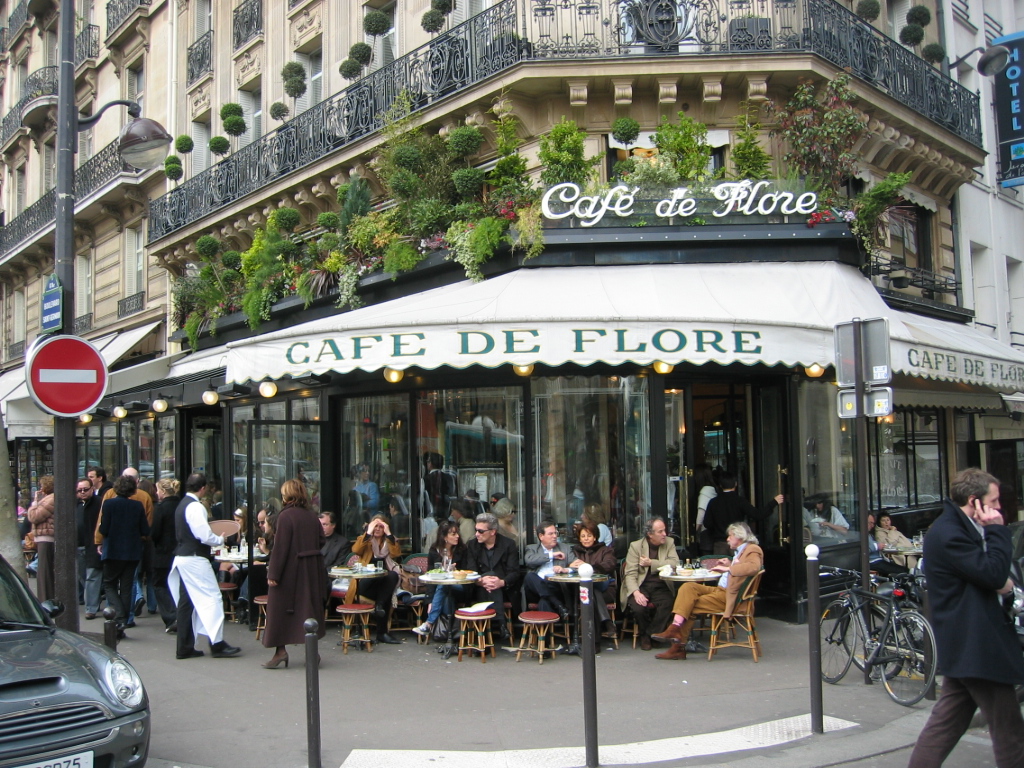


:format(jpeg):mode_rgb():quality(90)/discogs-images/R-3499969-1458956533-7155.jpeg.jpg)




:format(jpeg):mode_rgb():quality(90)/discogs-images/R-13722924-1567864239-6989.jpeg.jpg)
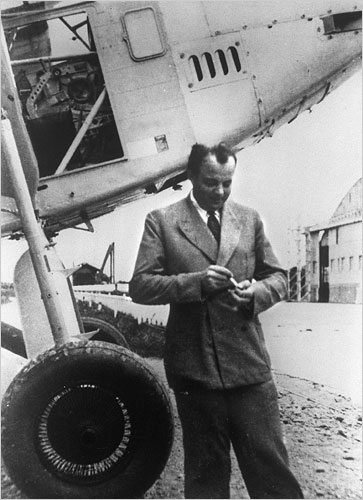












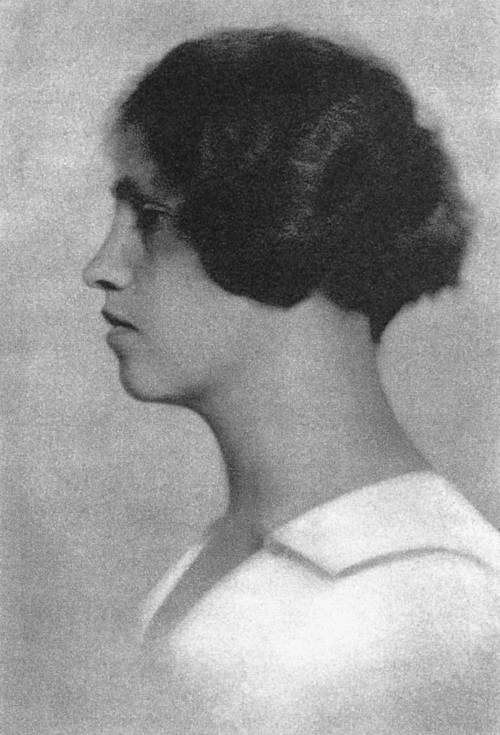



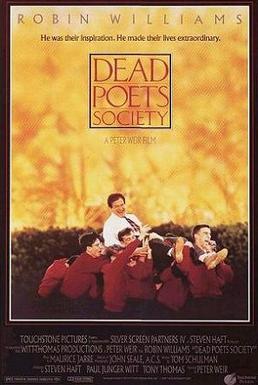
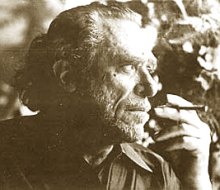








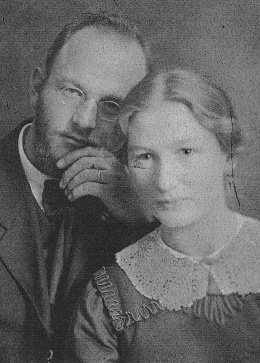



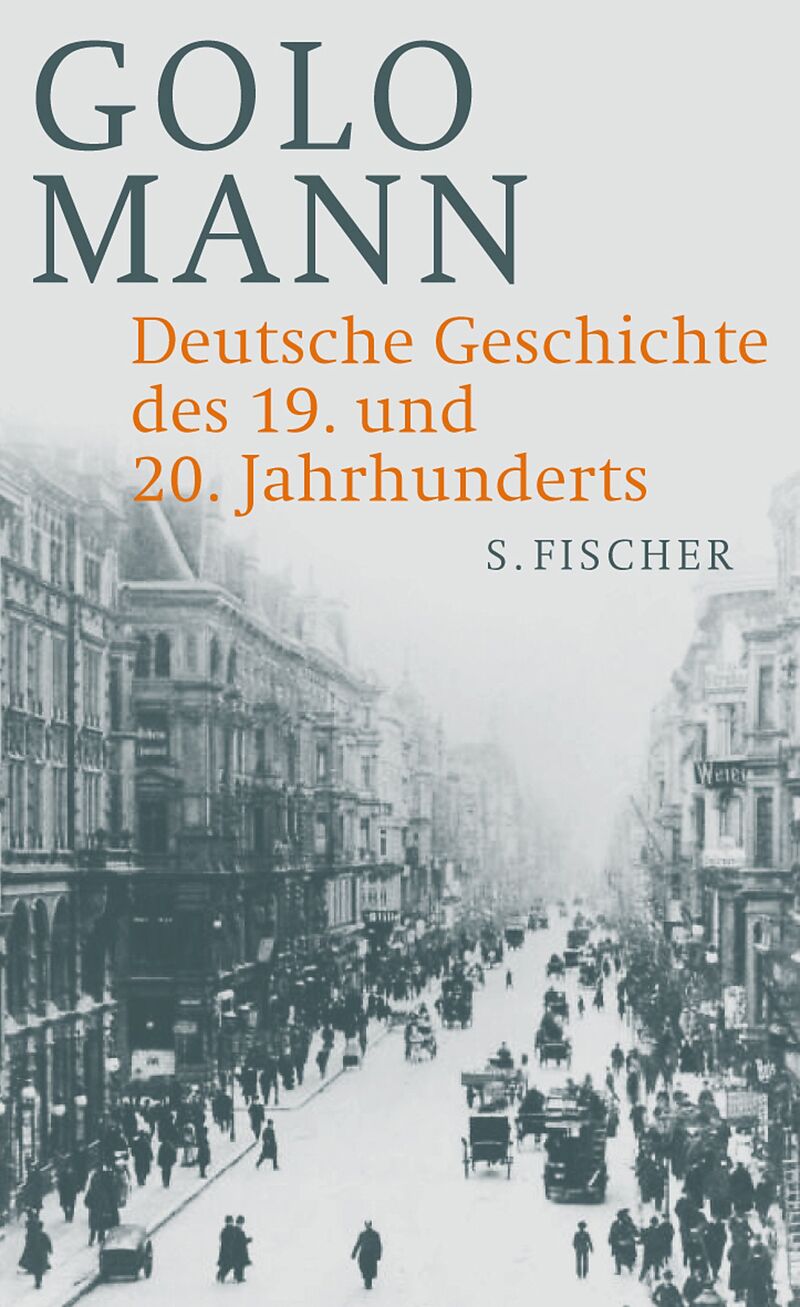






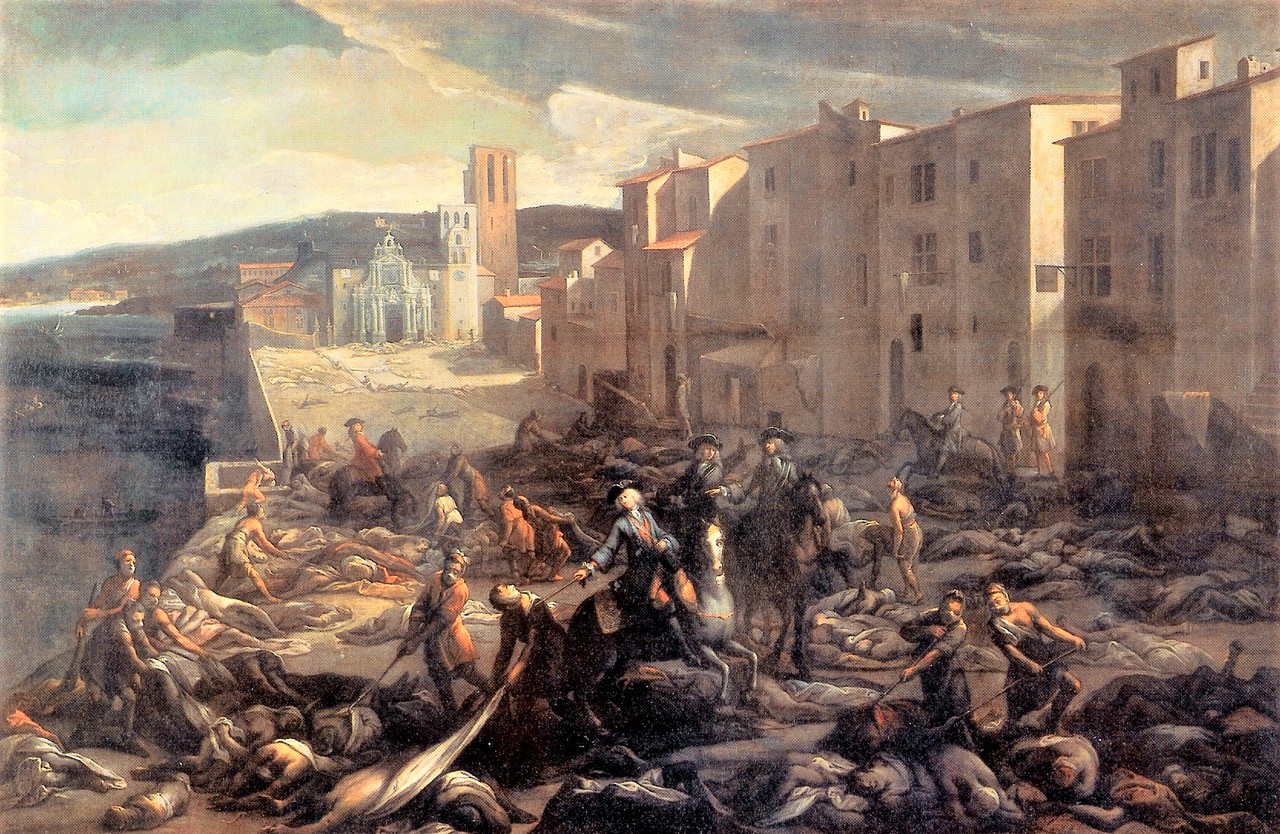


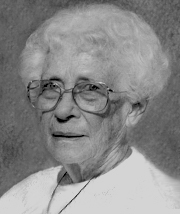



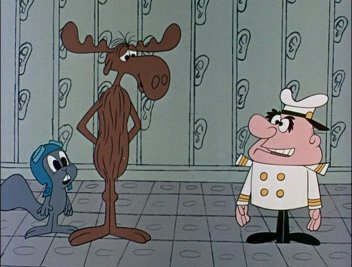


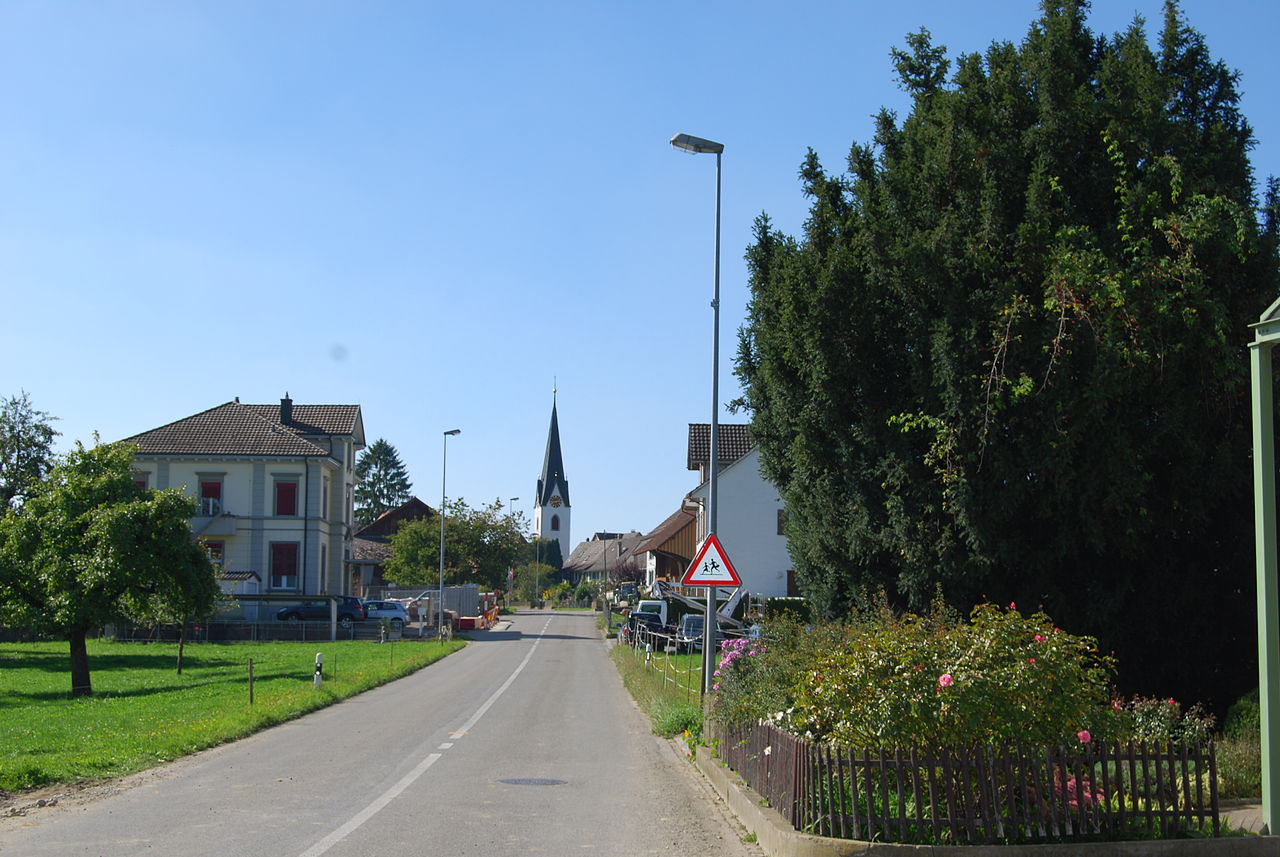
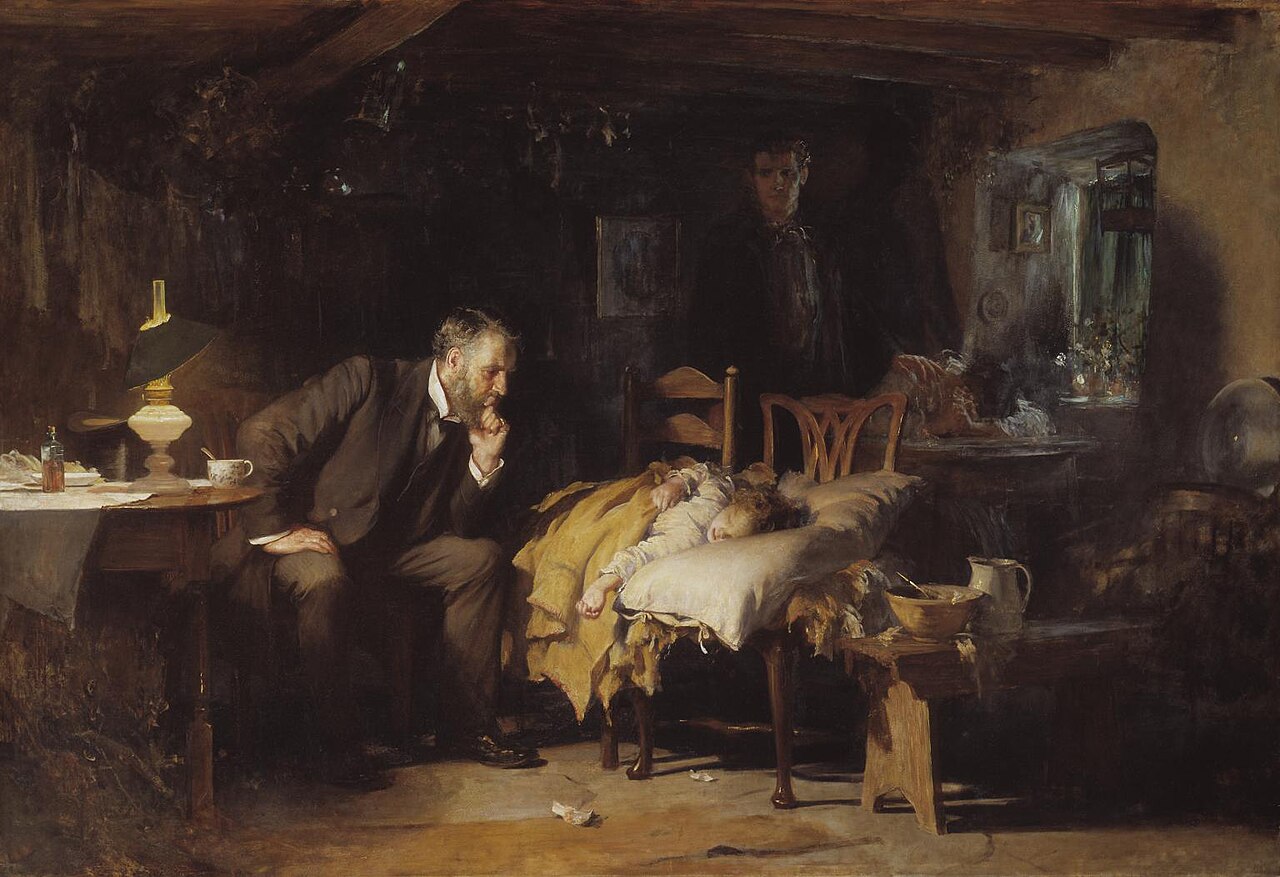







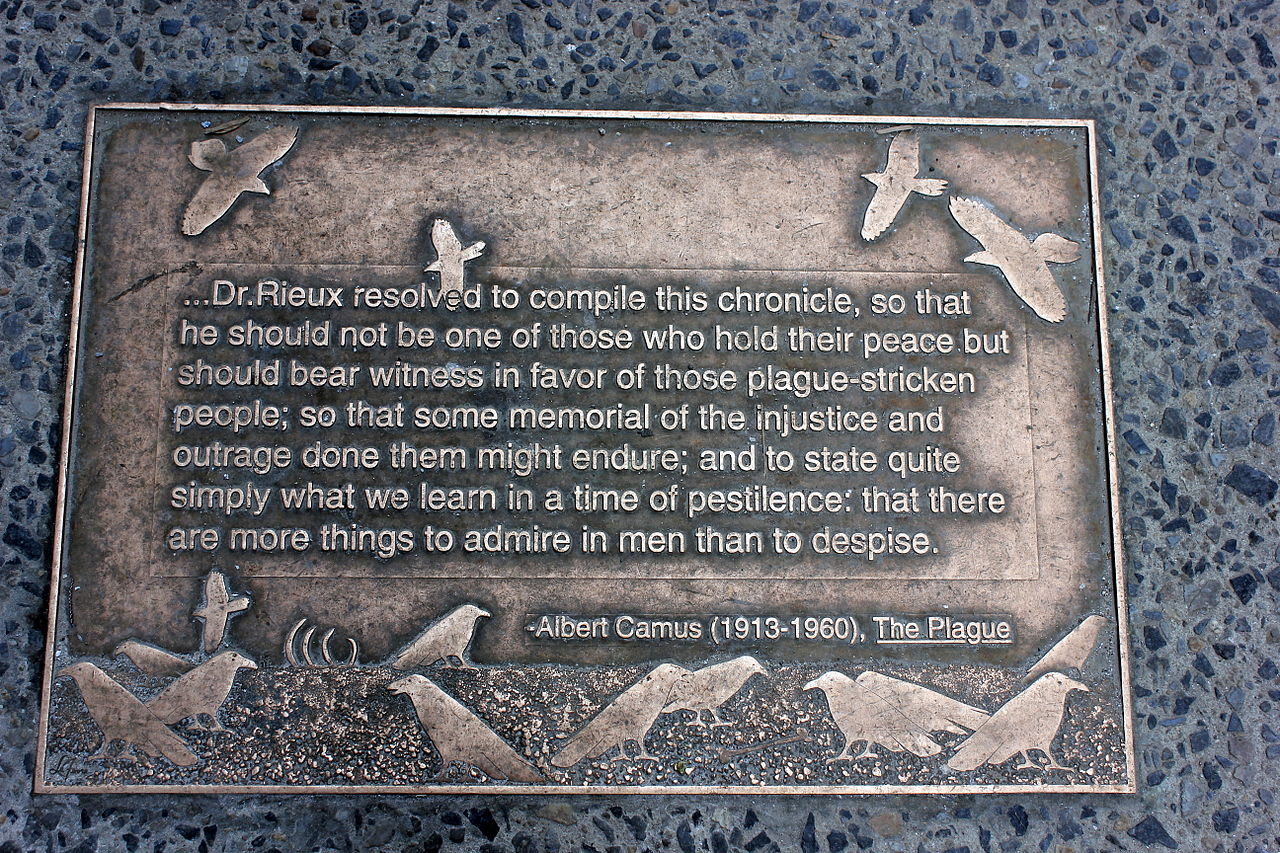








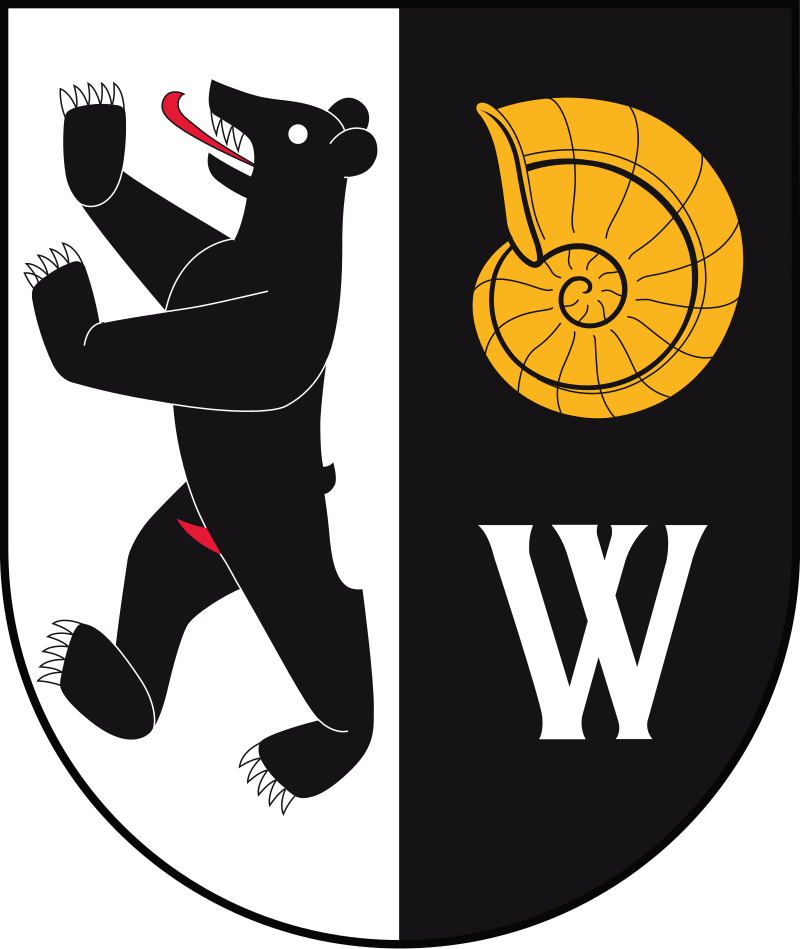









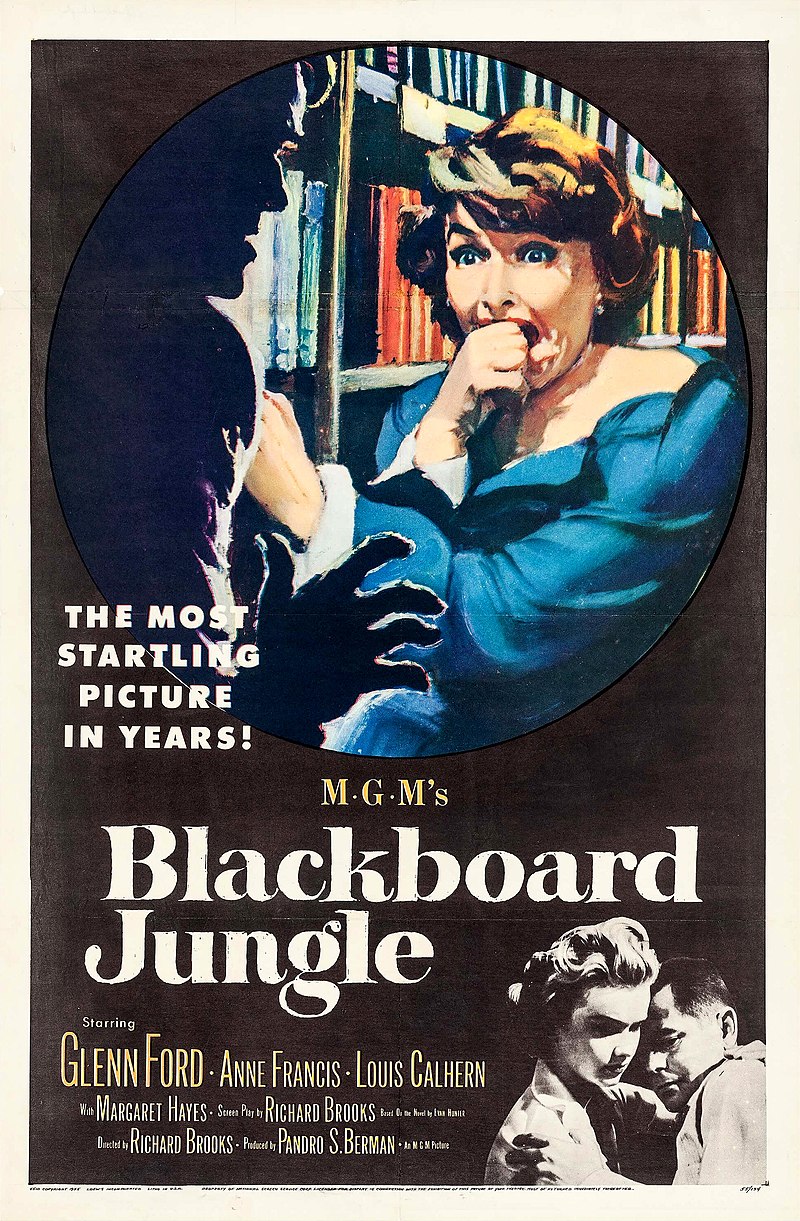








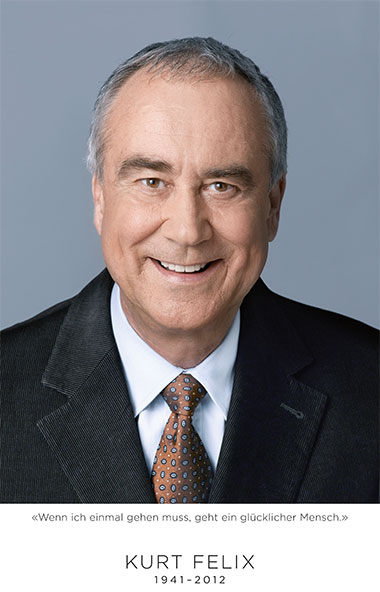





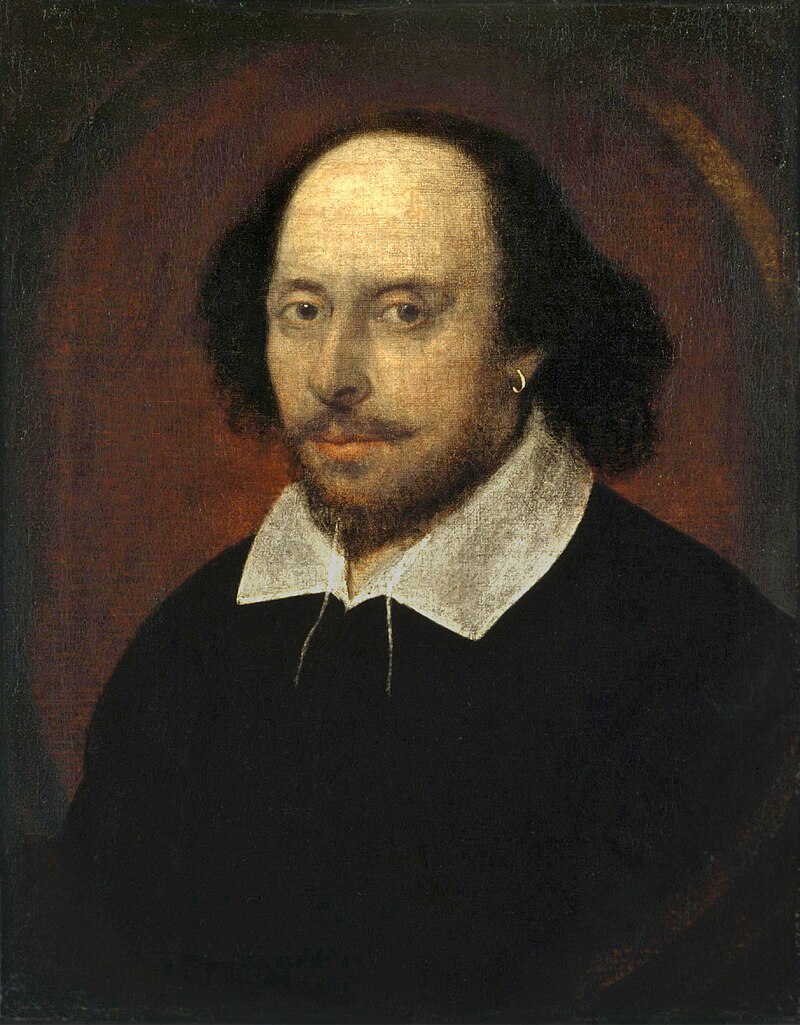
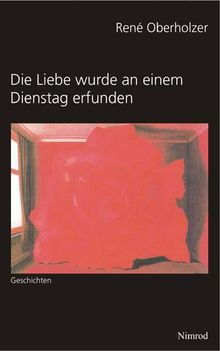

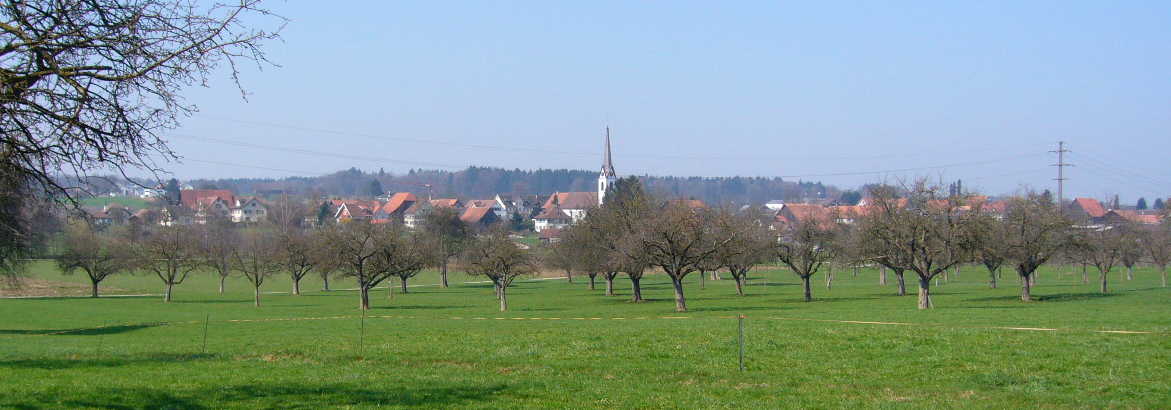
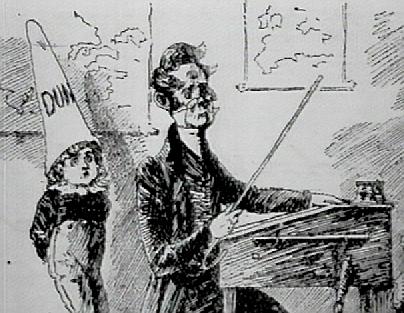





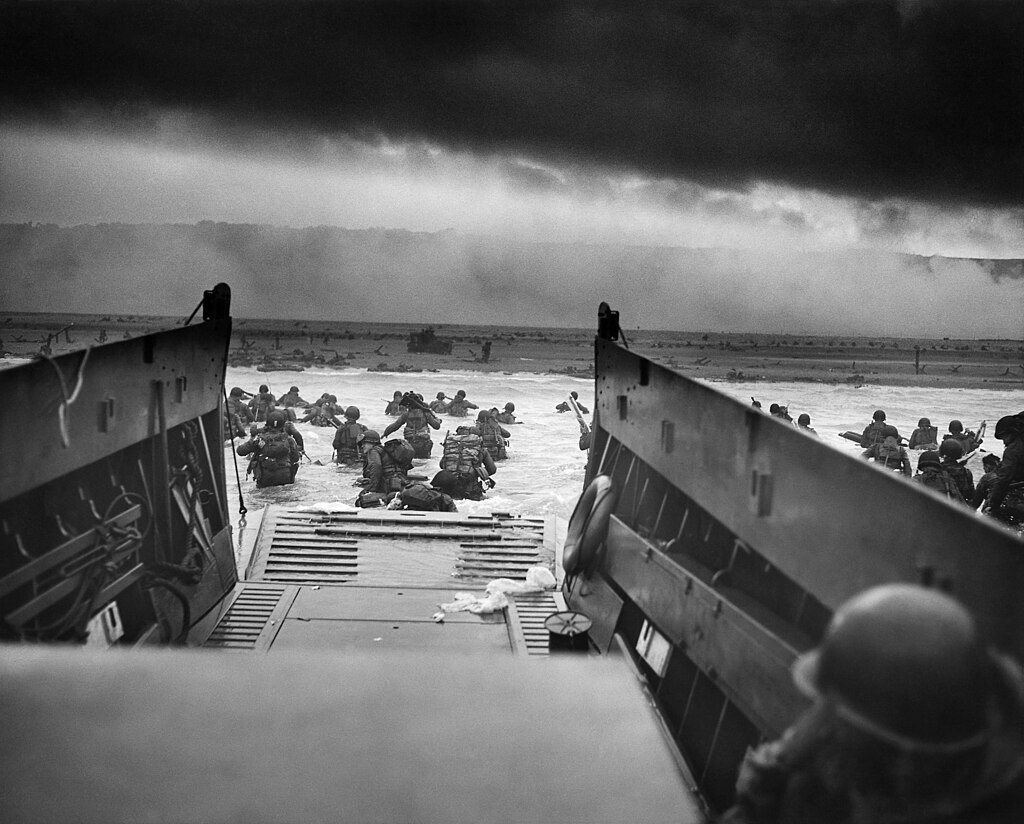

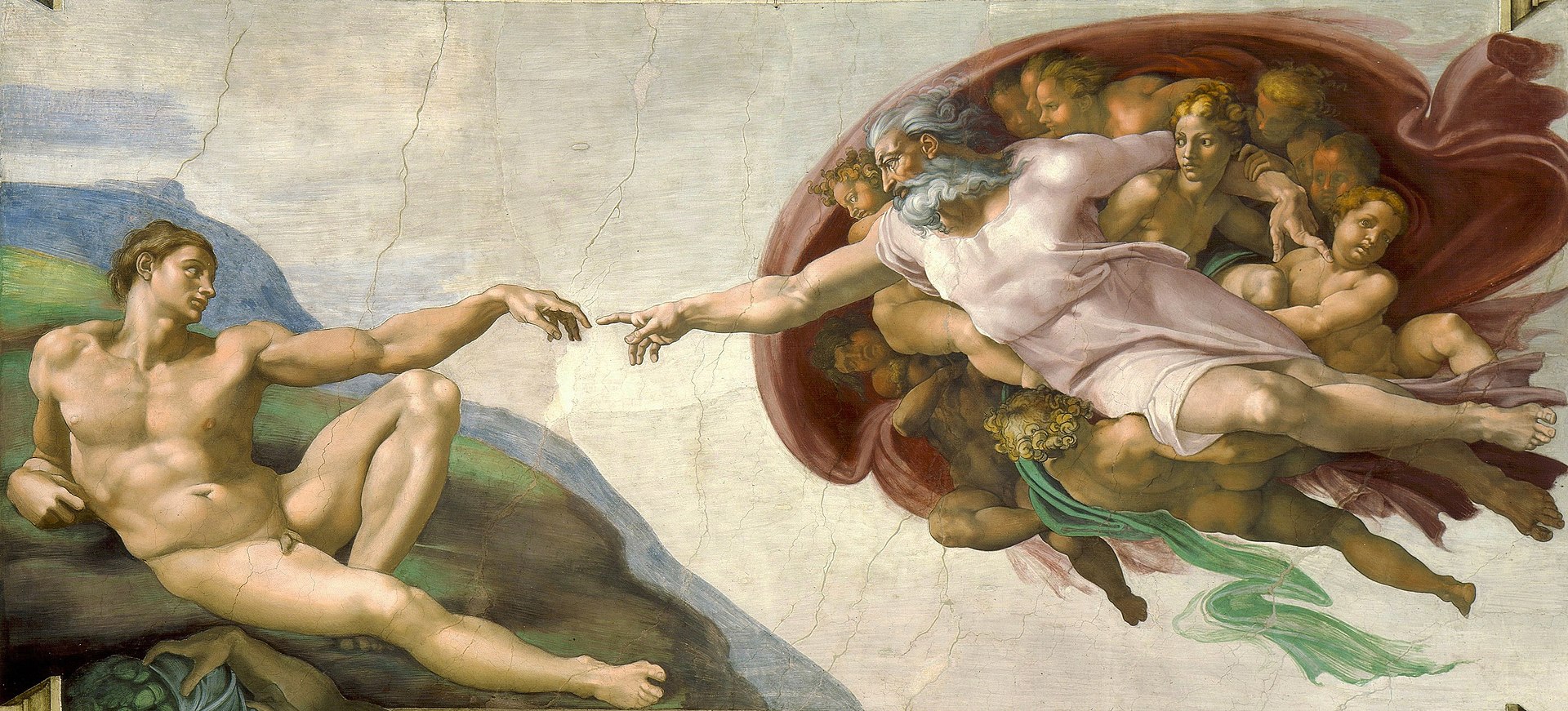



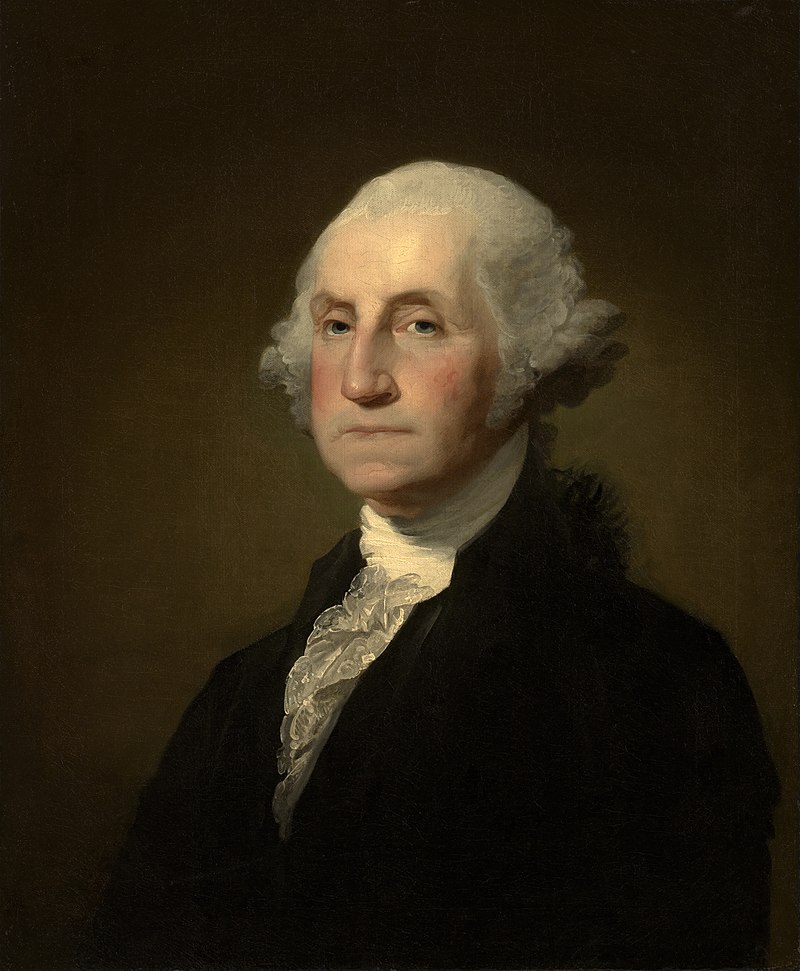




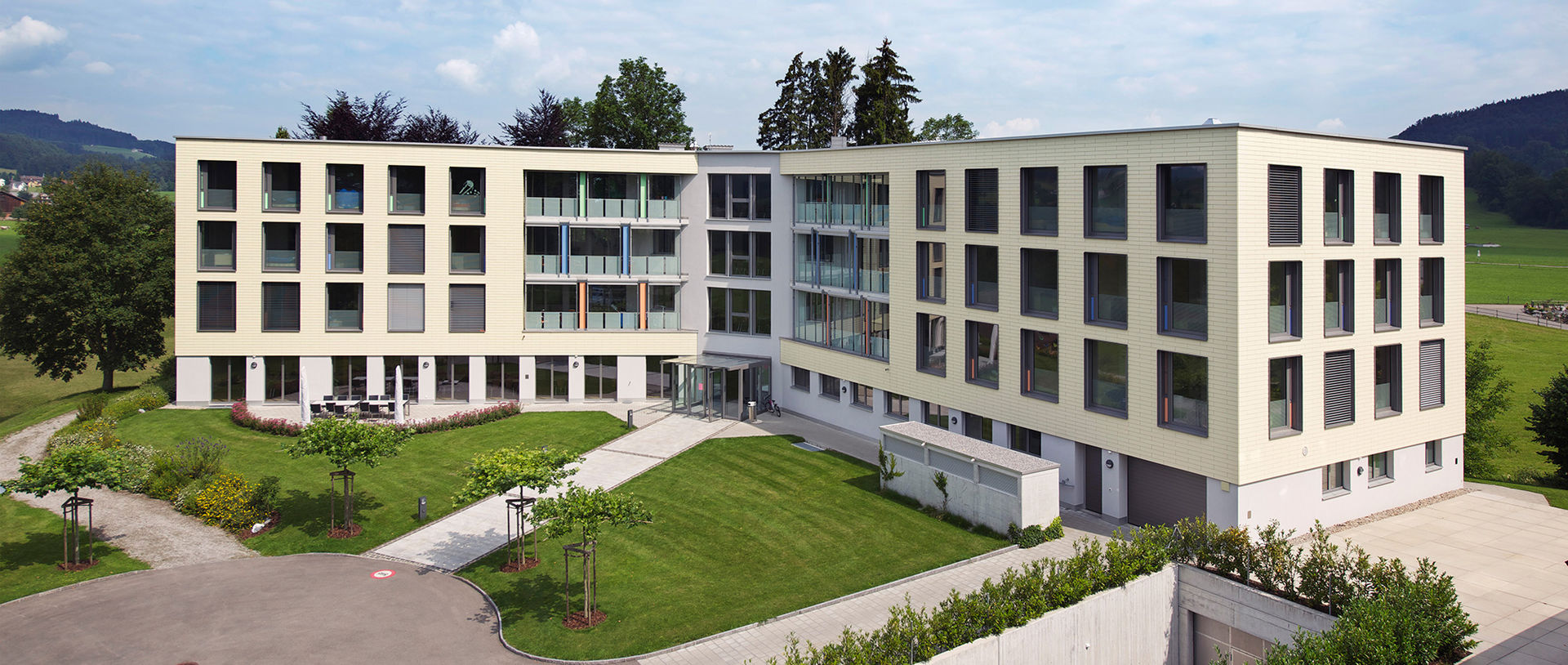







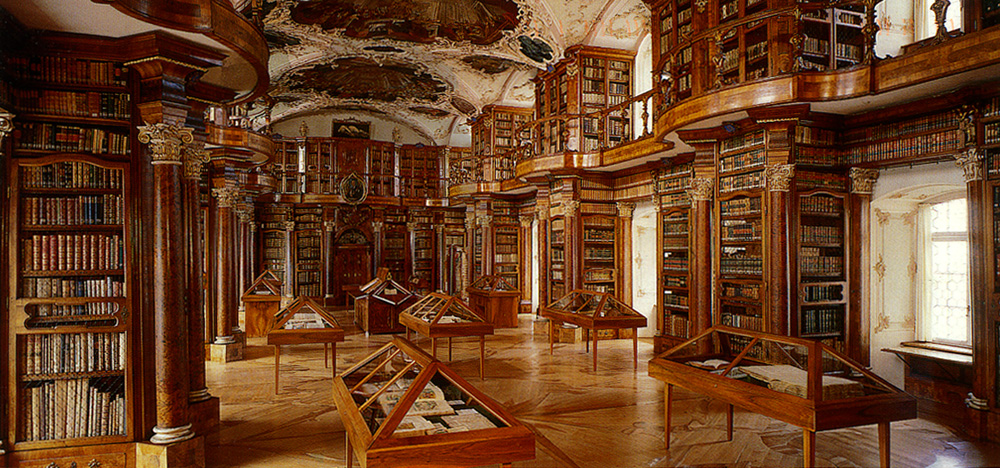






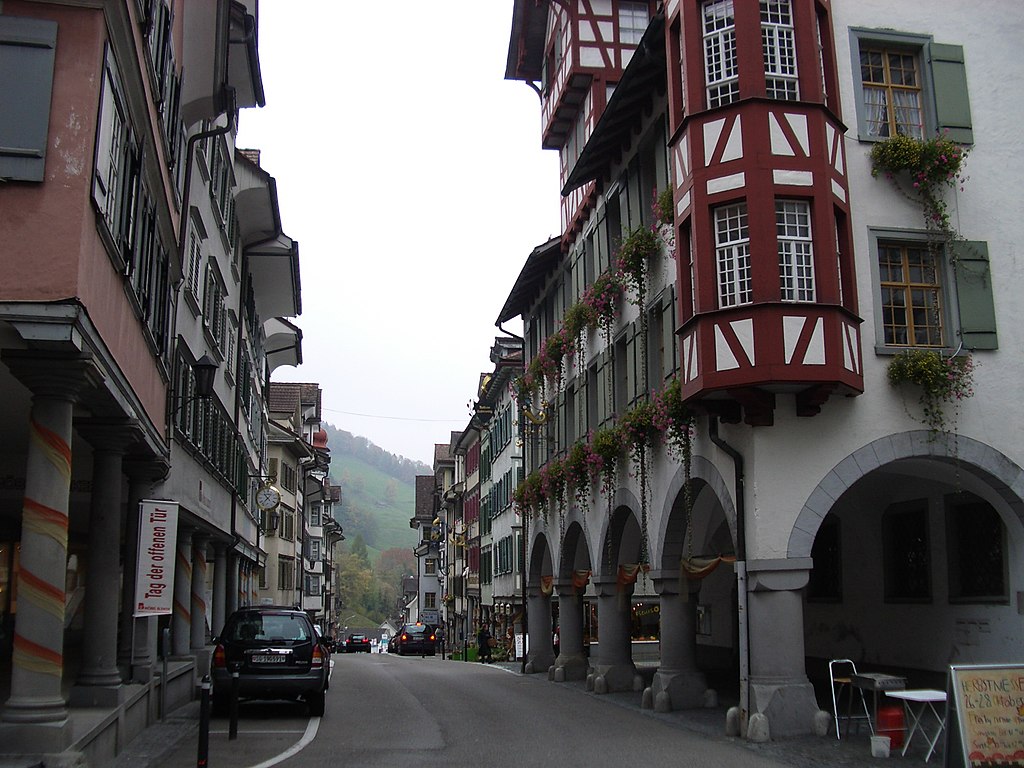
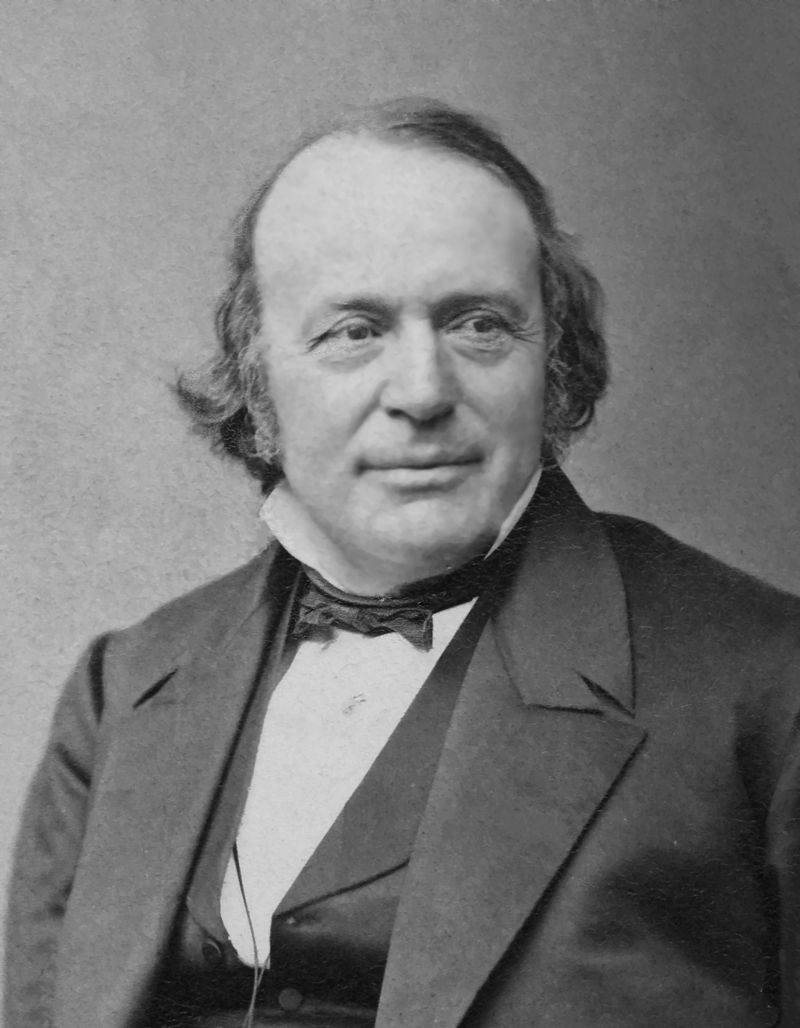



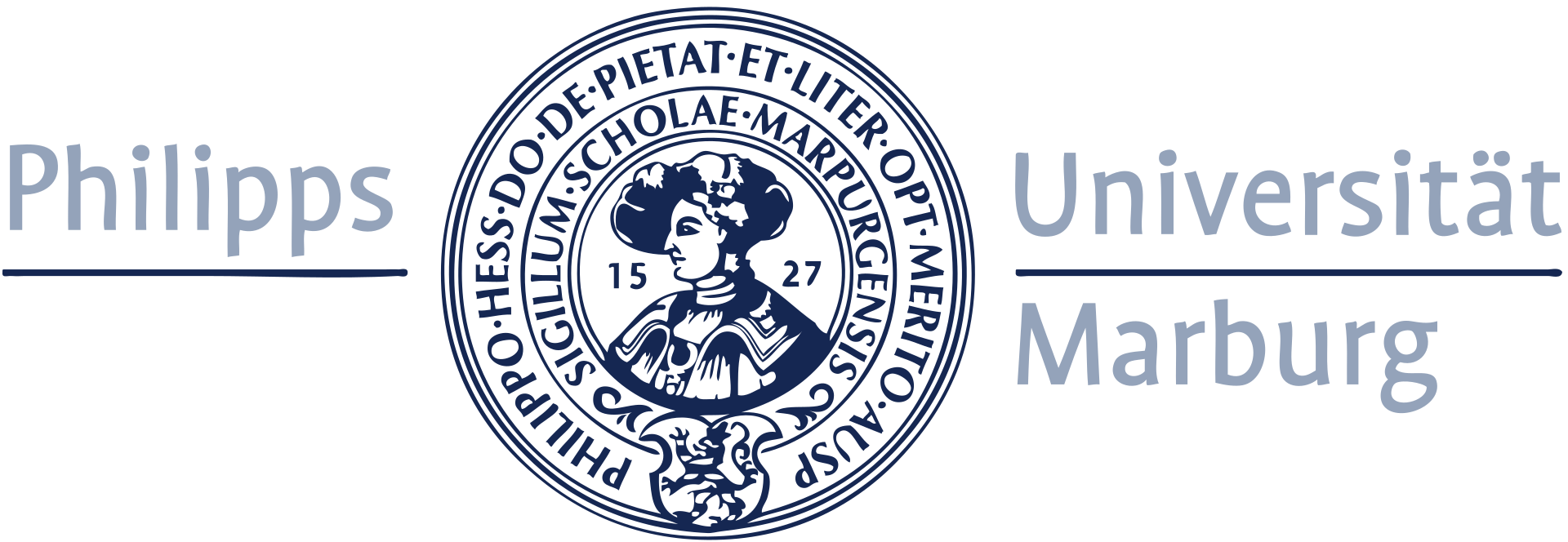


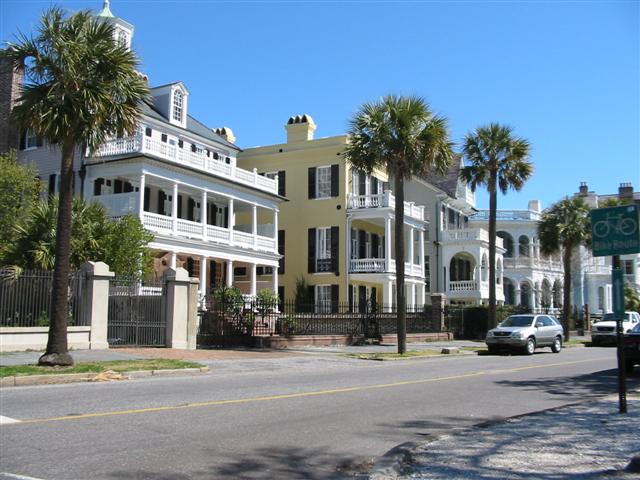
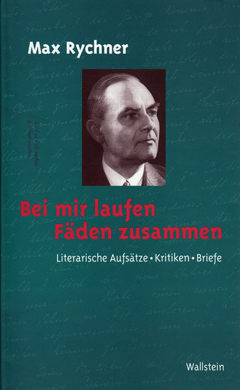









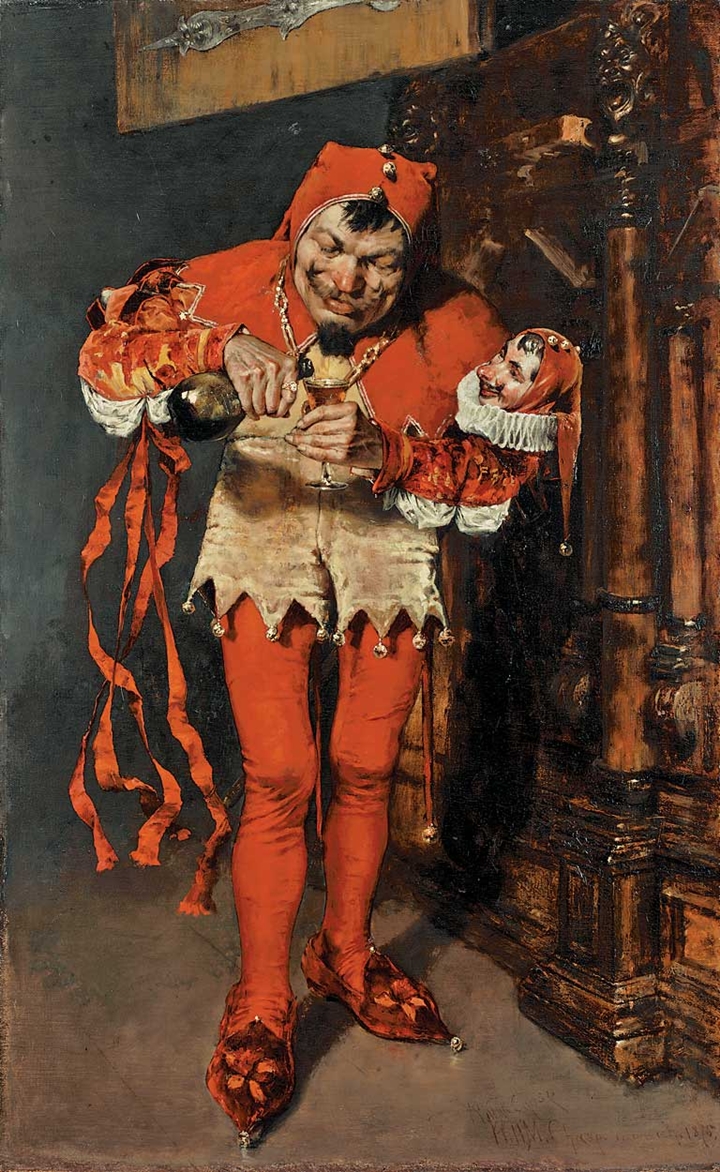






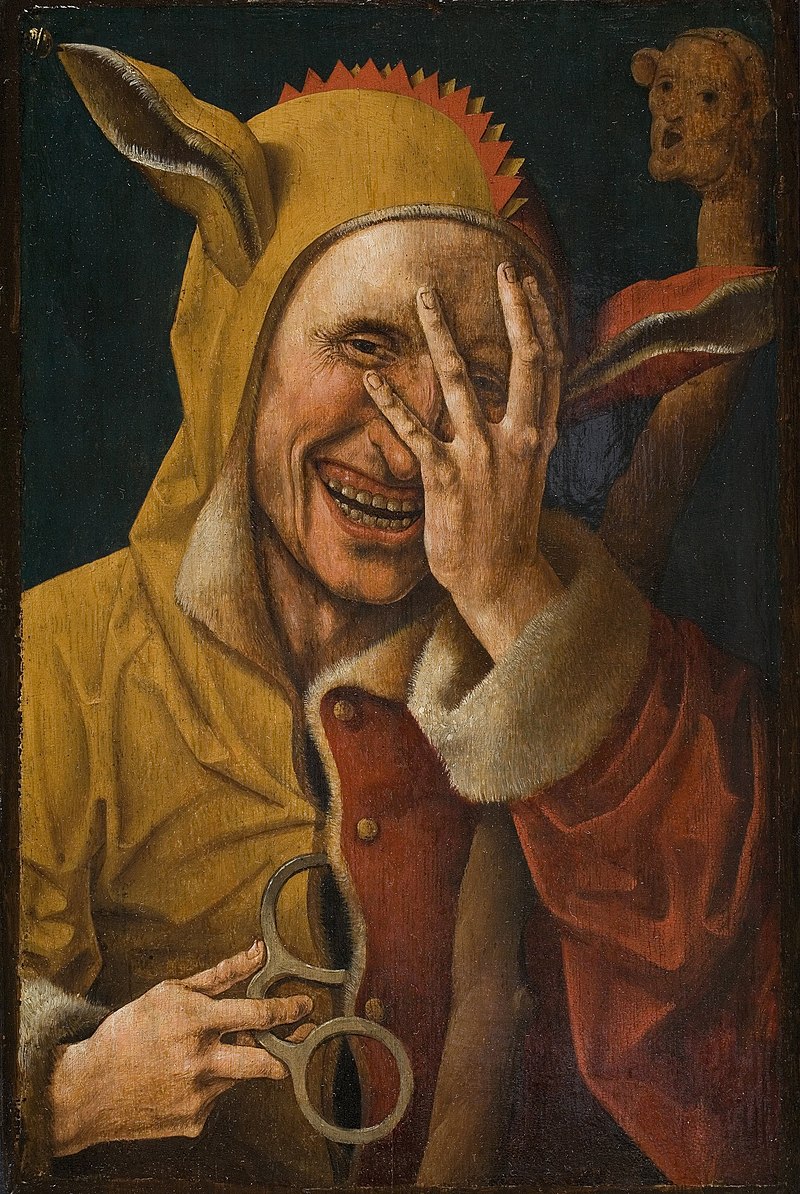



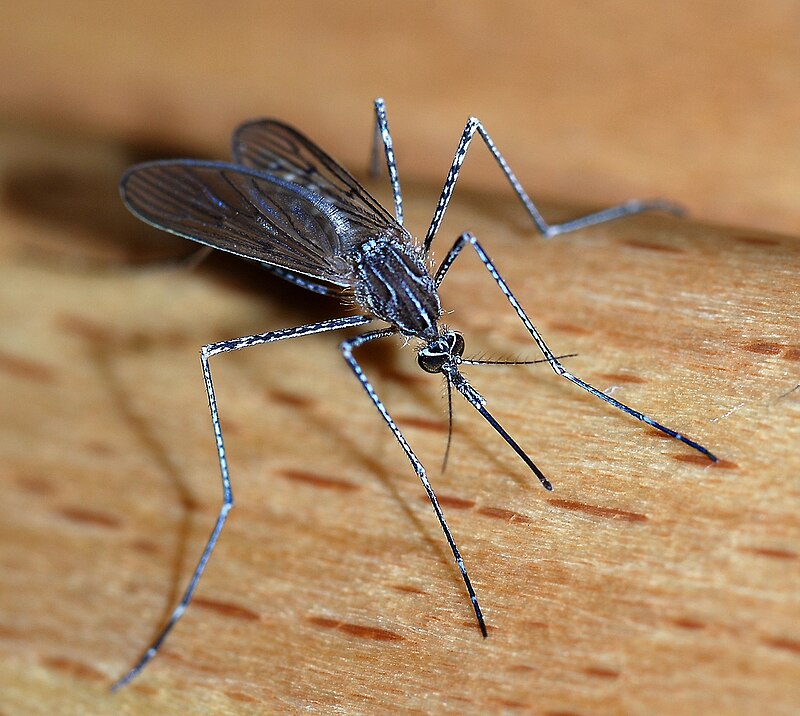









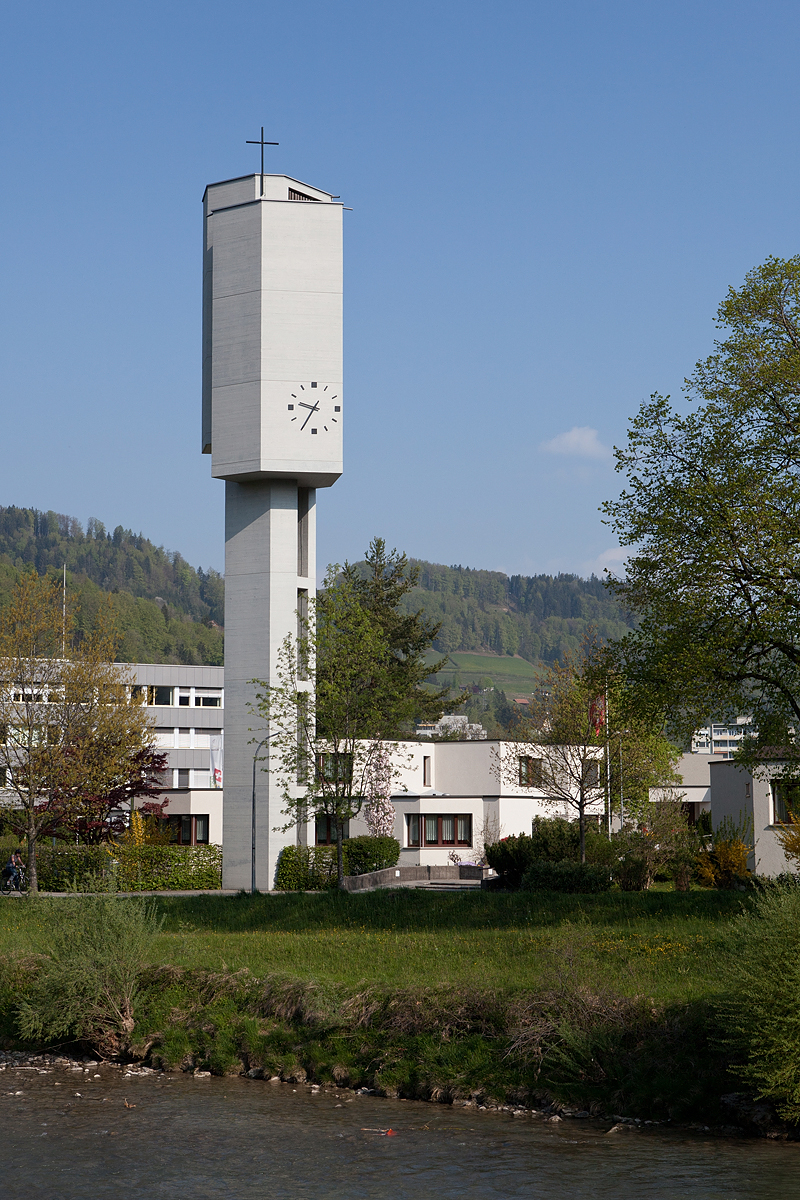


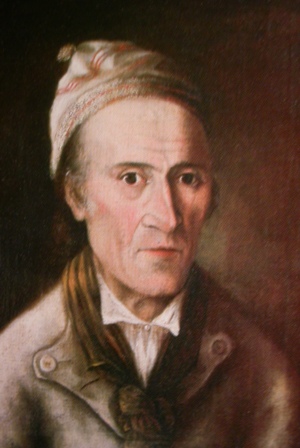



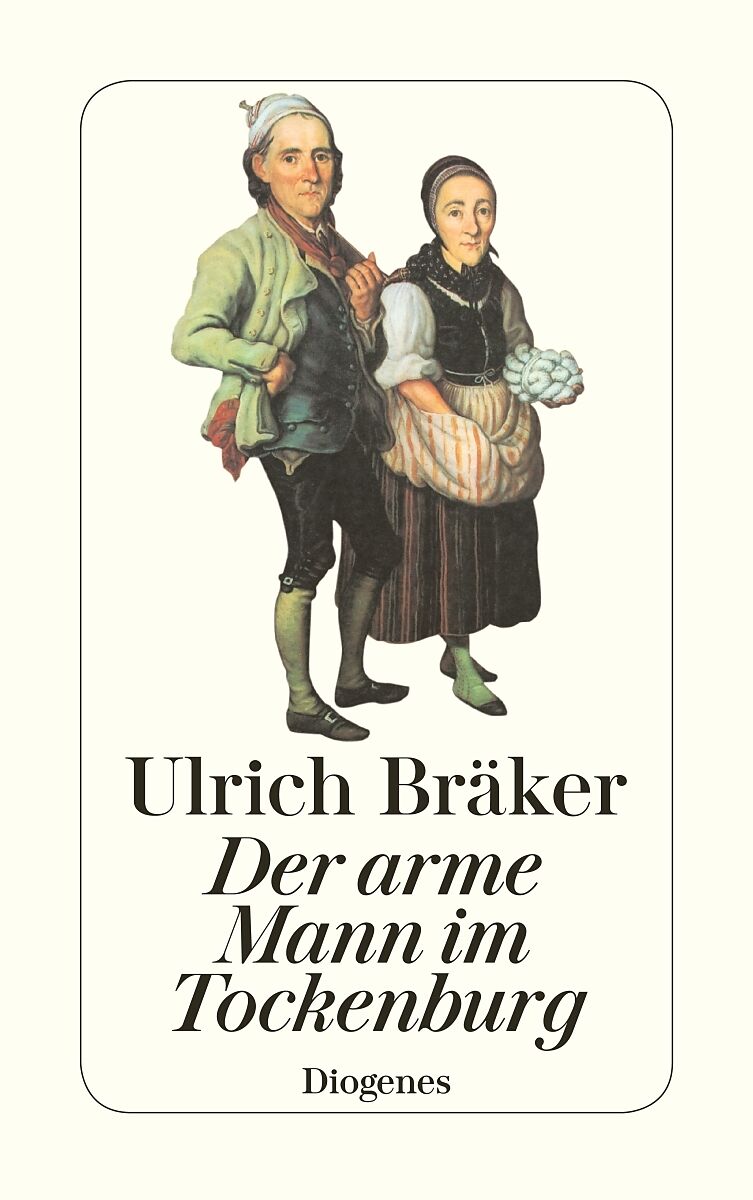












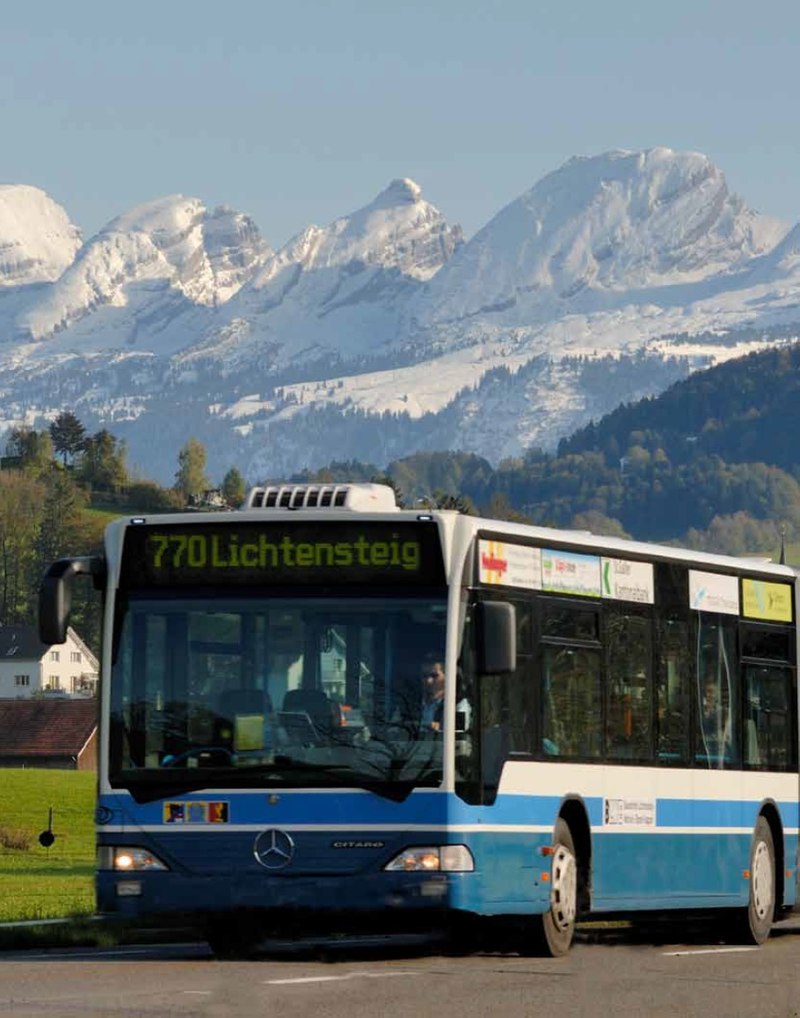





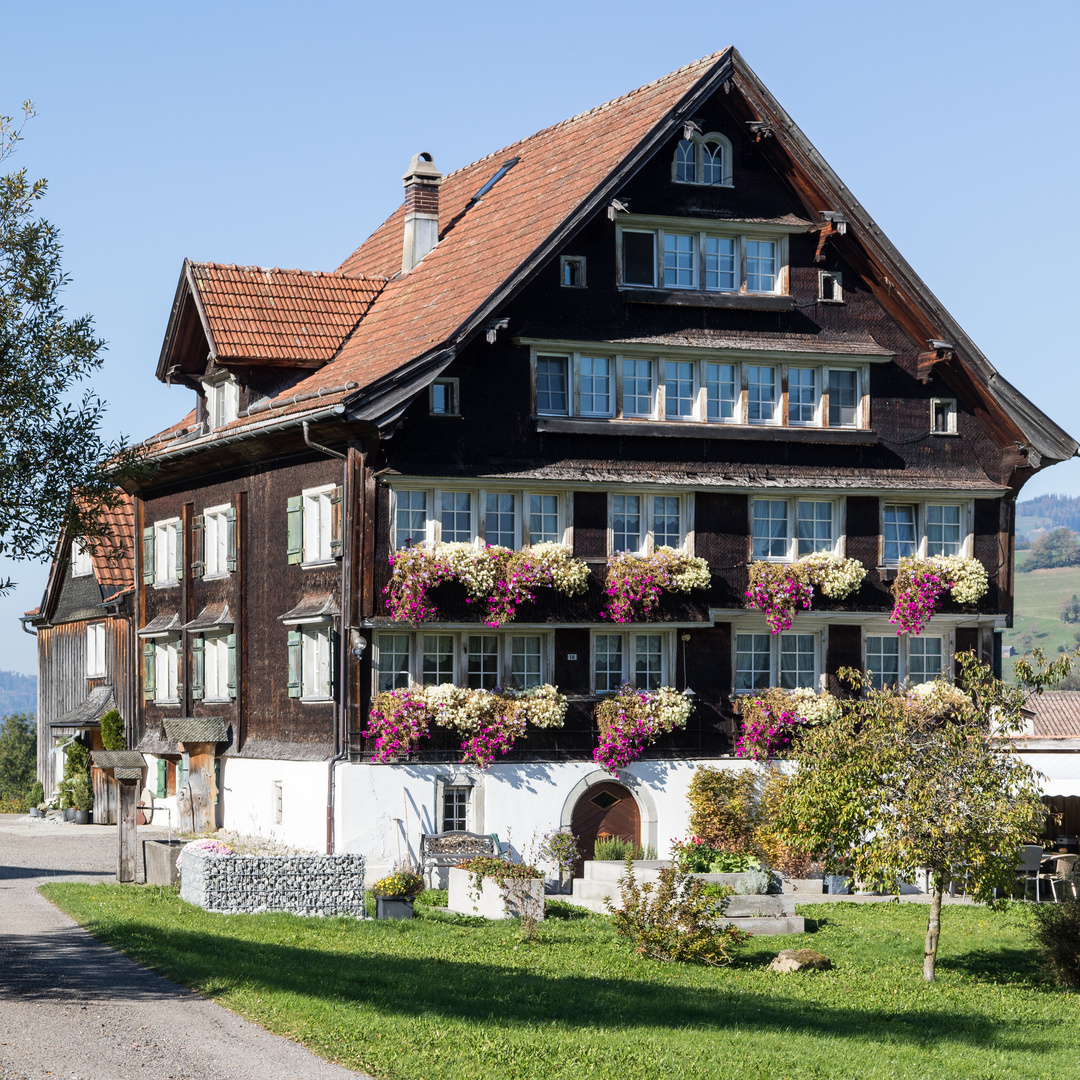
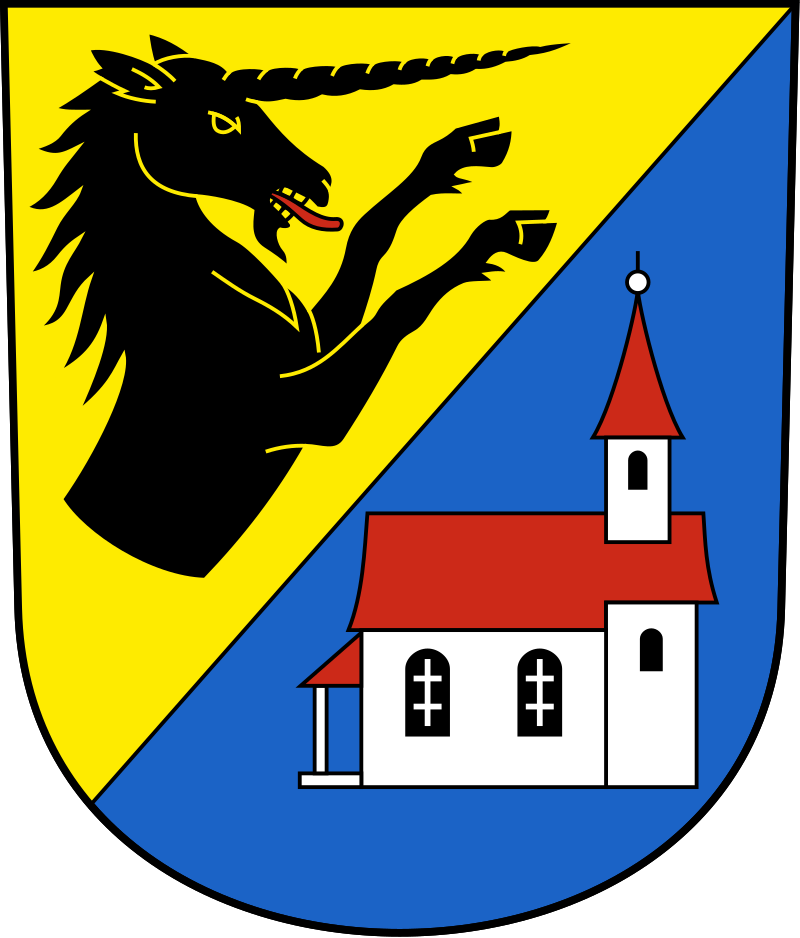



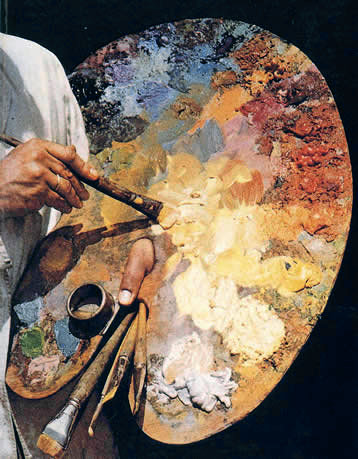
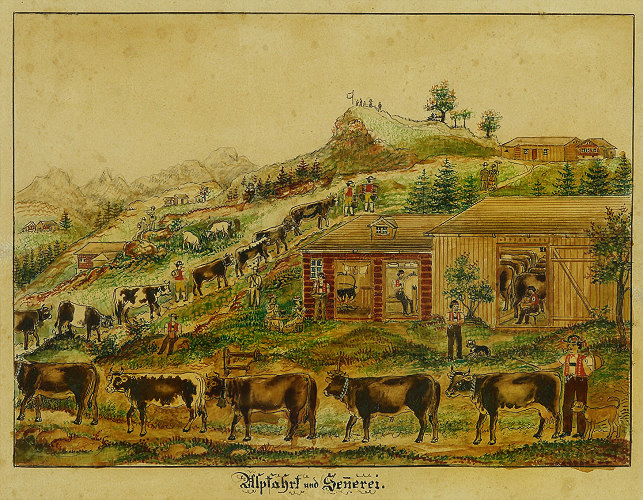






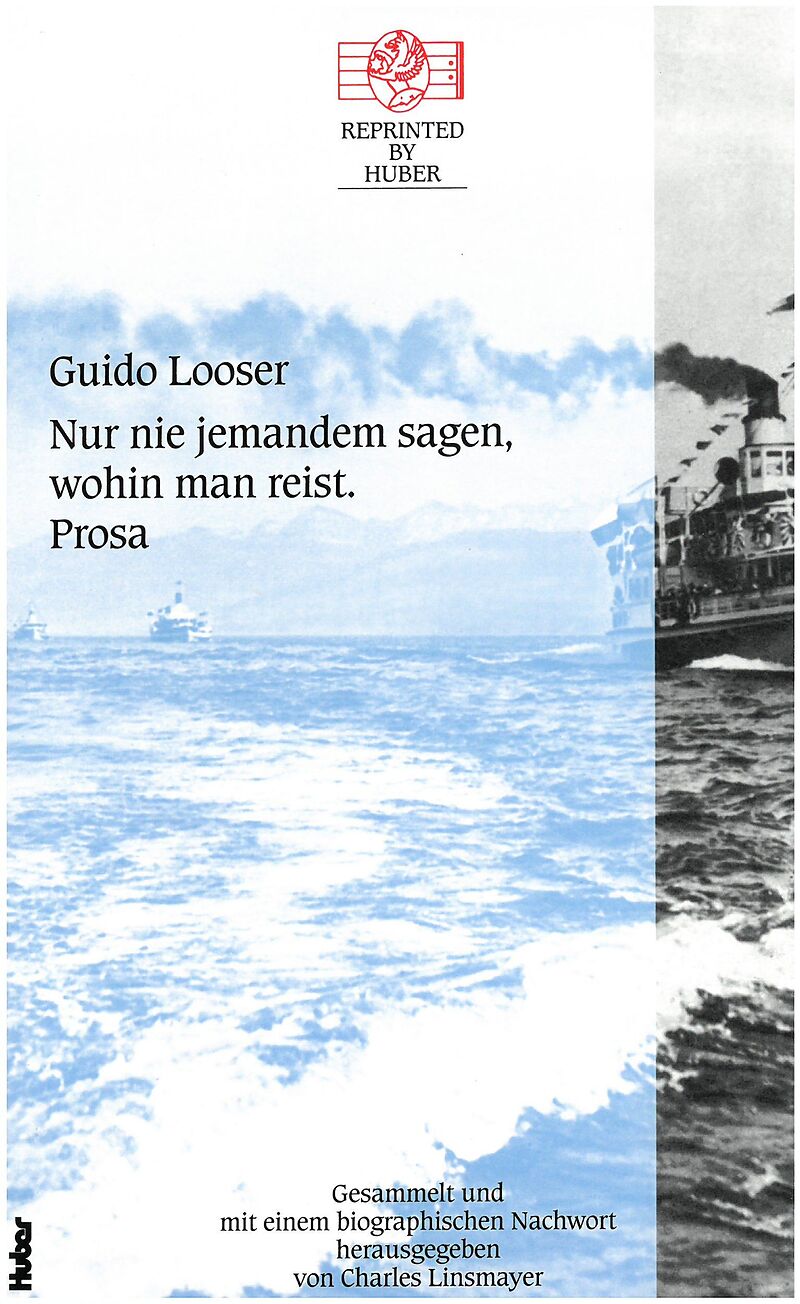









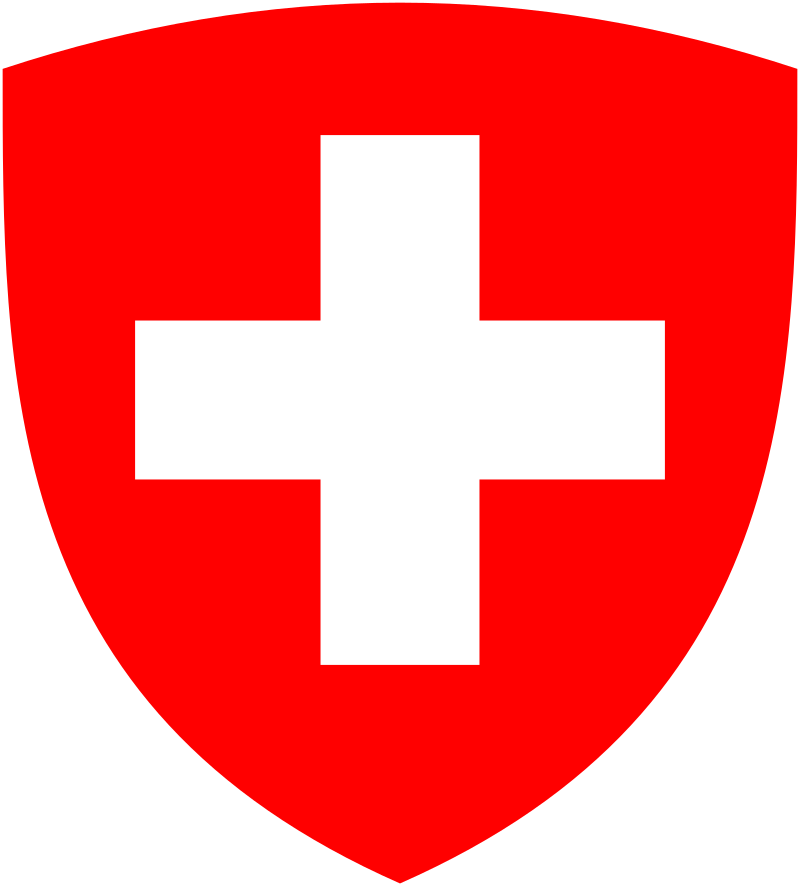















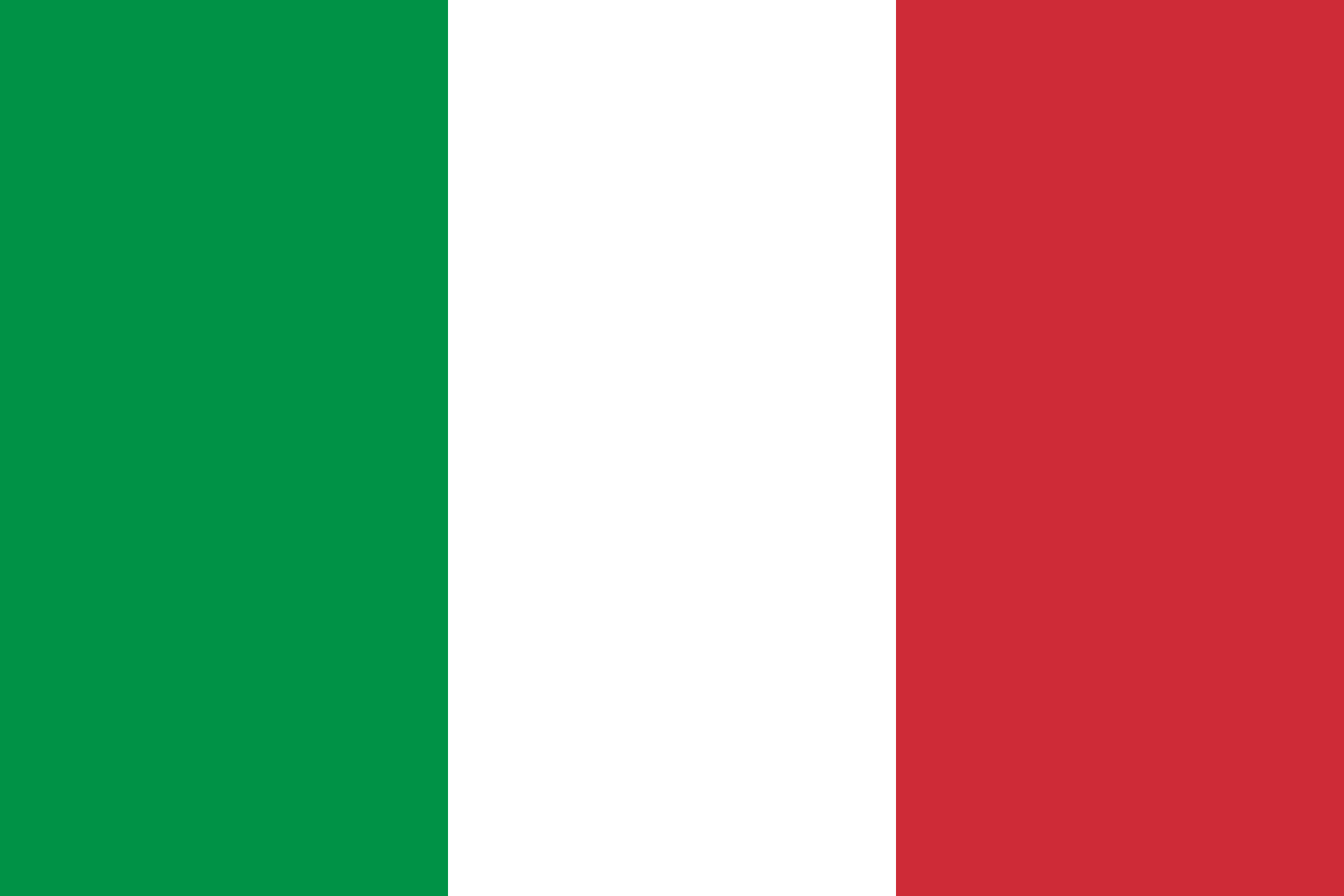
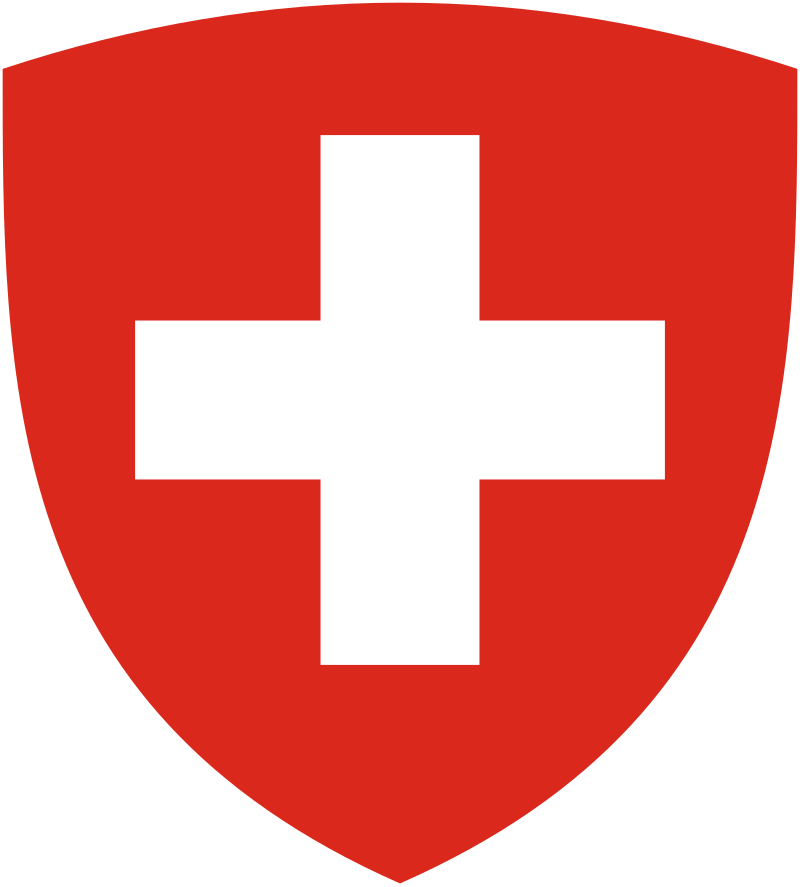


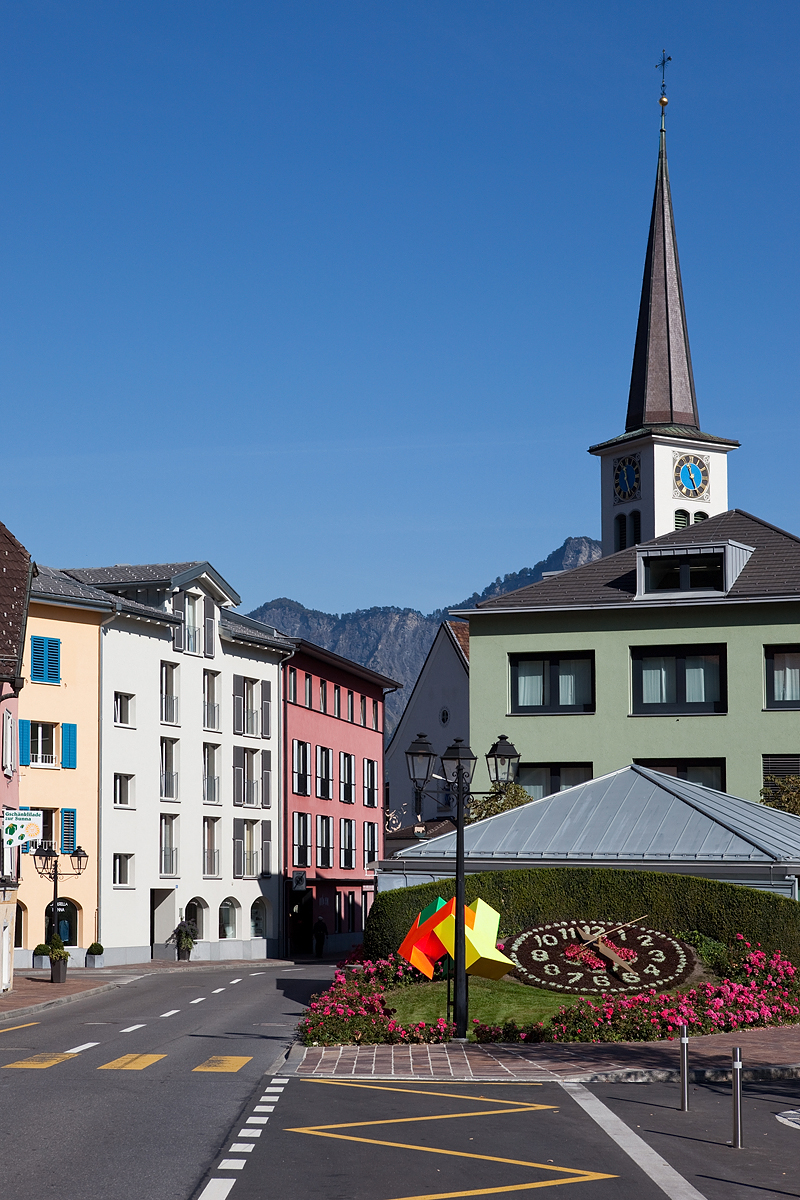




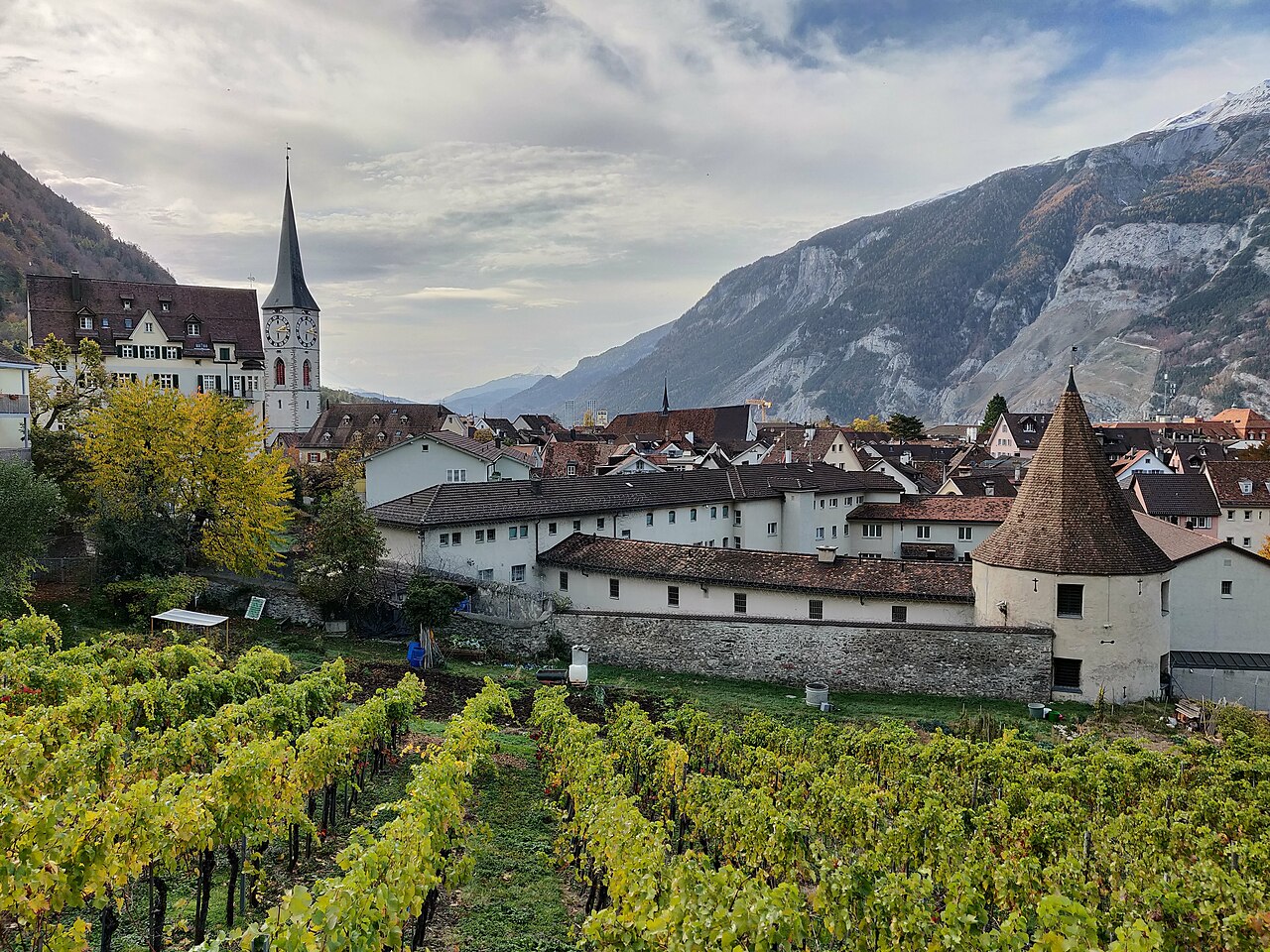


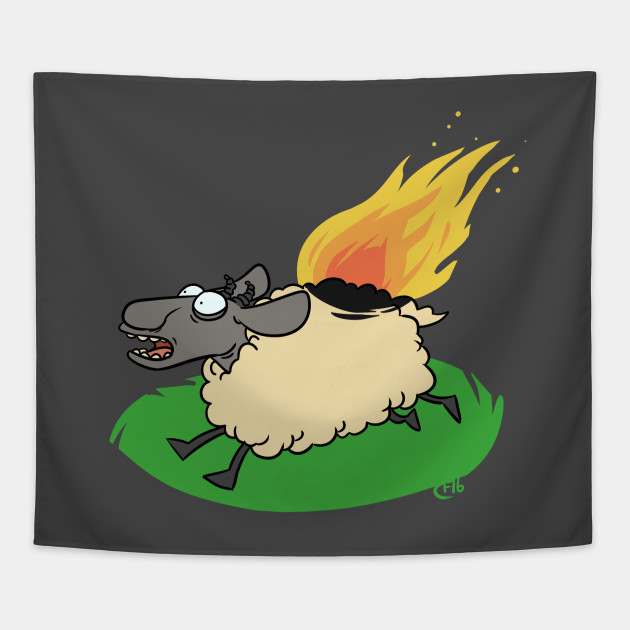
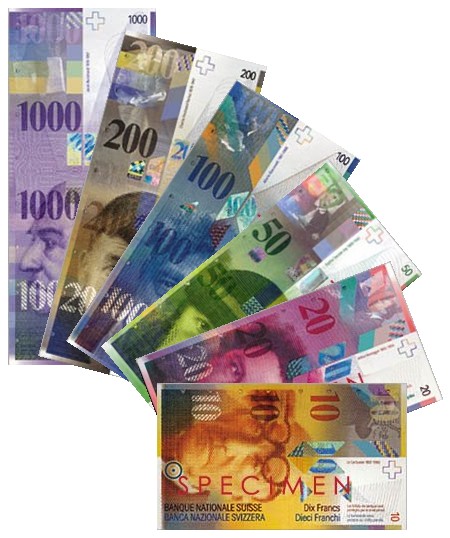


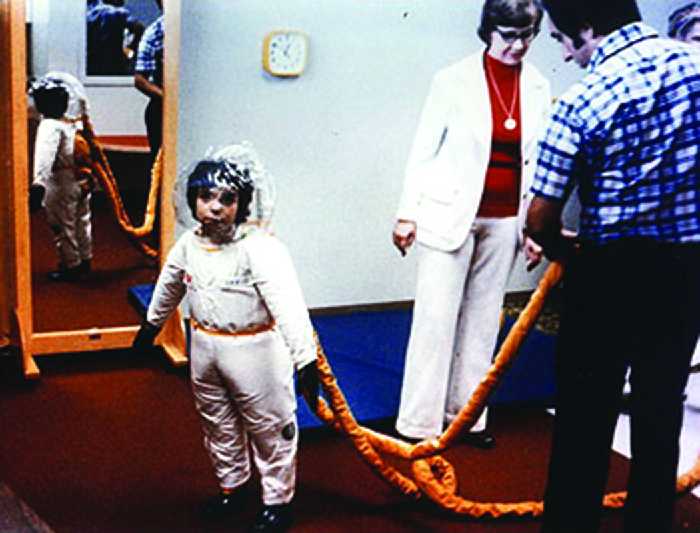



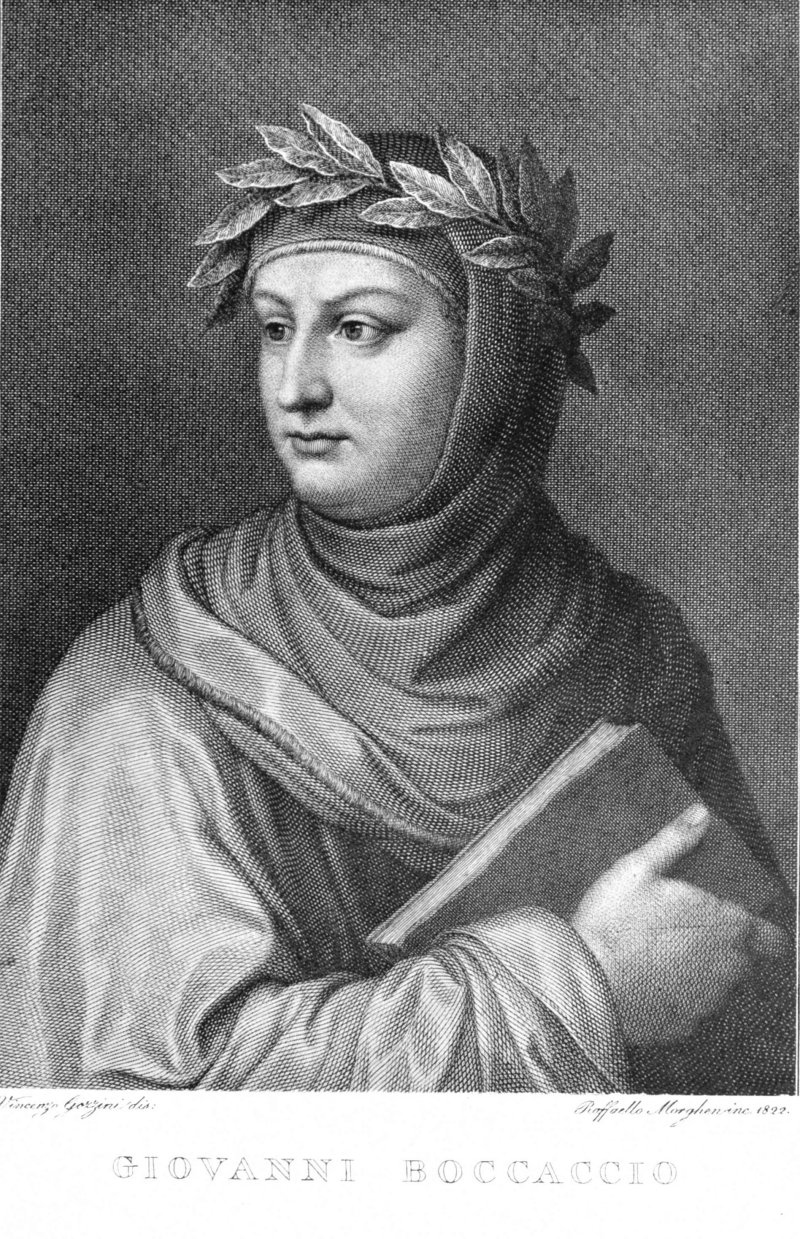

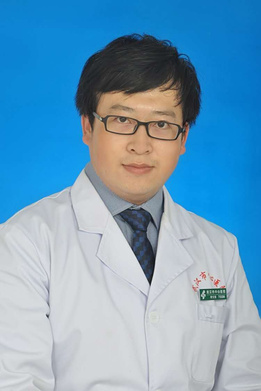







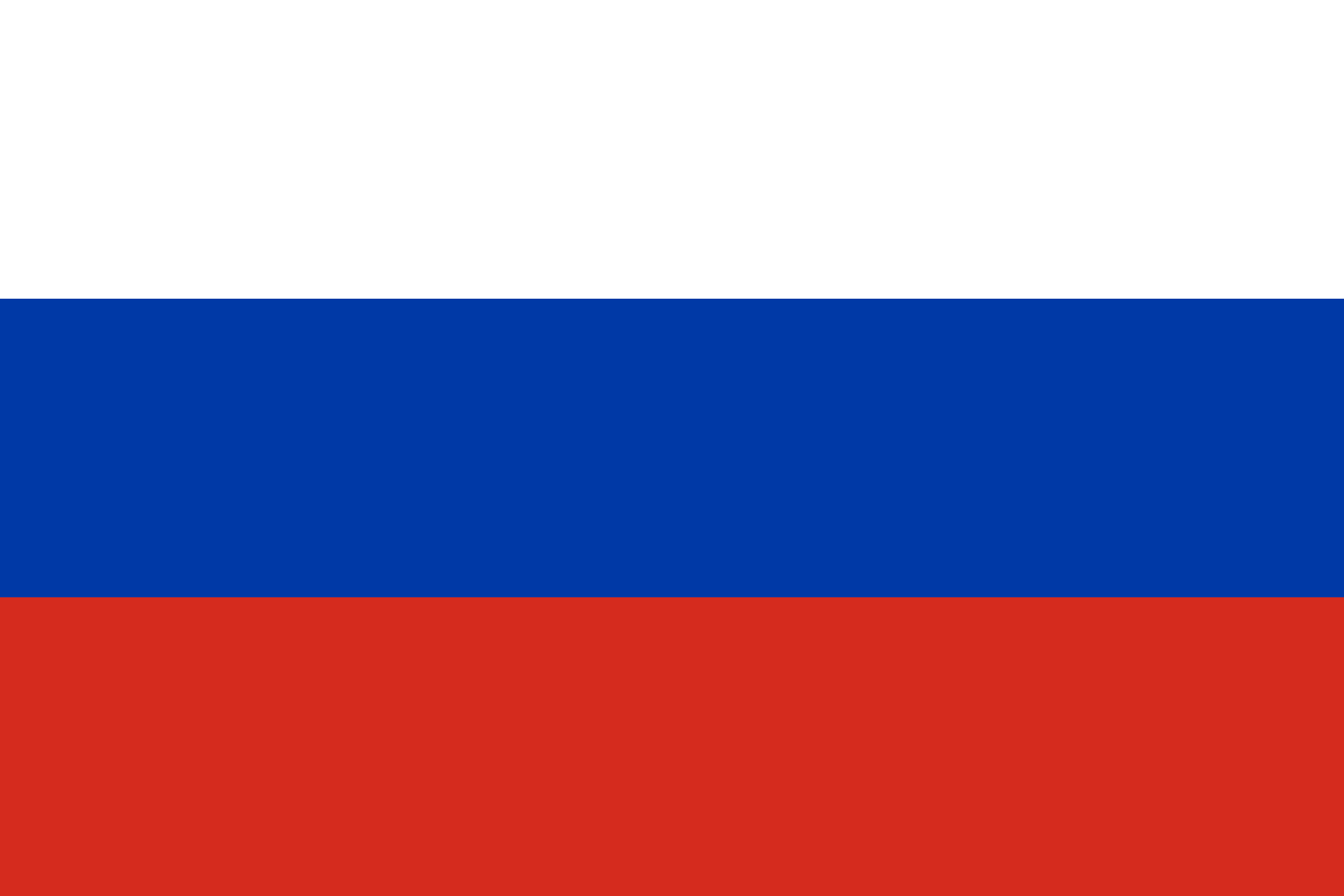








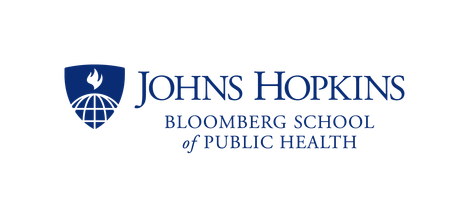






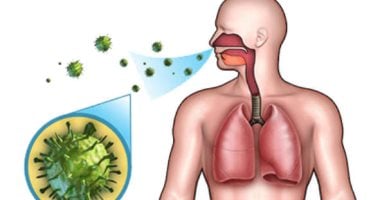






















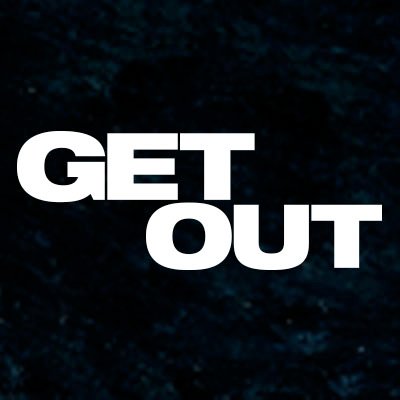

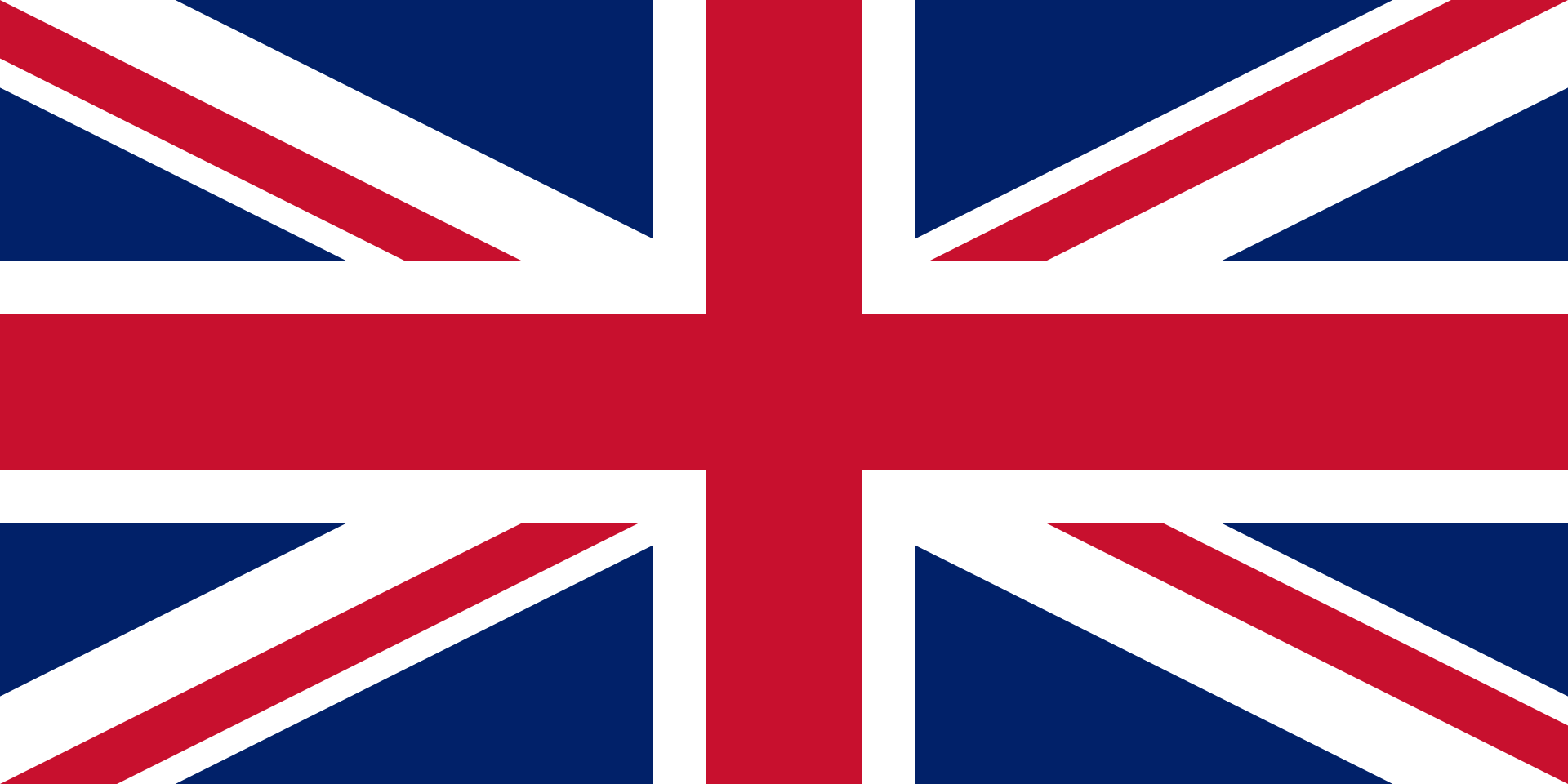









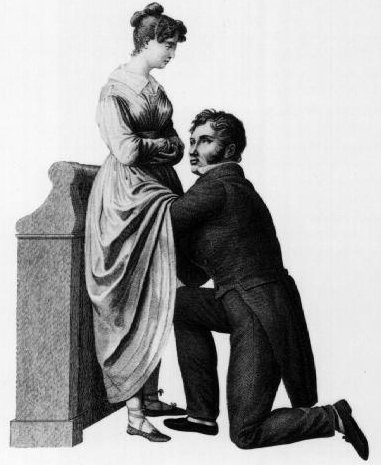






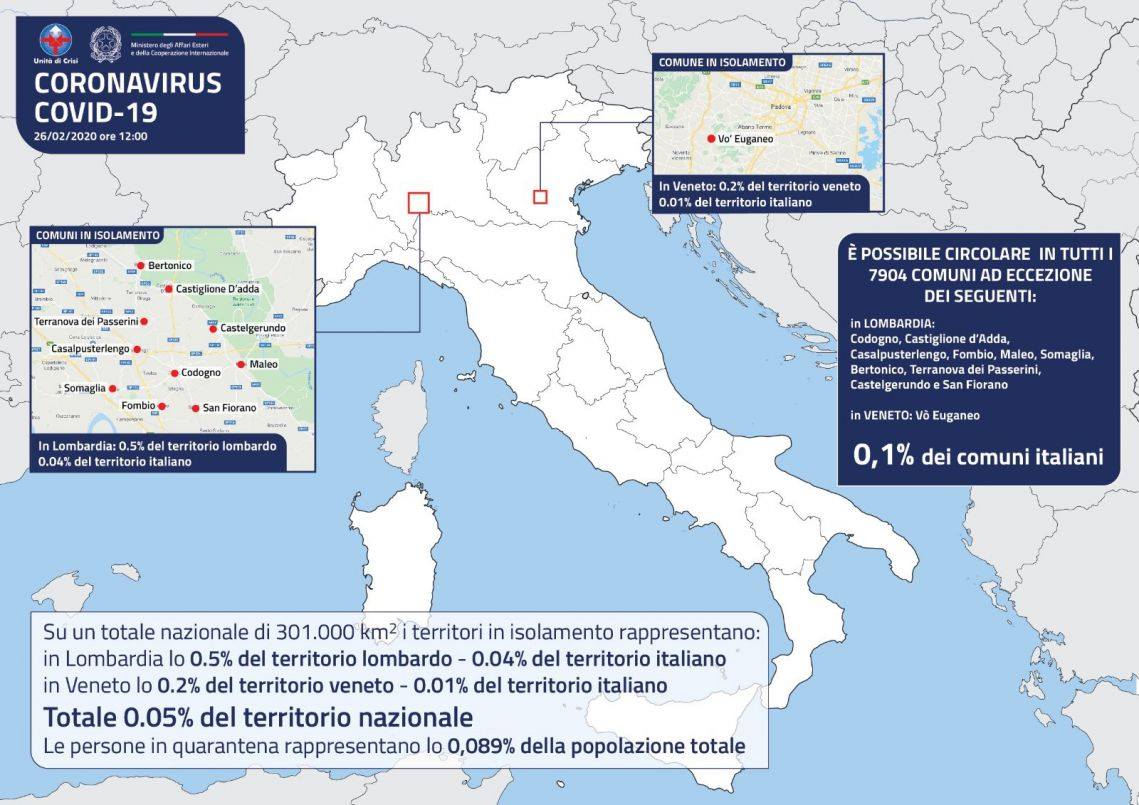
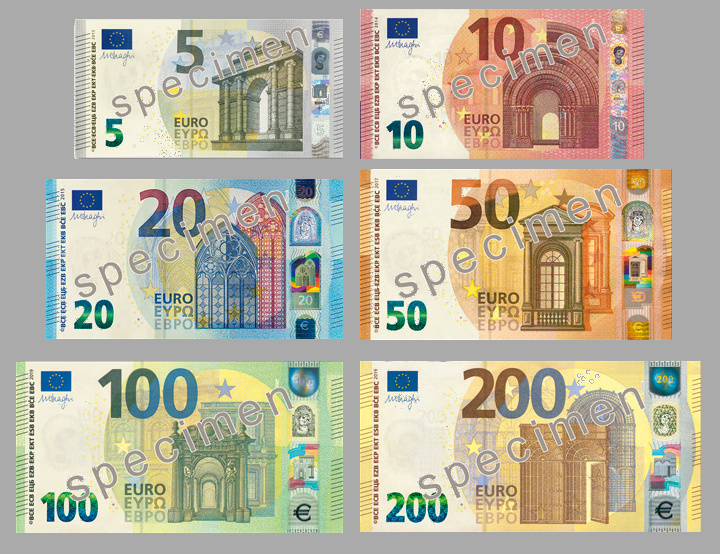






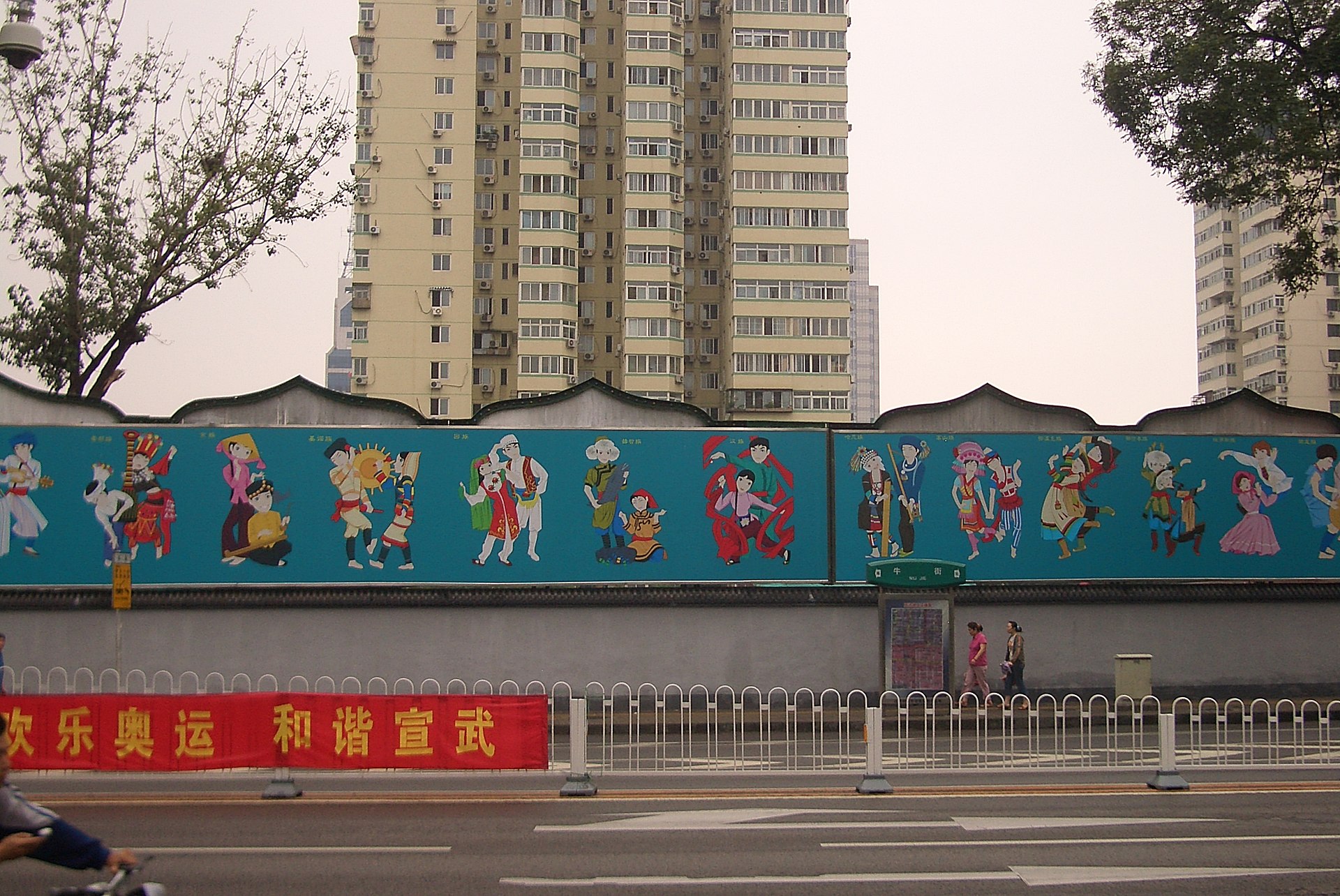


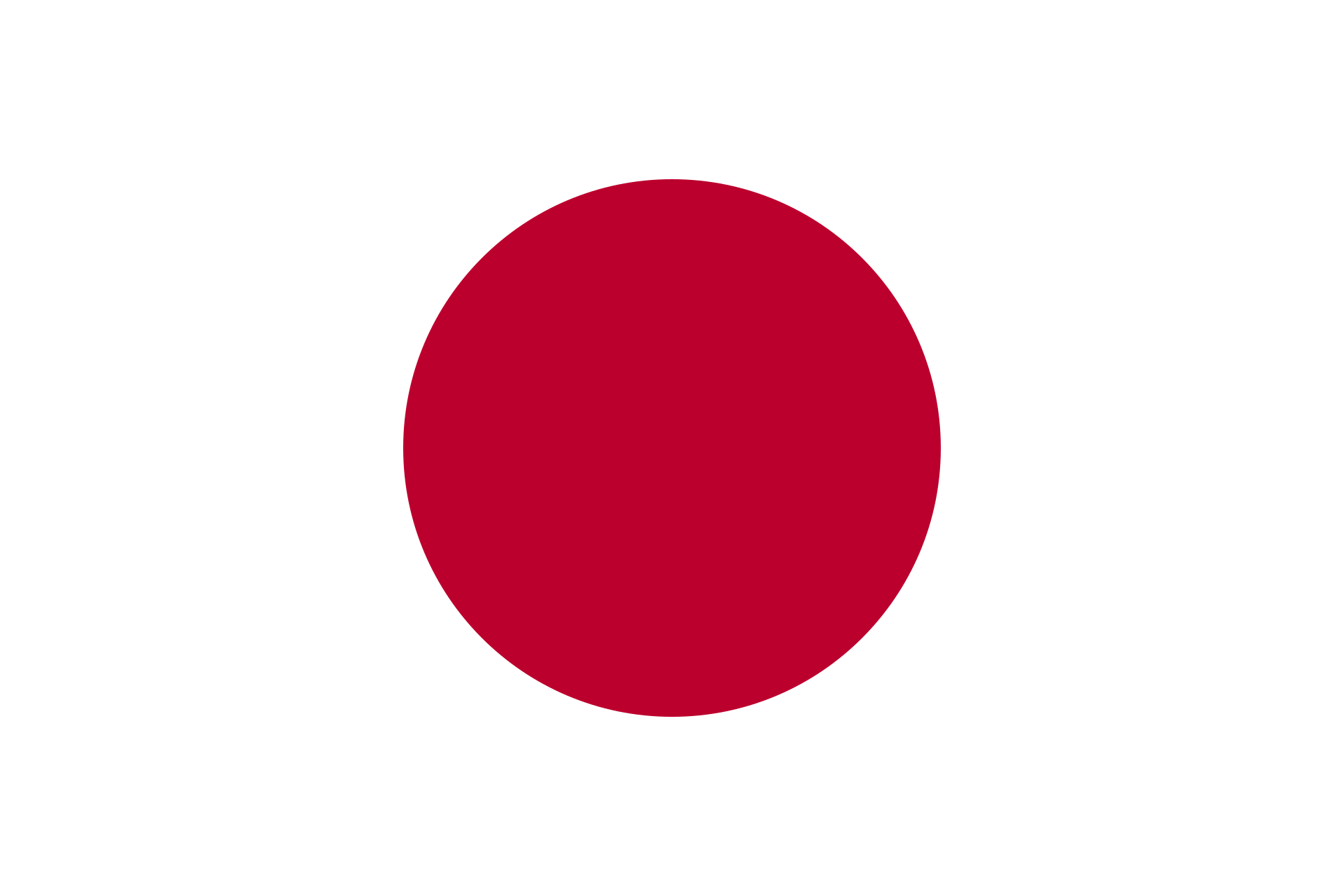










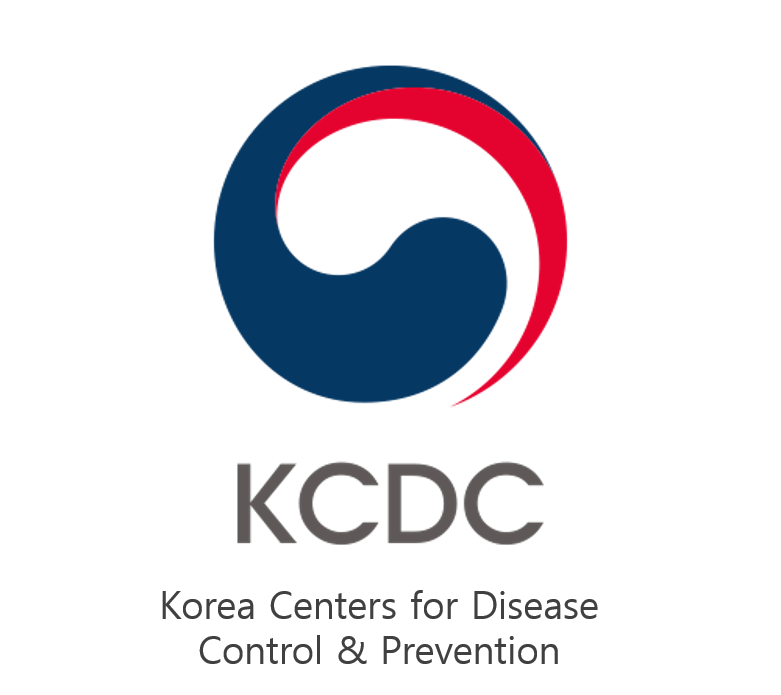

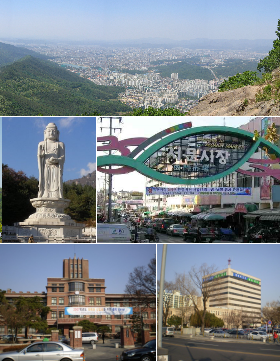







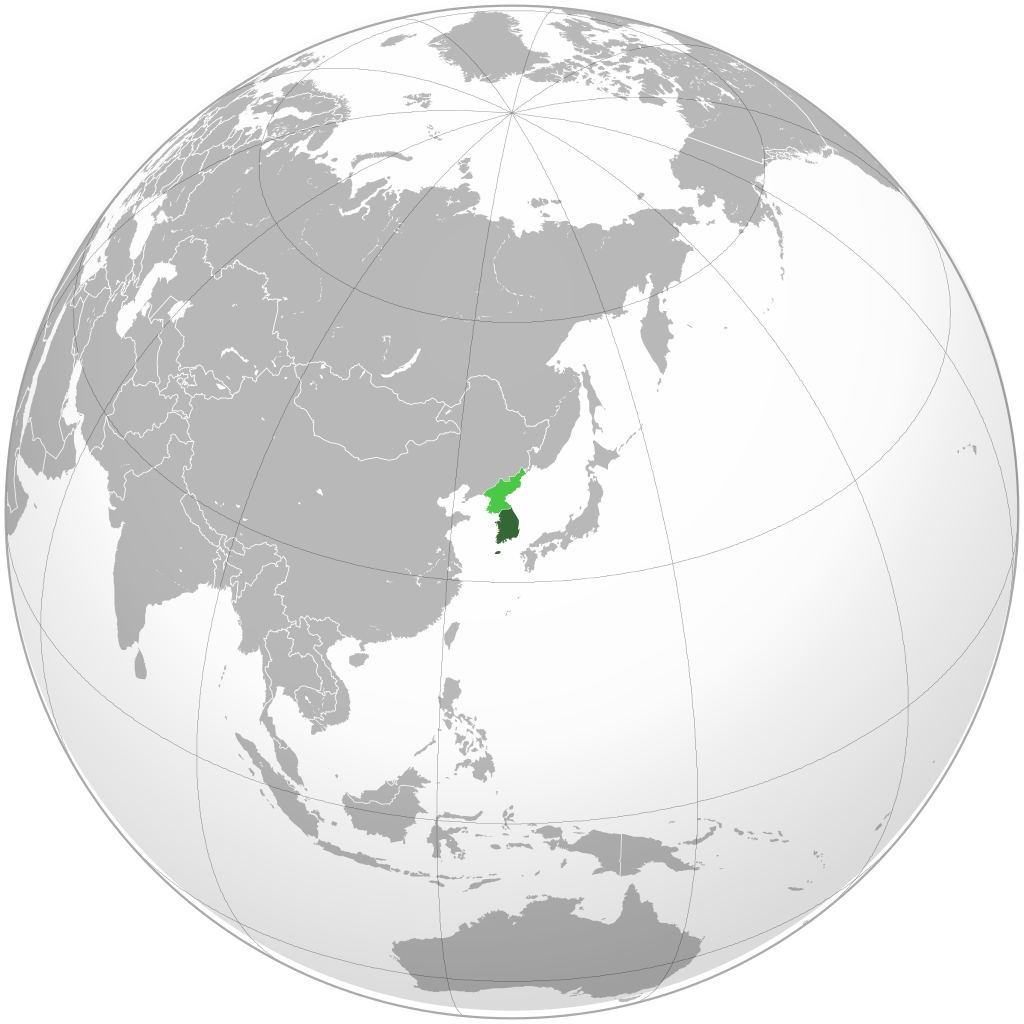






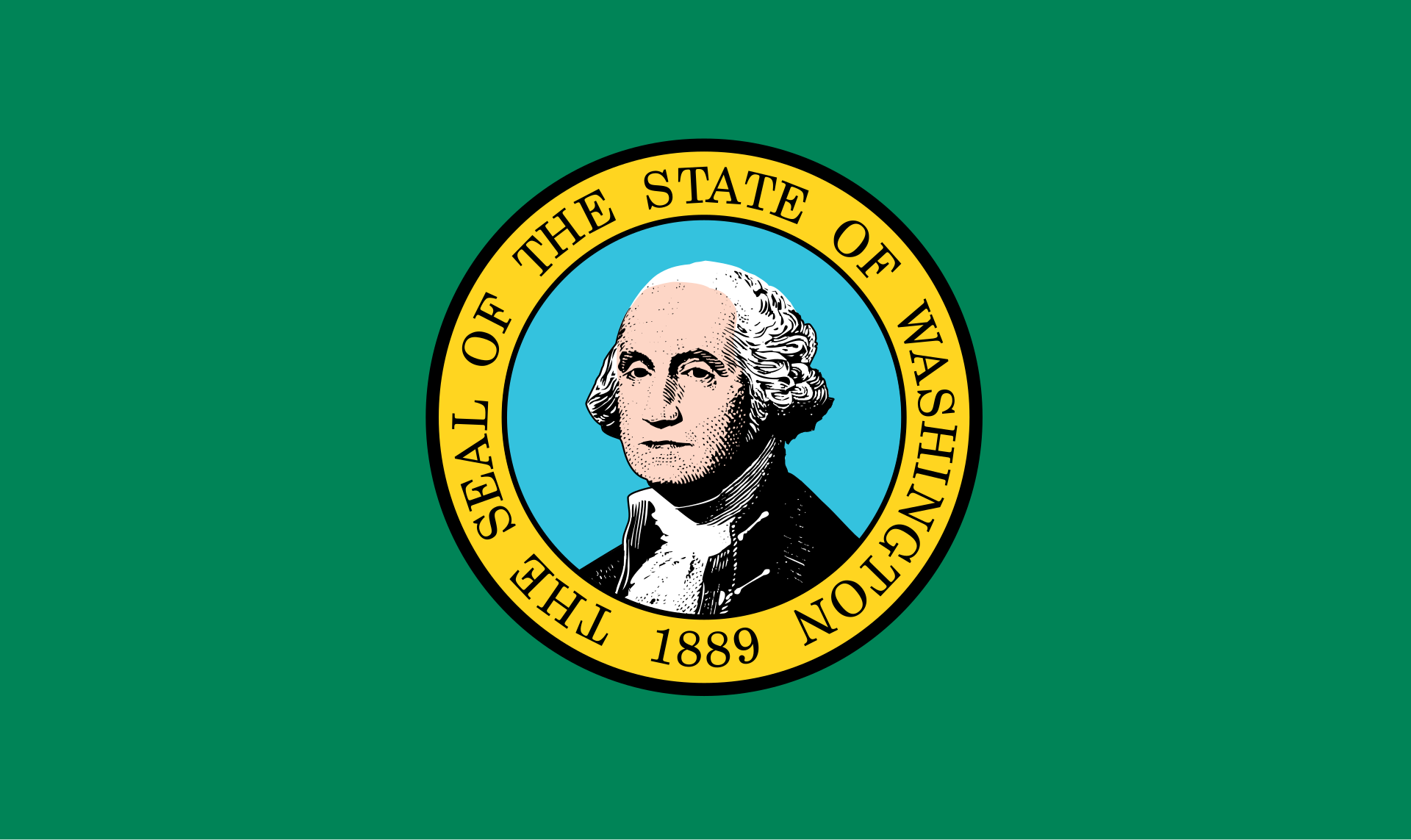




















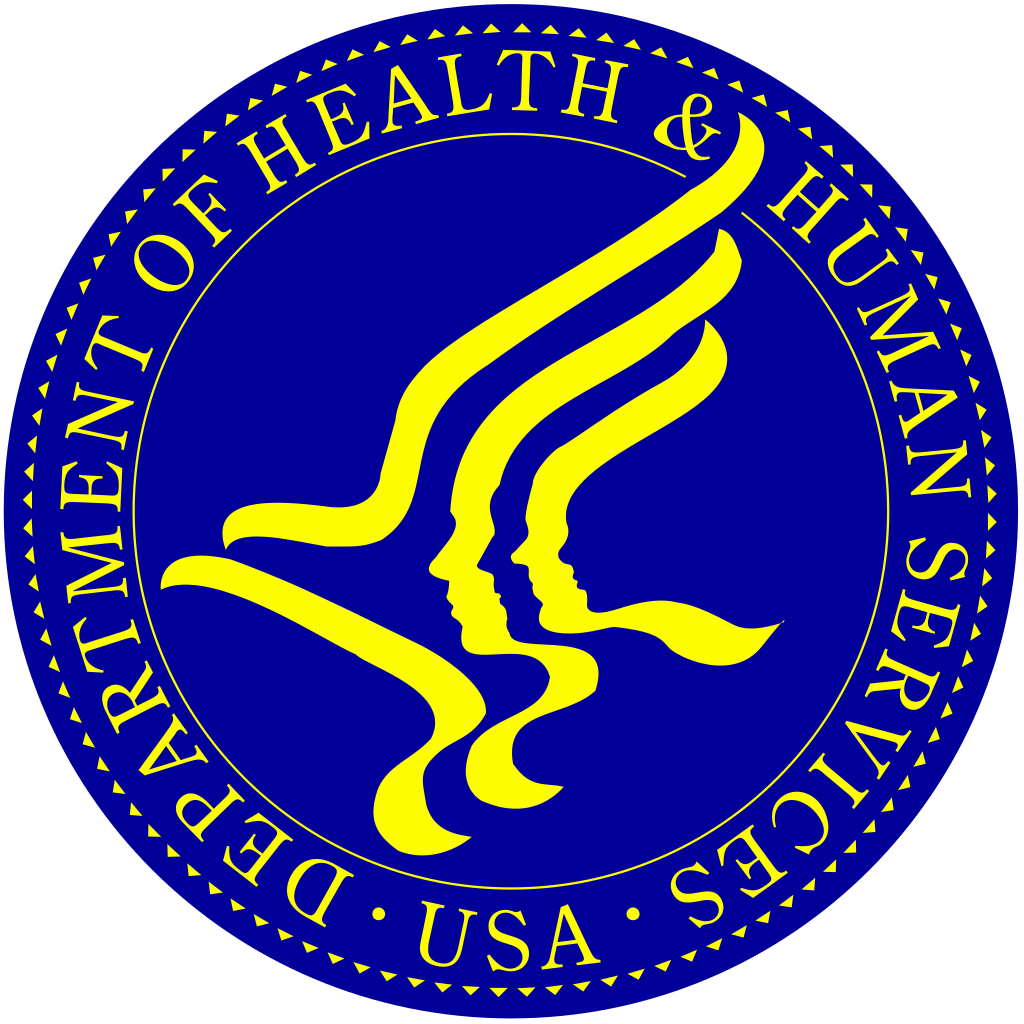
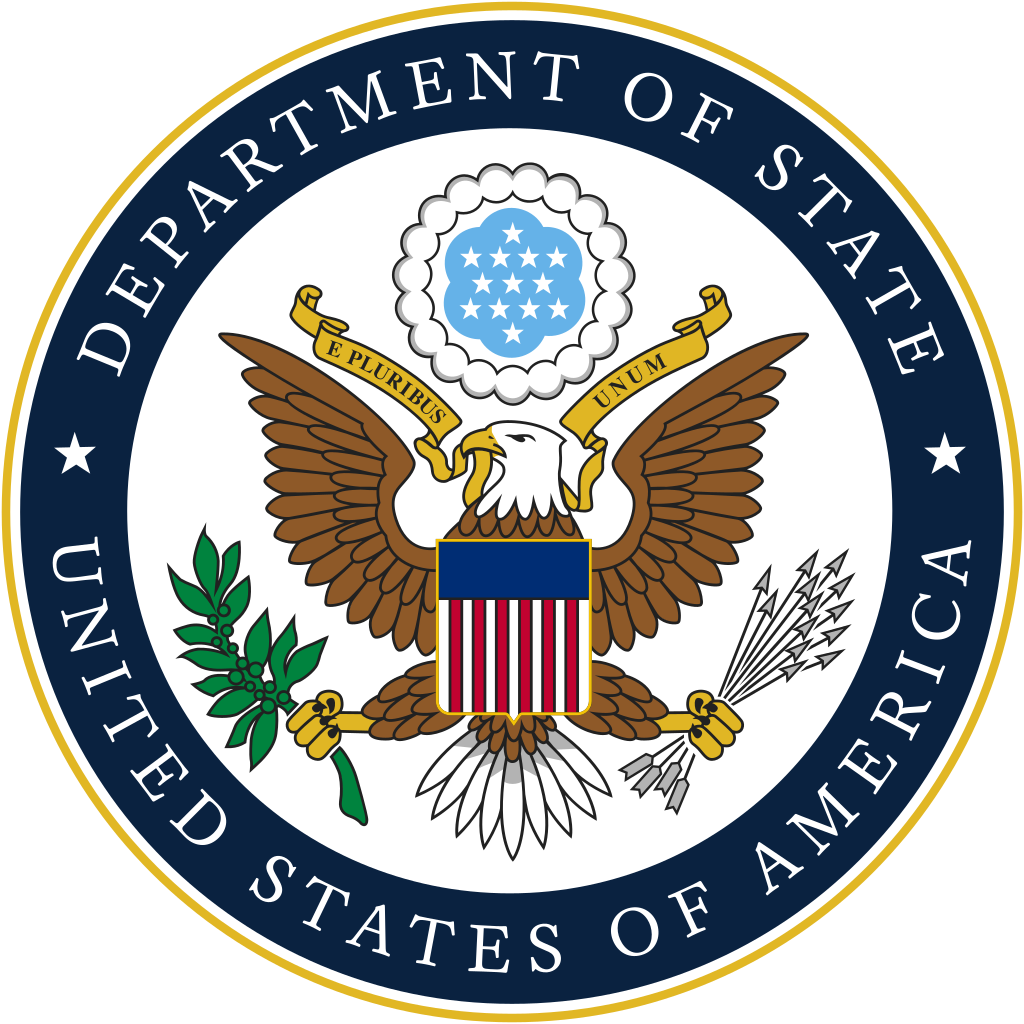














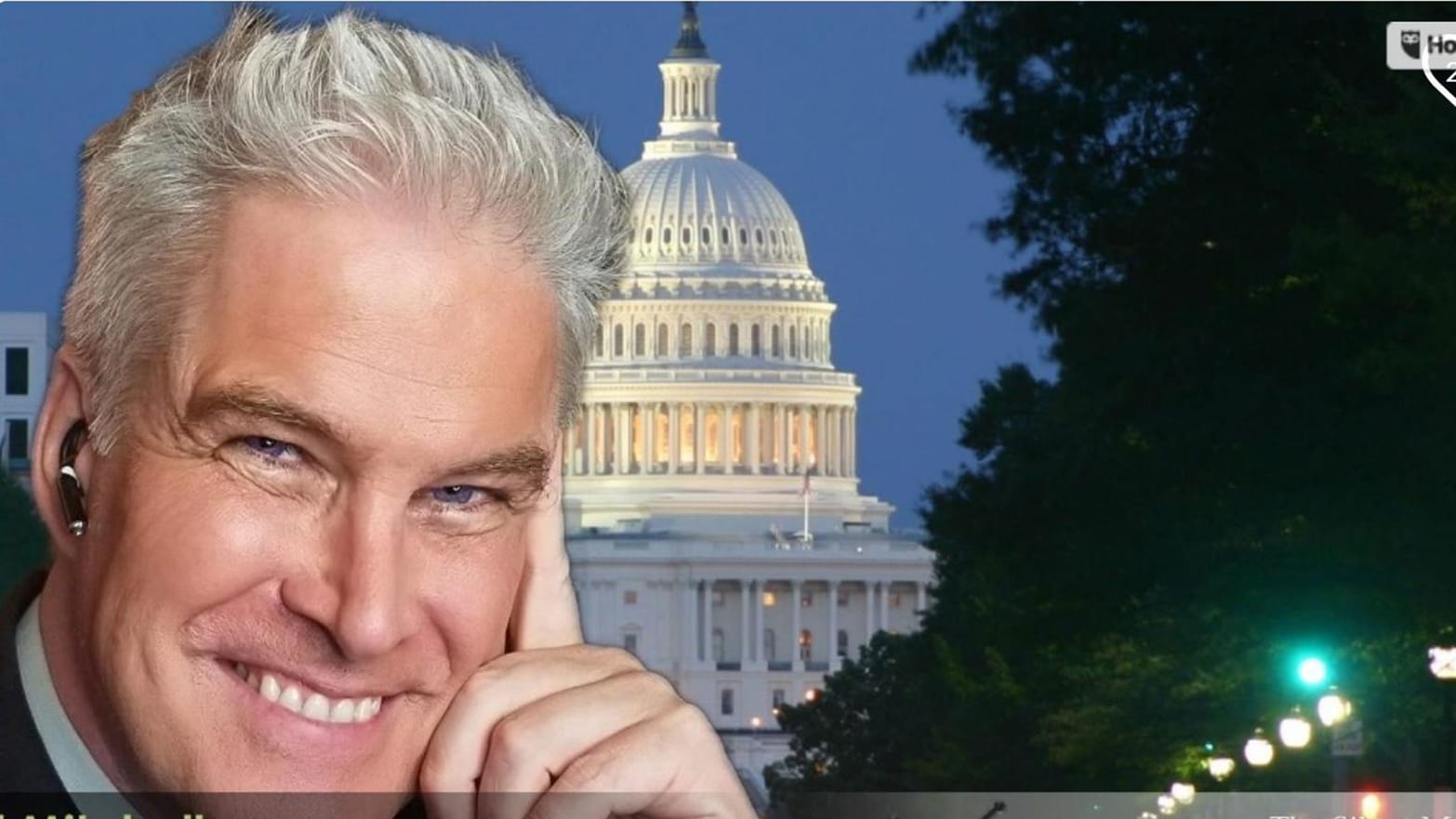




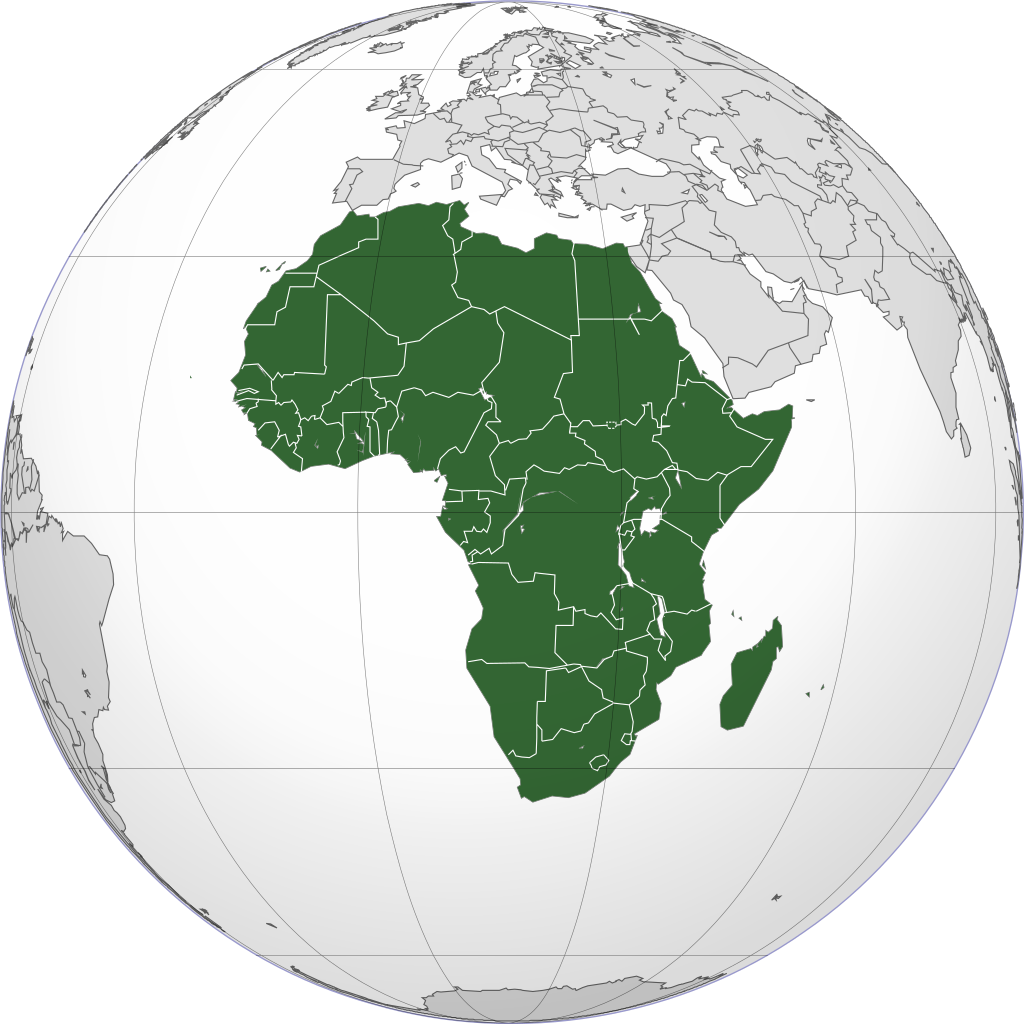
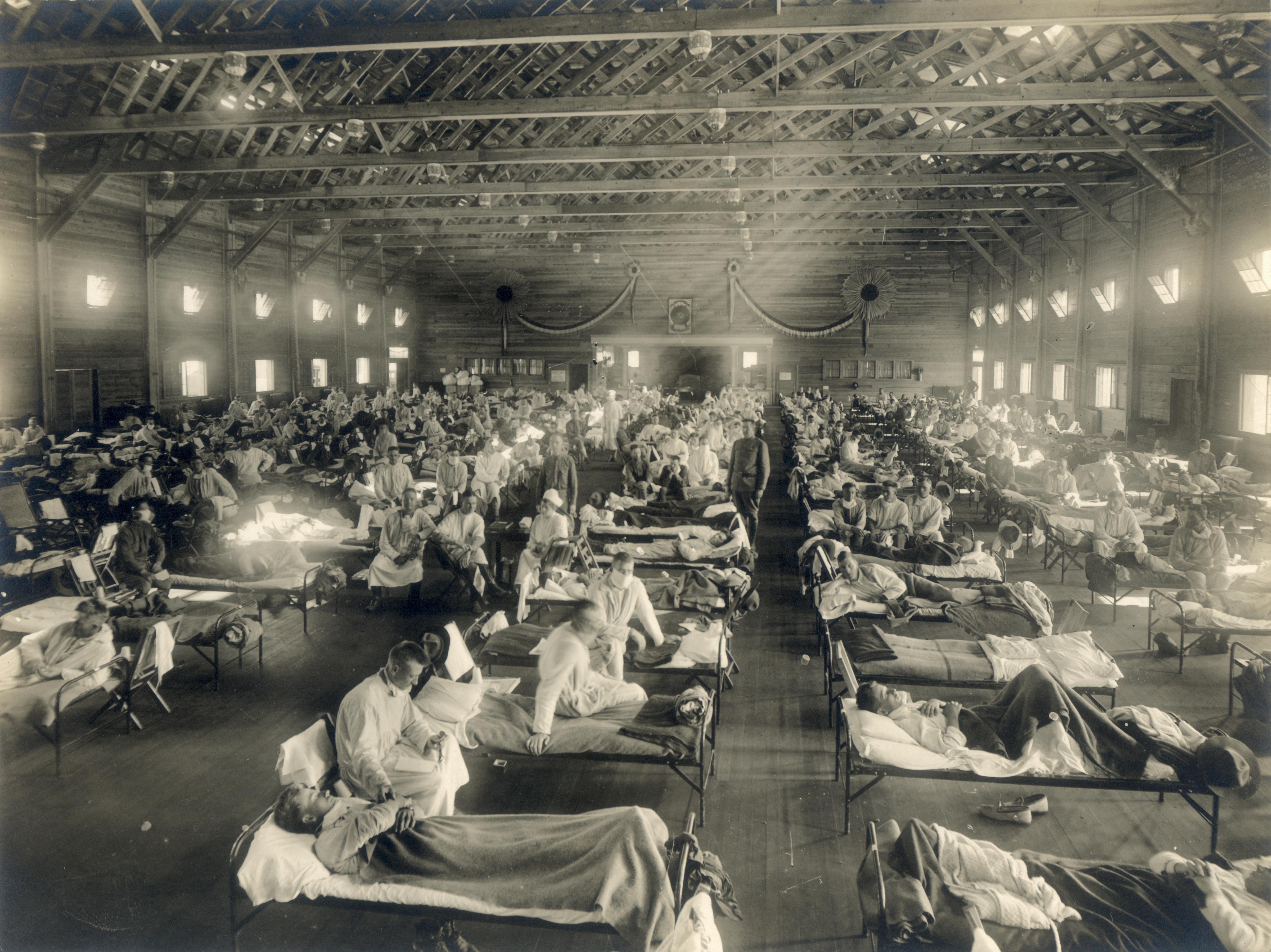
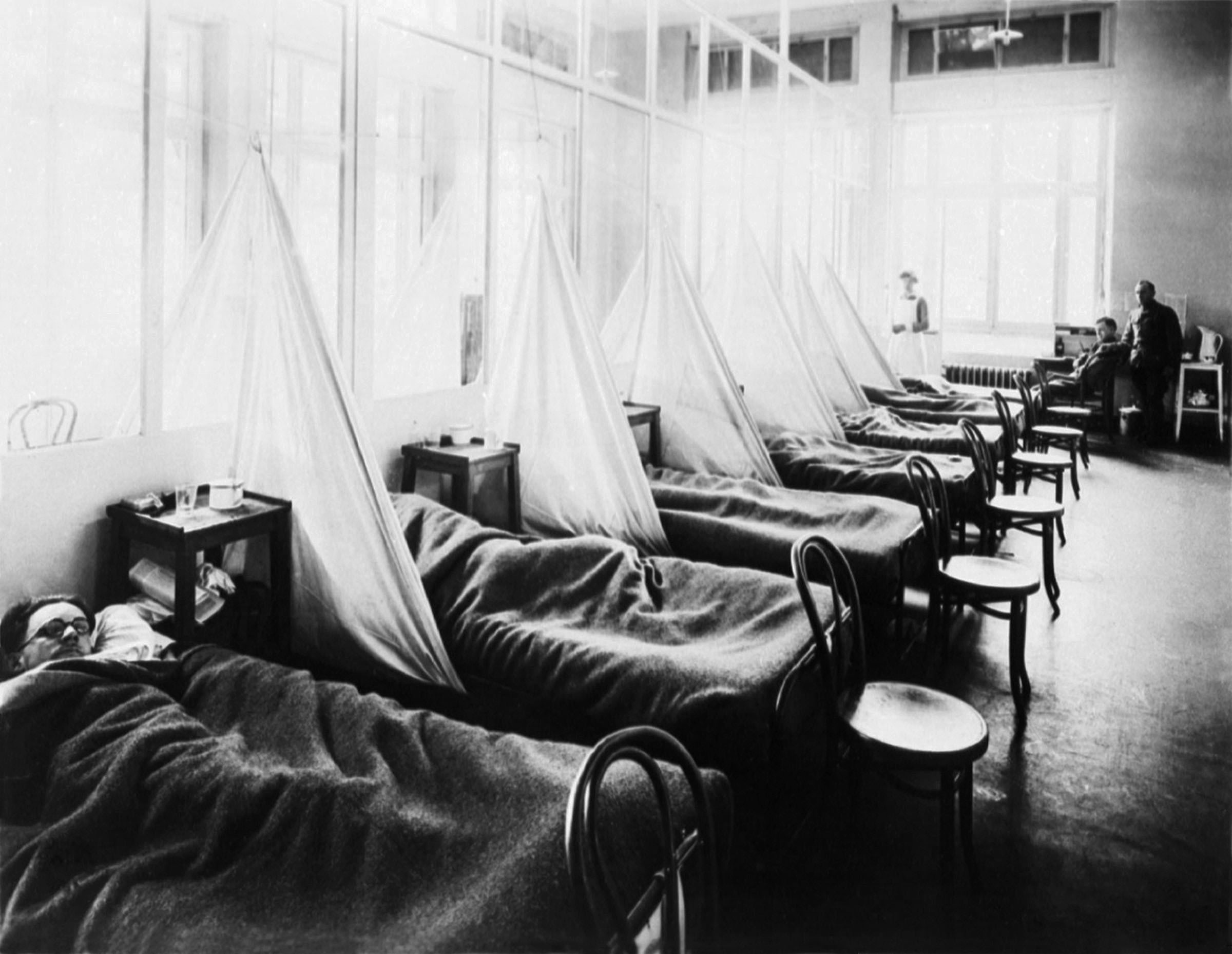












/cdn.vox-cdn.com/uploads/chorus_asset/file/19699710/GettyImages_1198631333.jpg)










